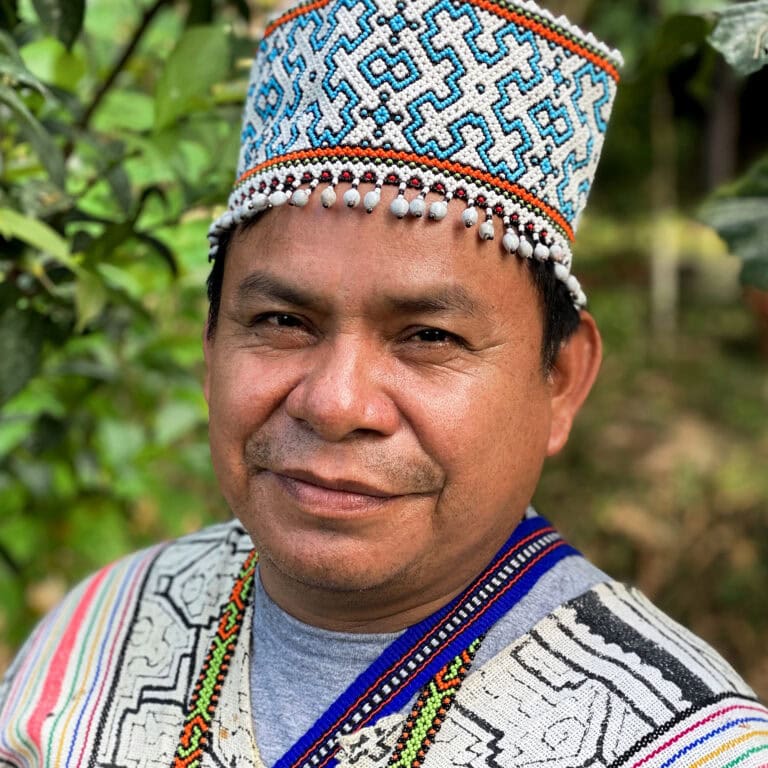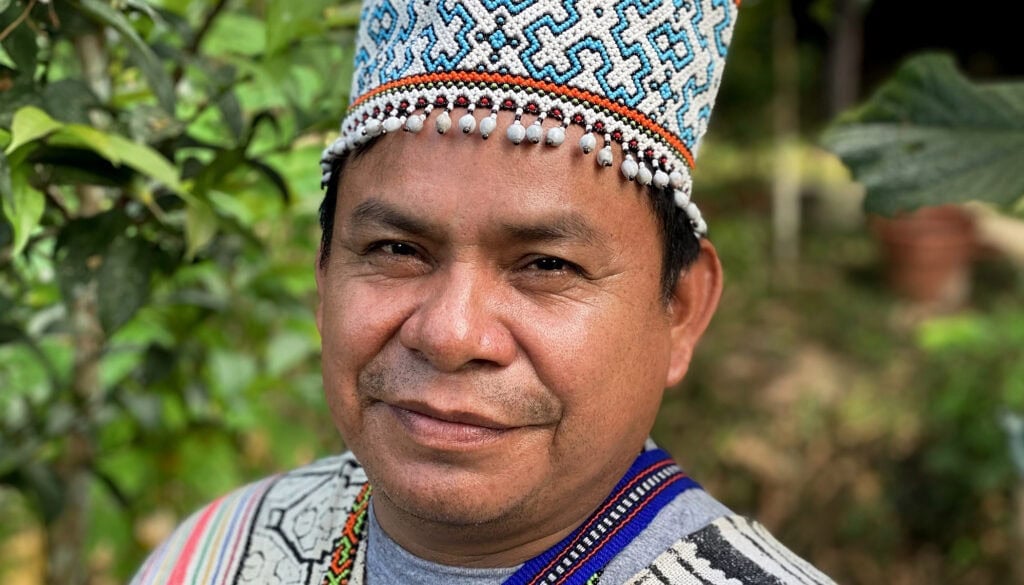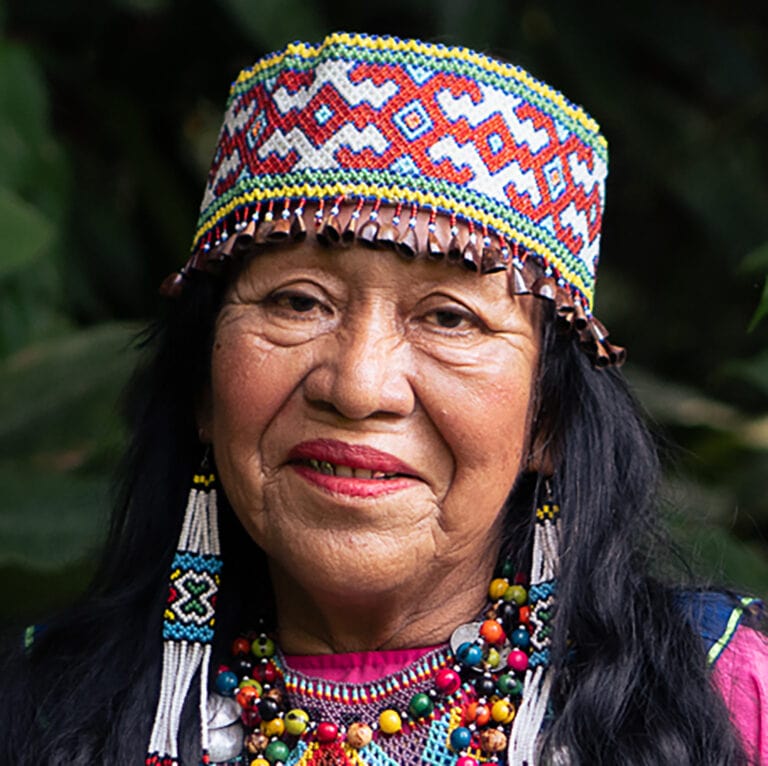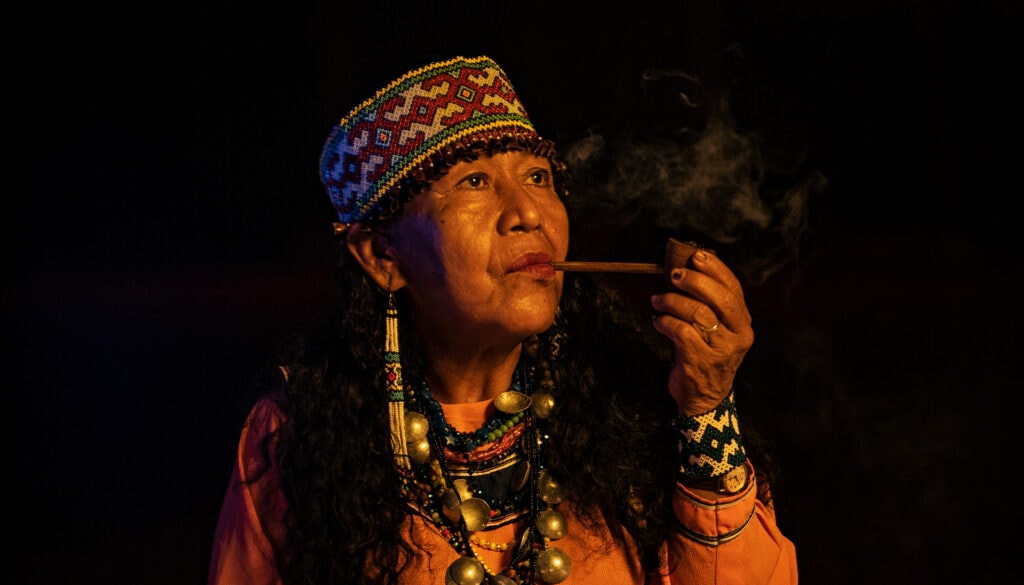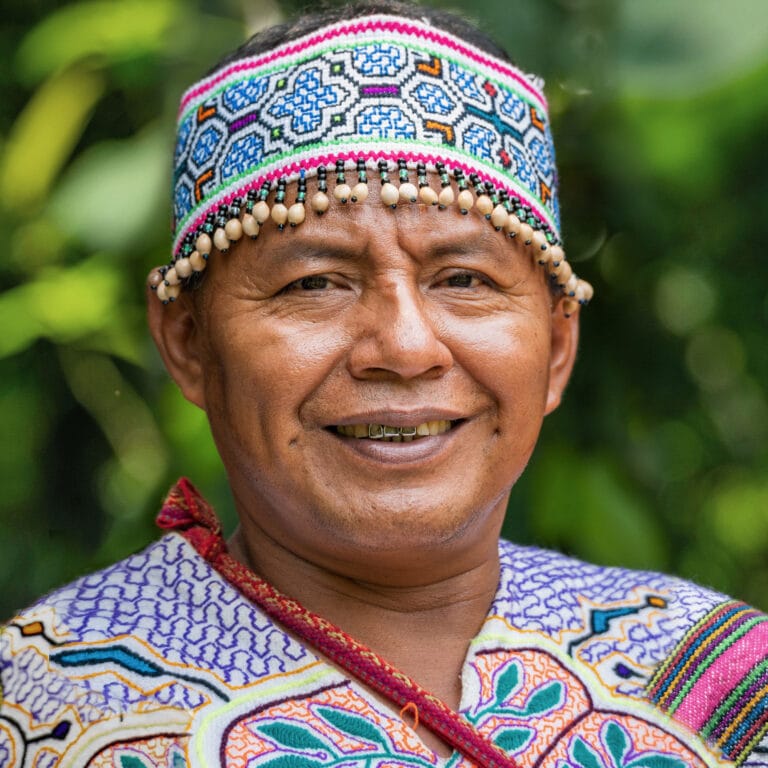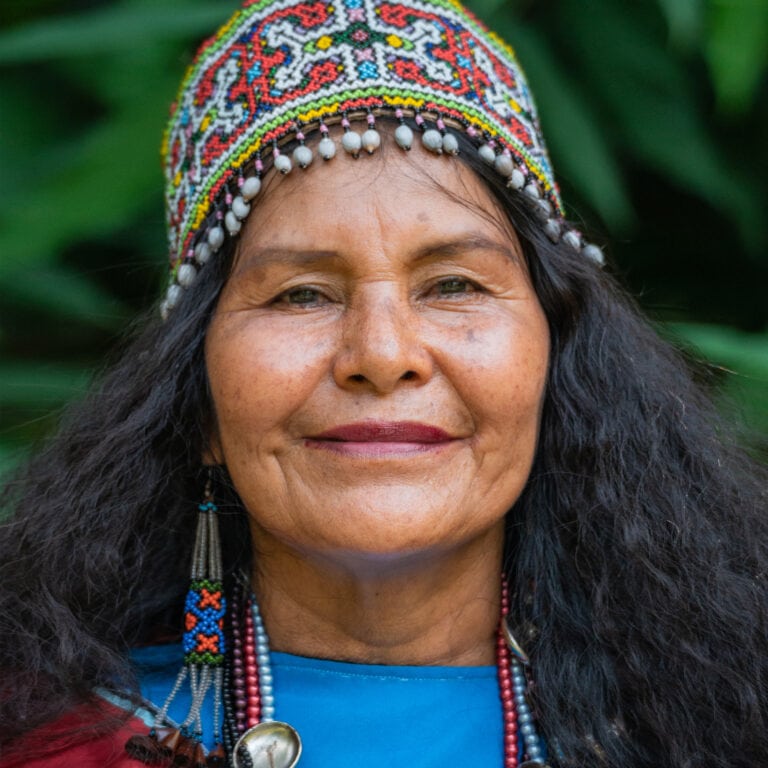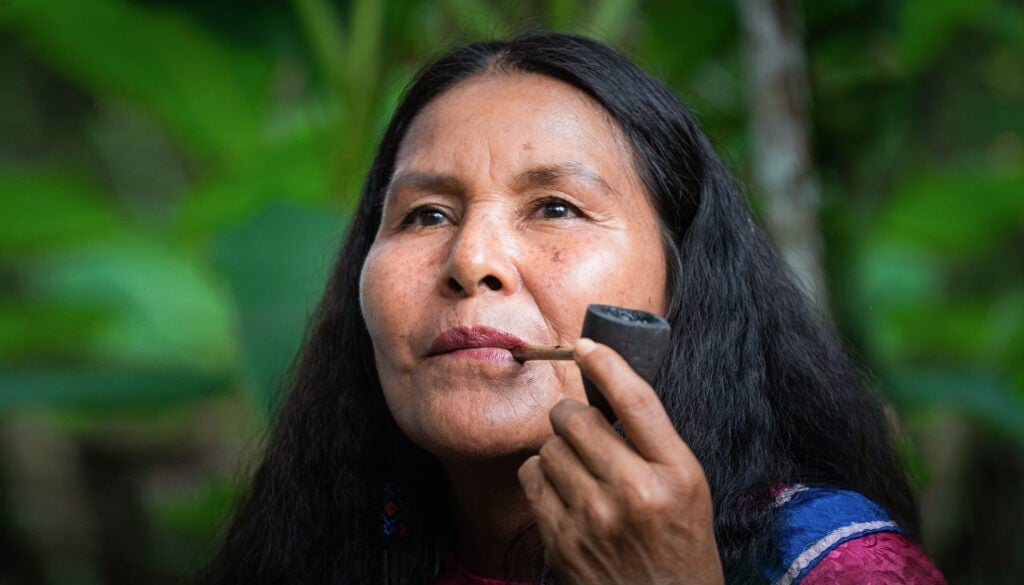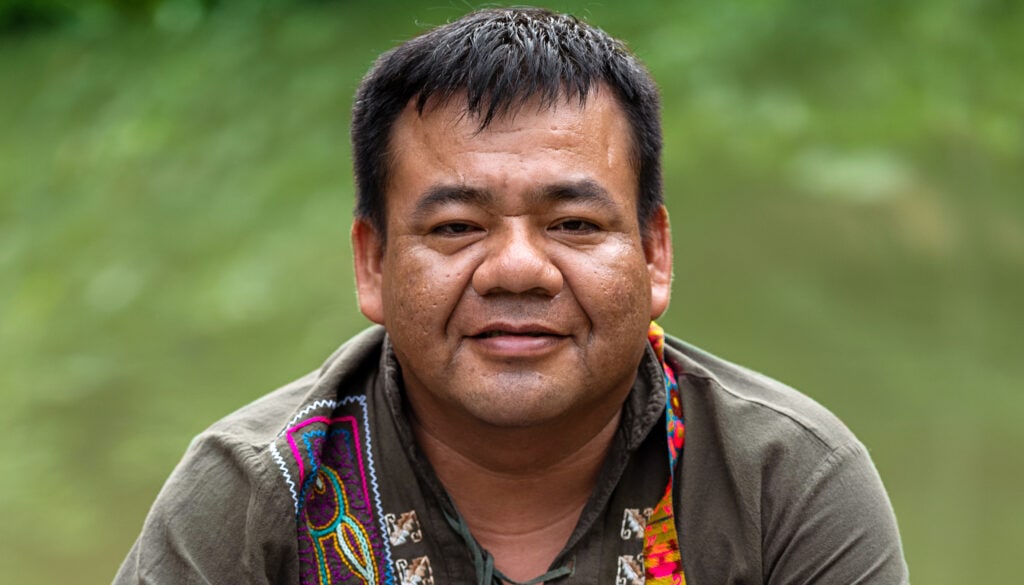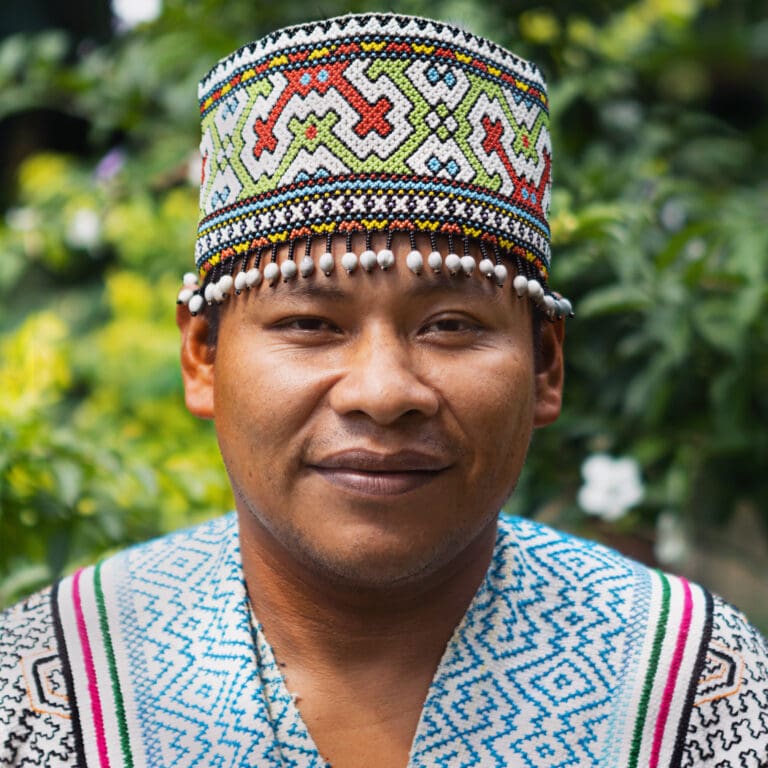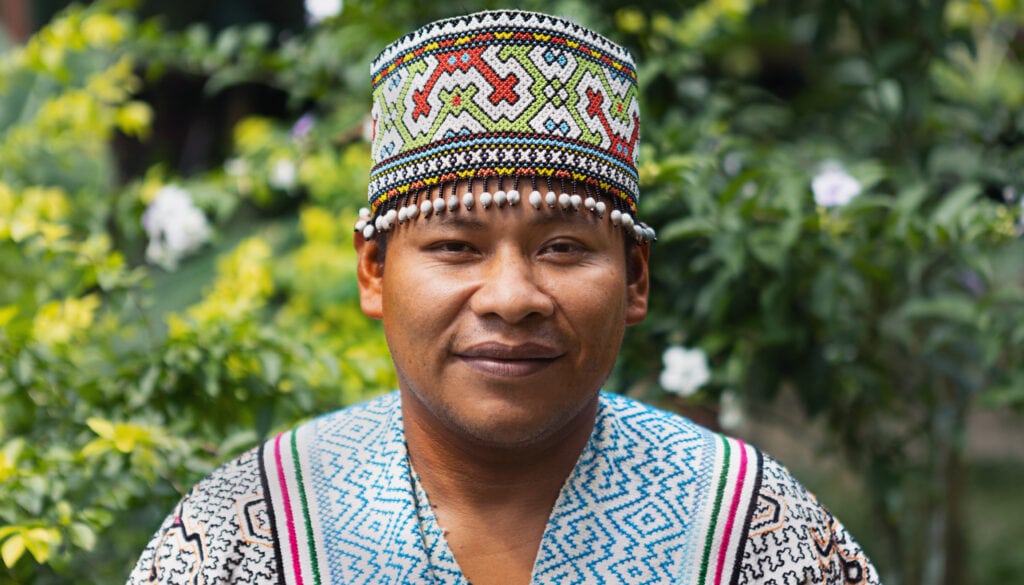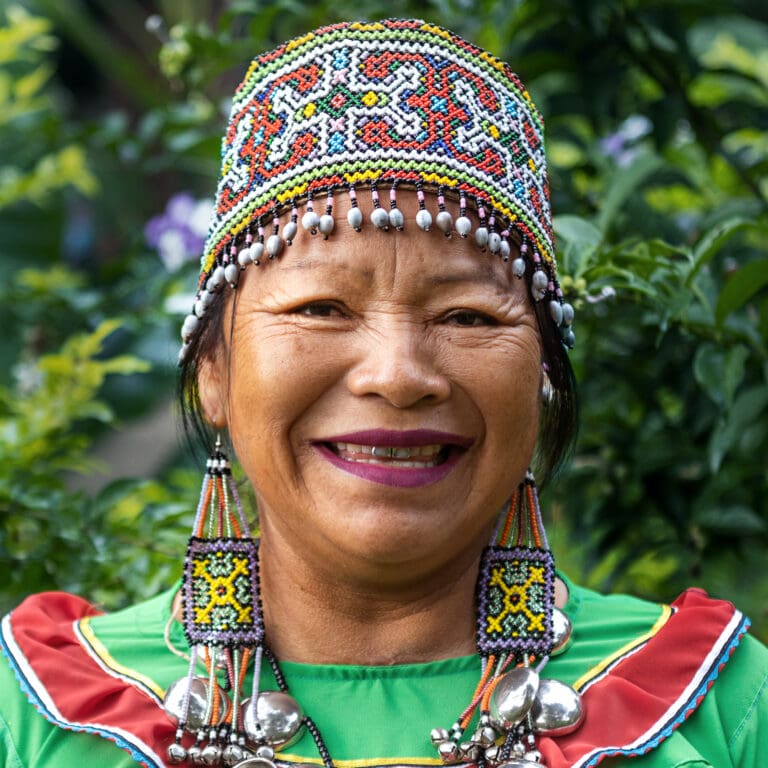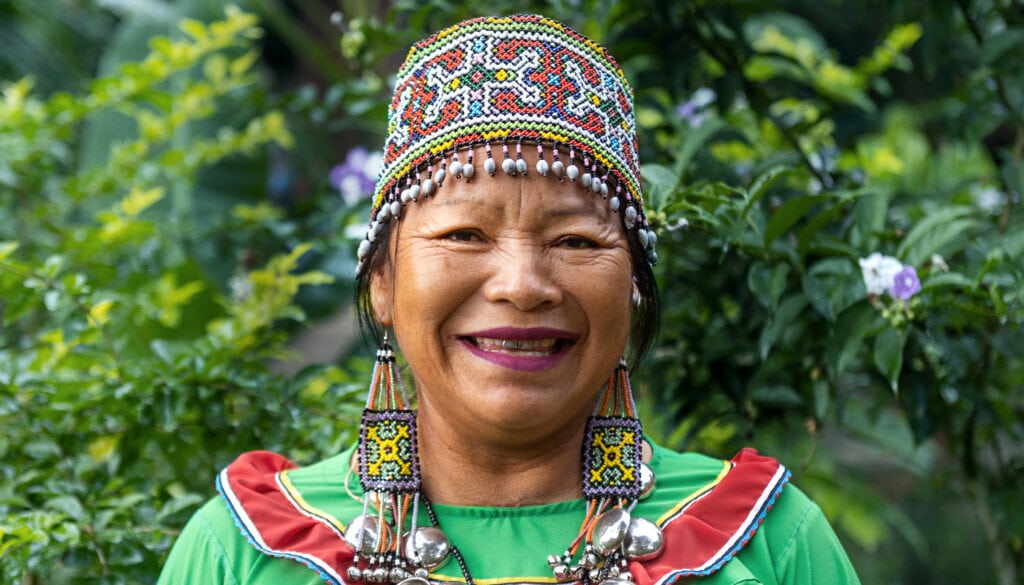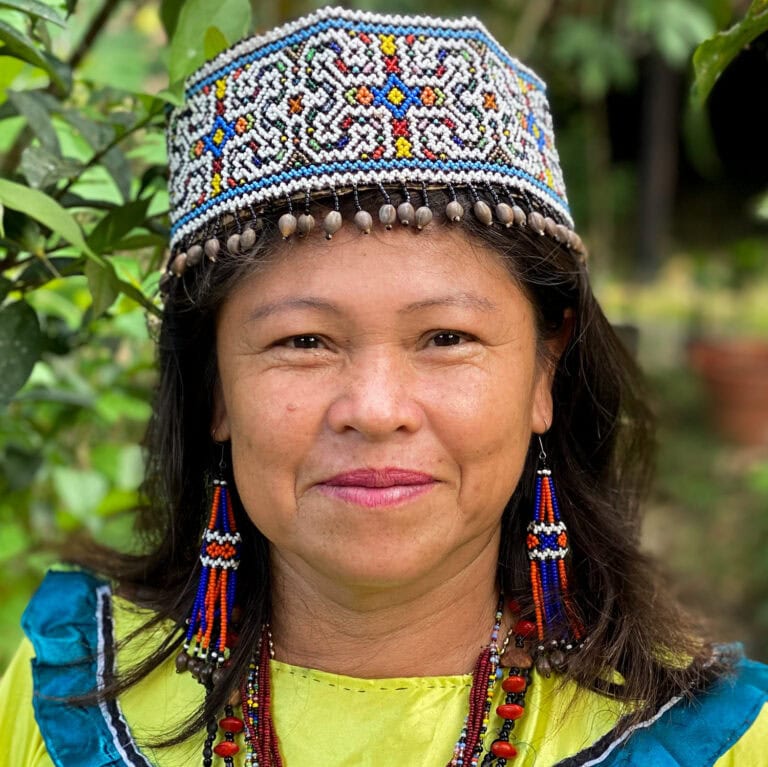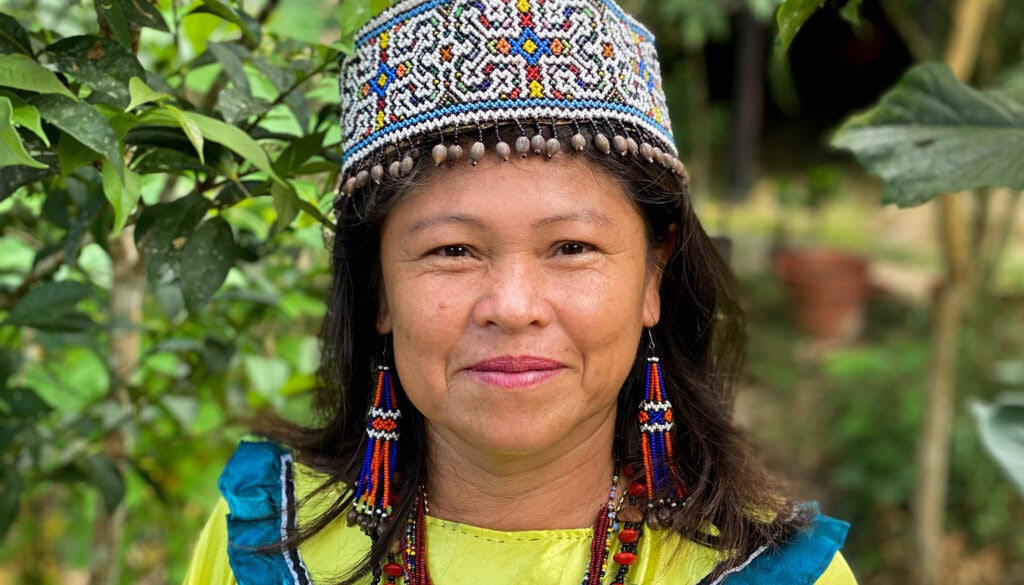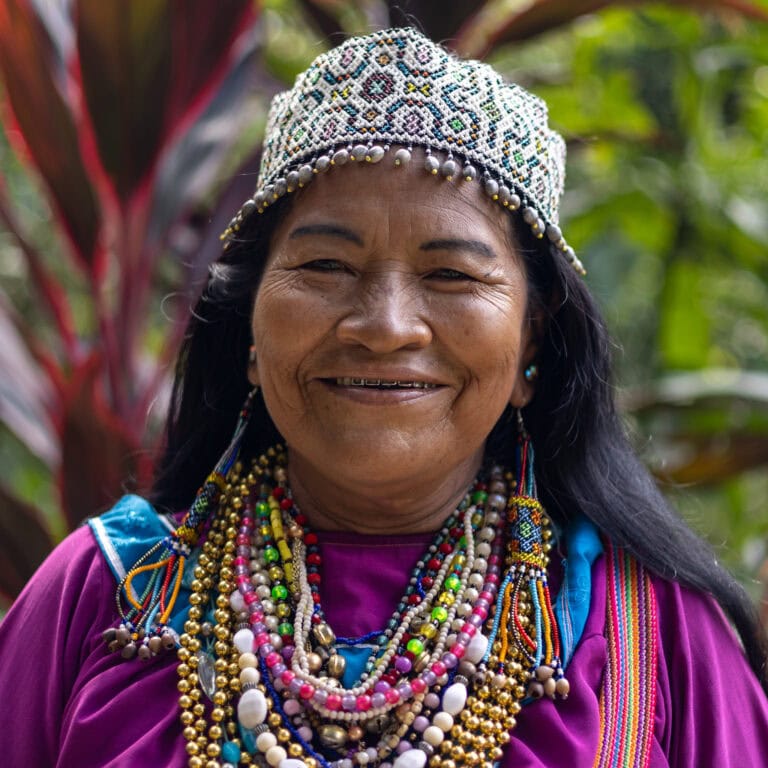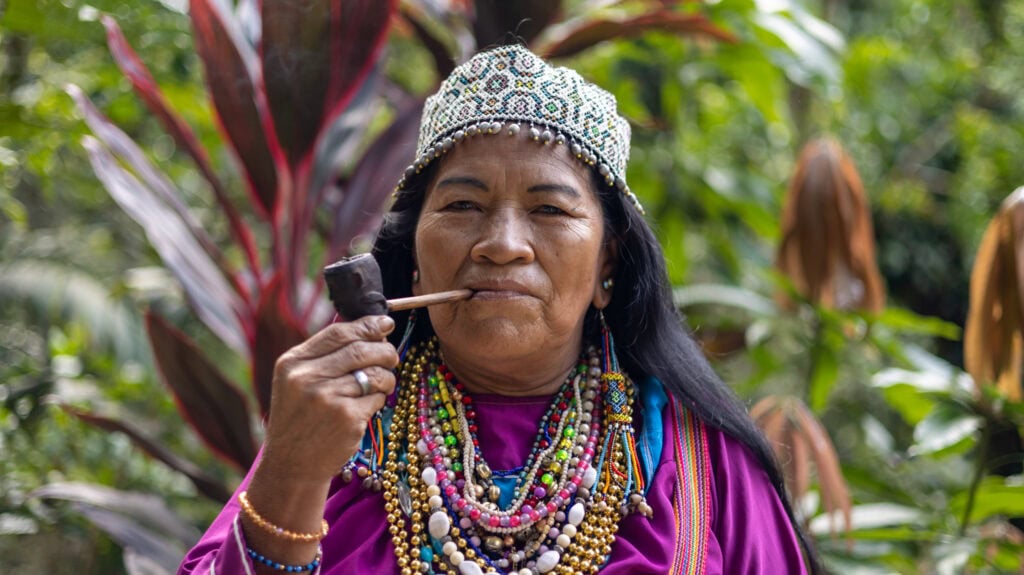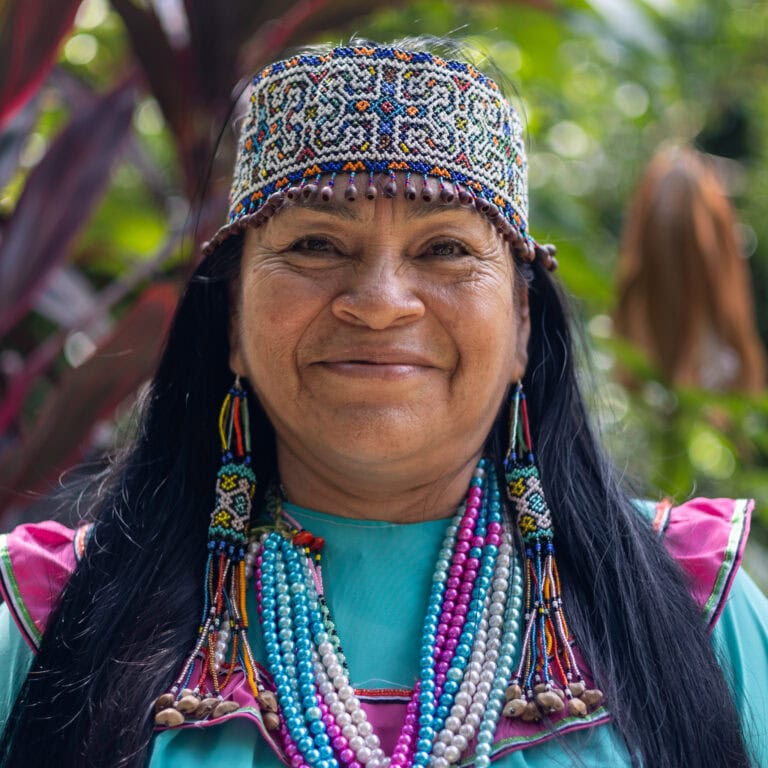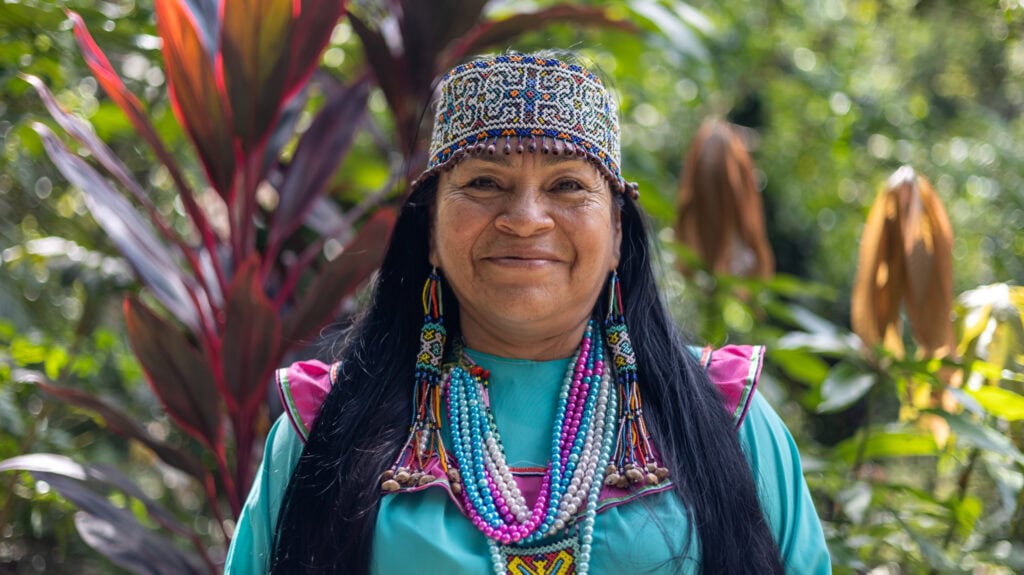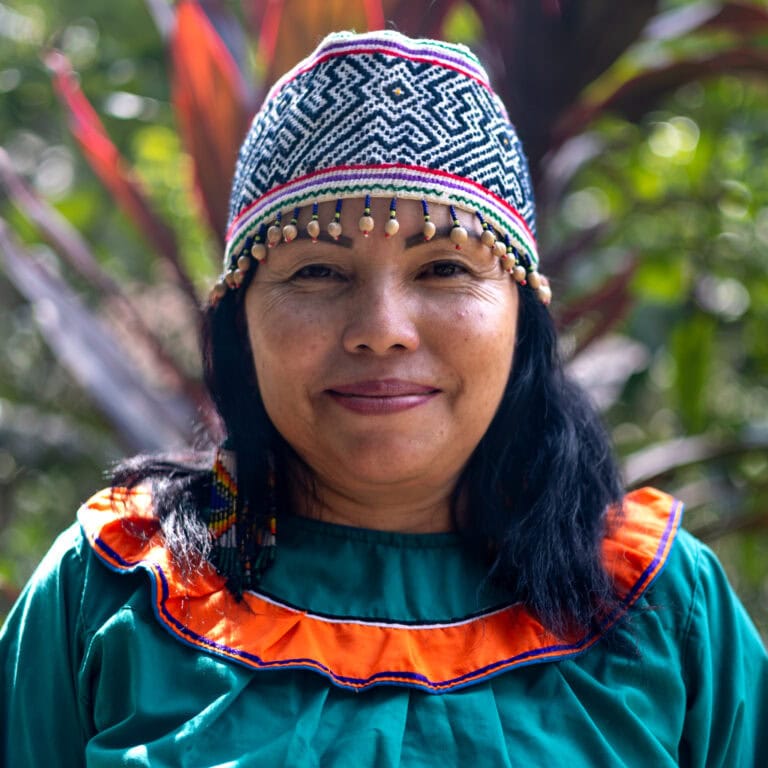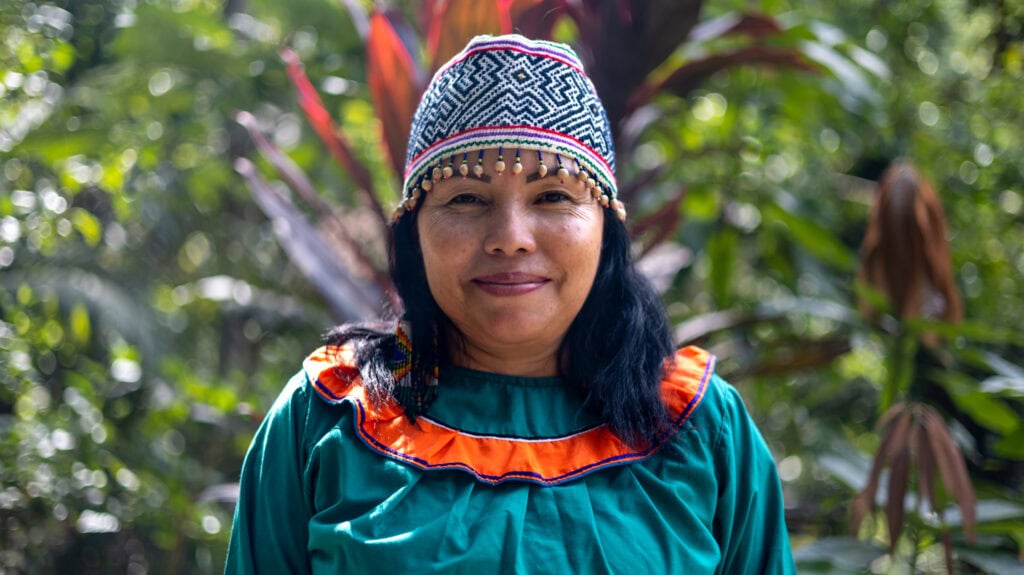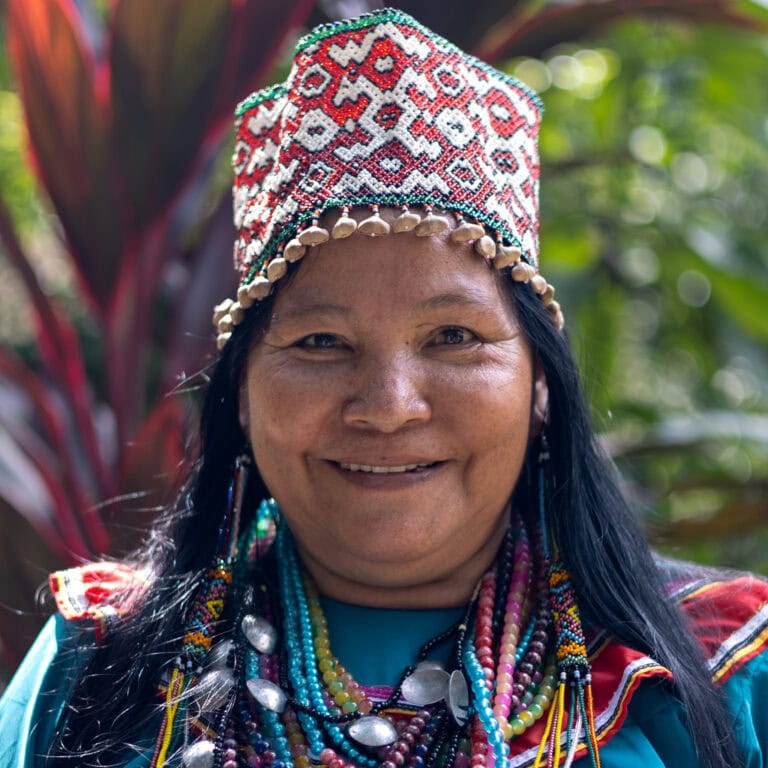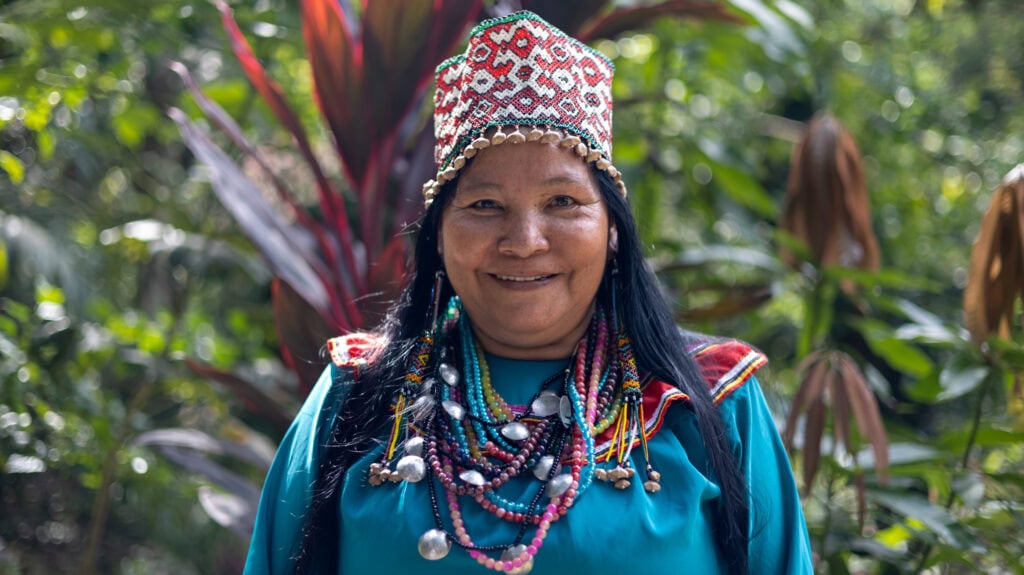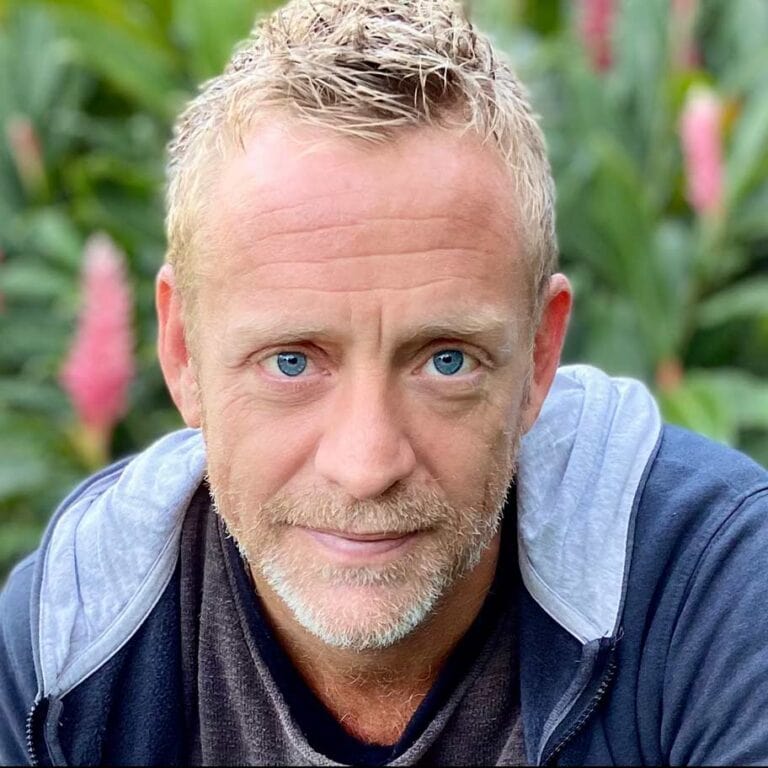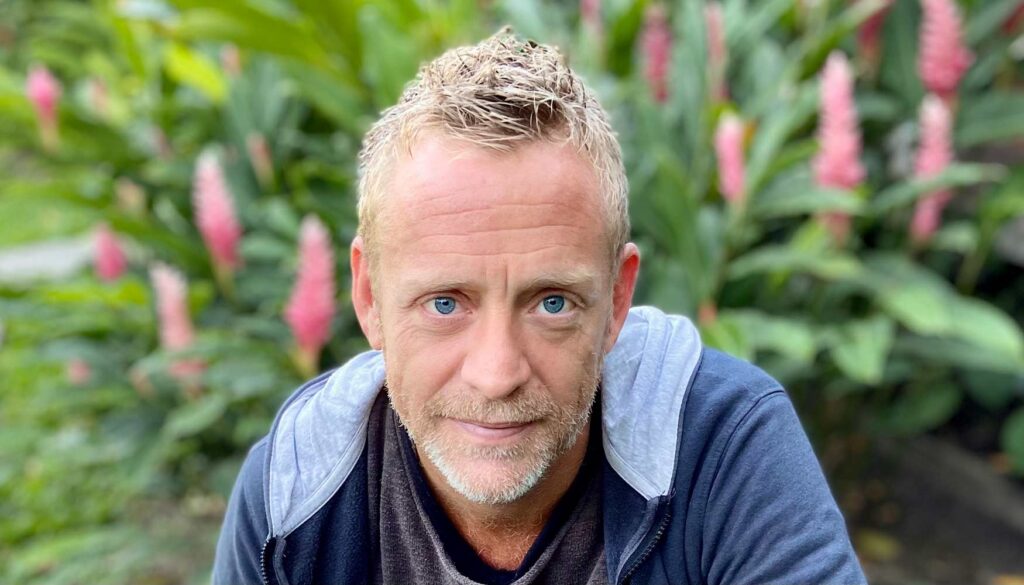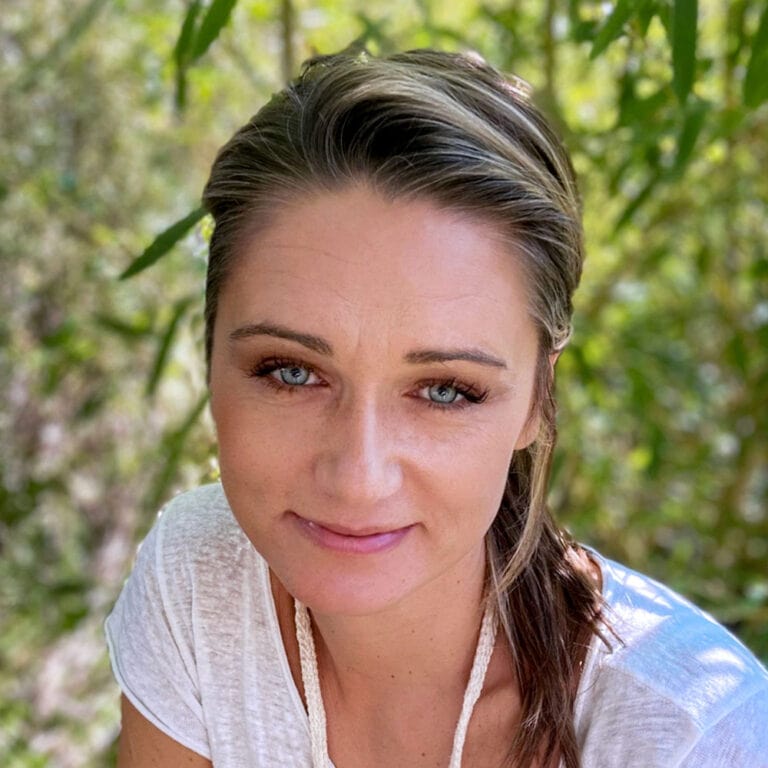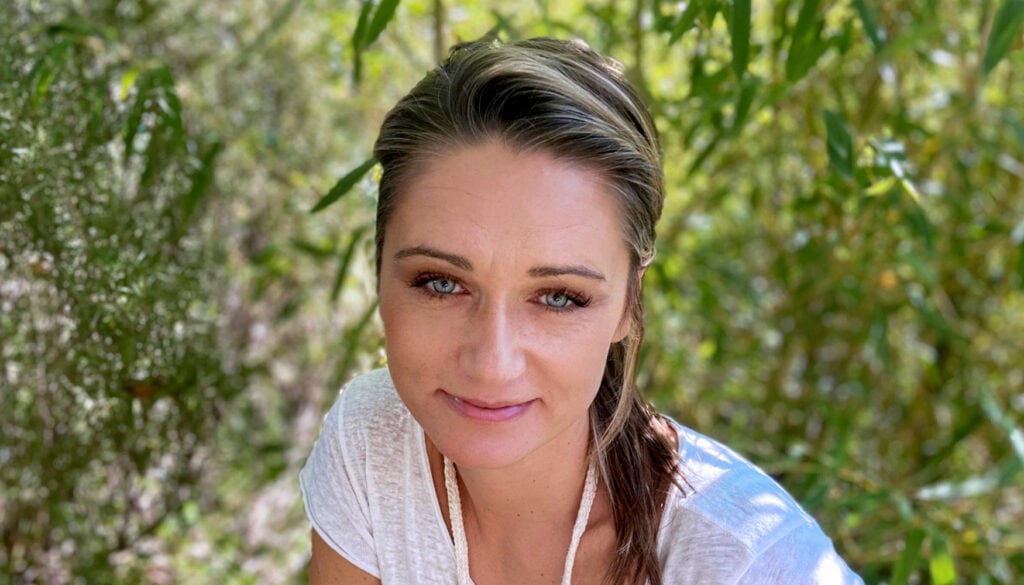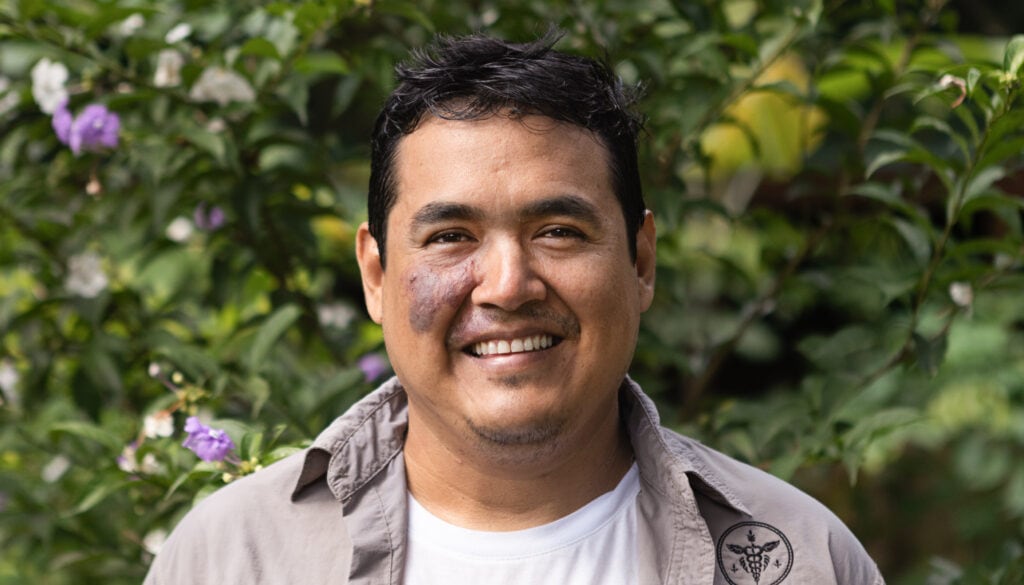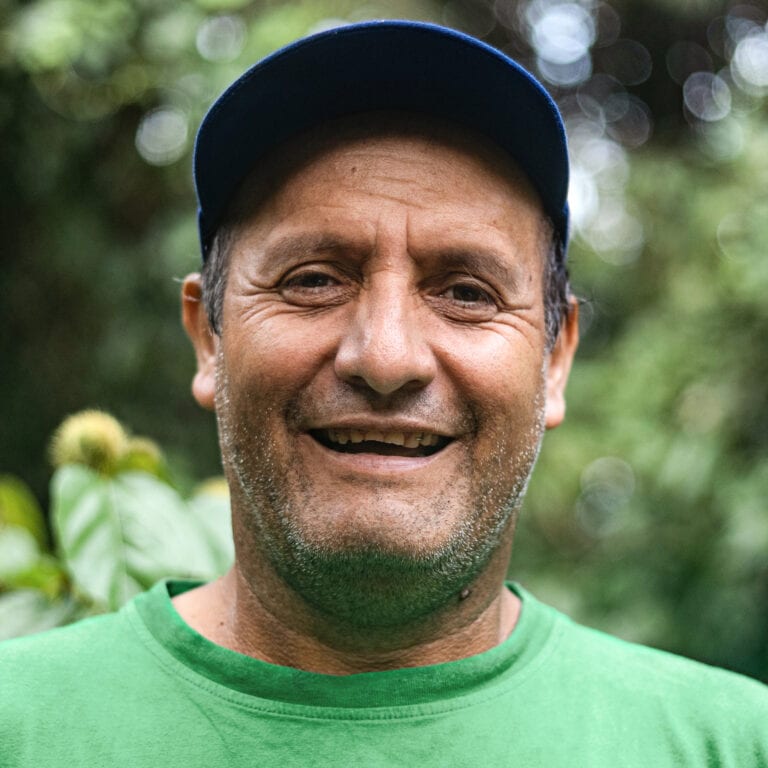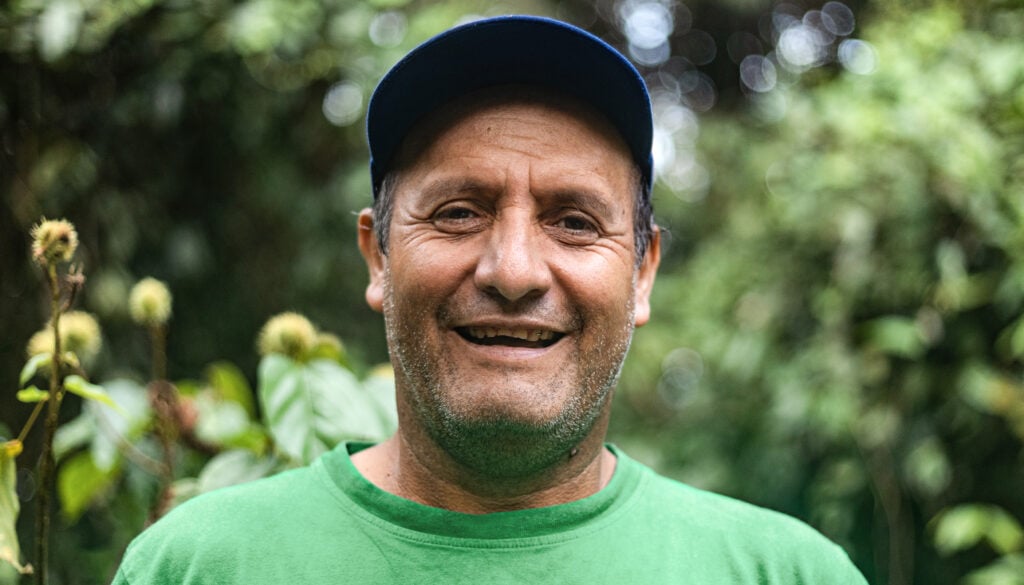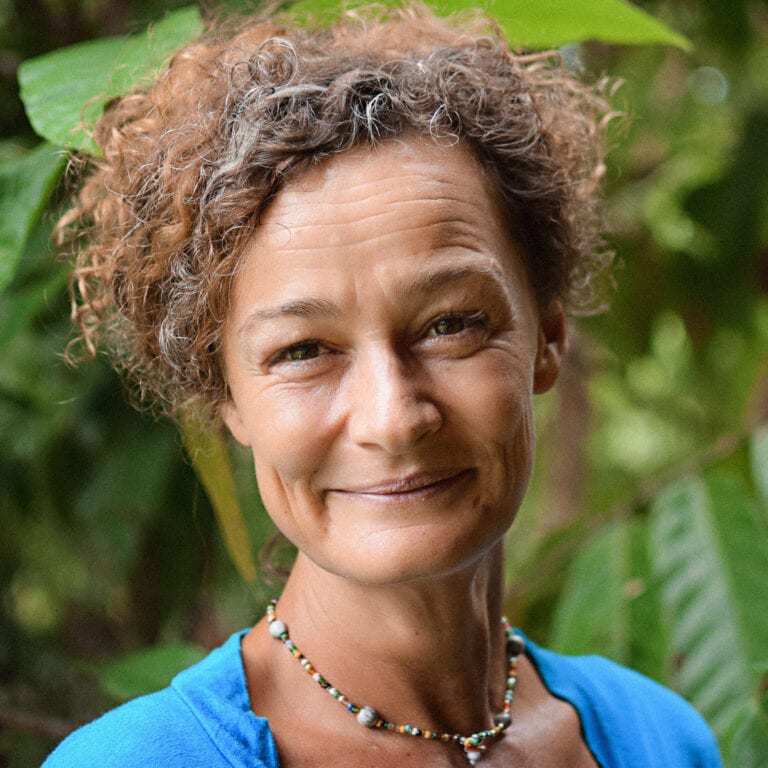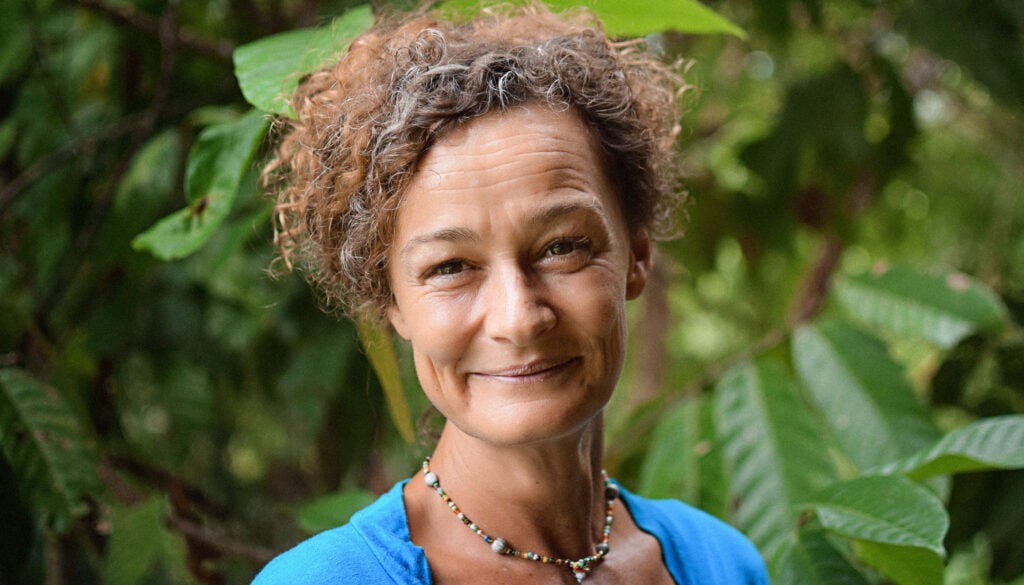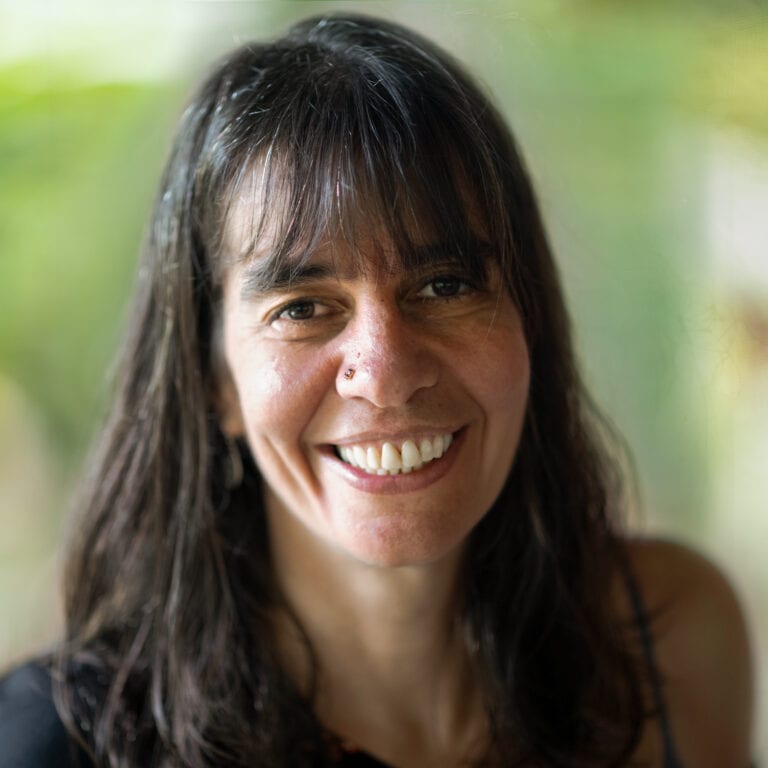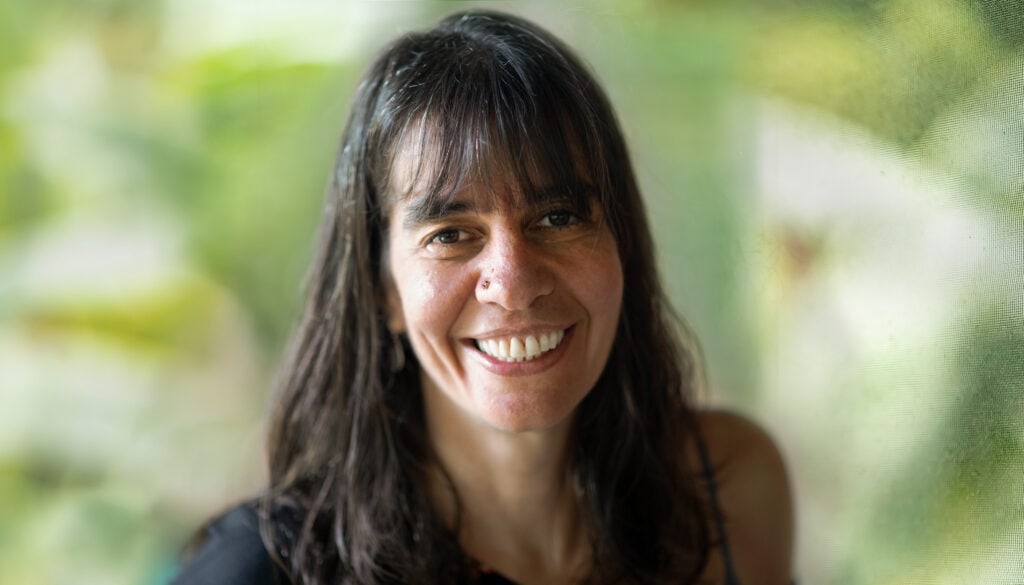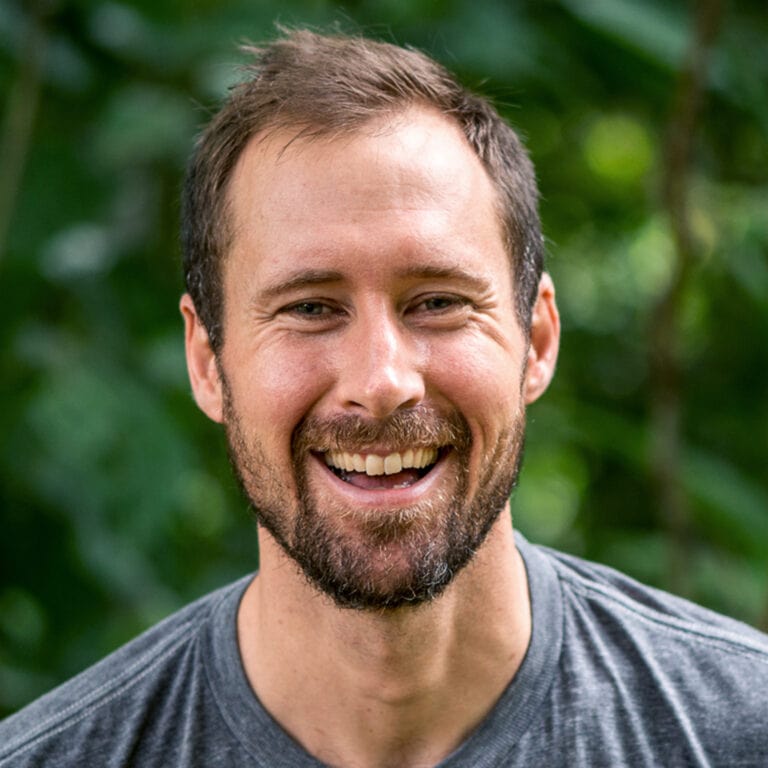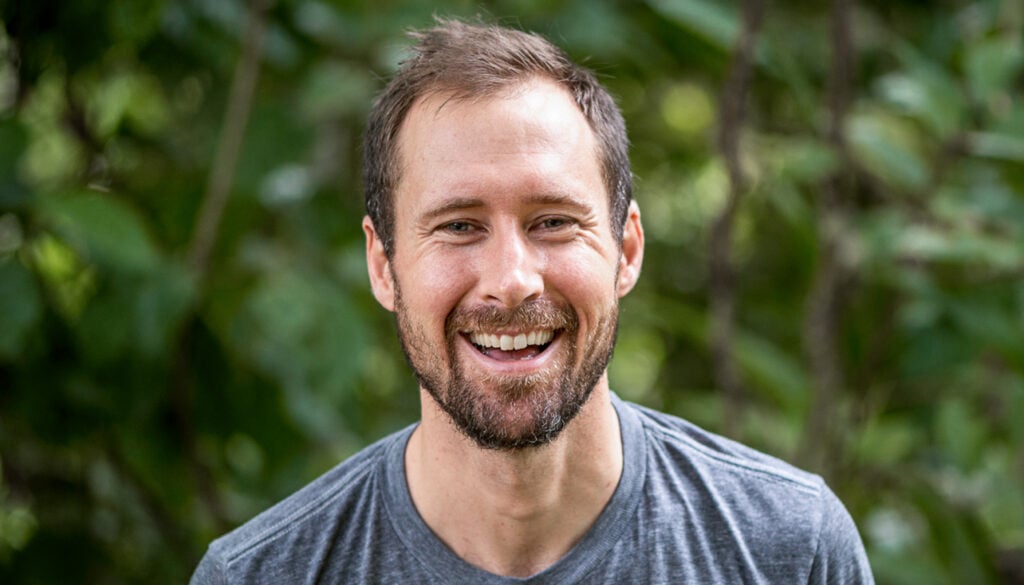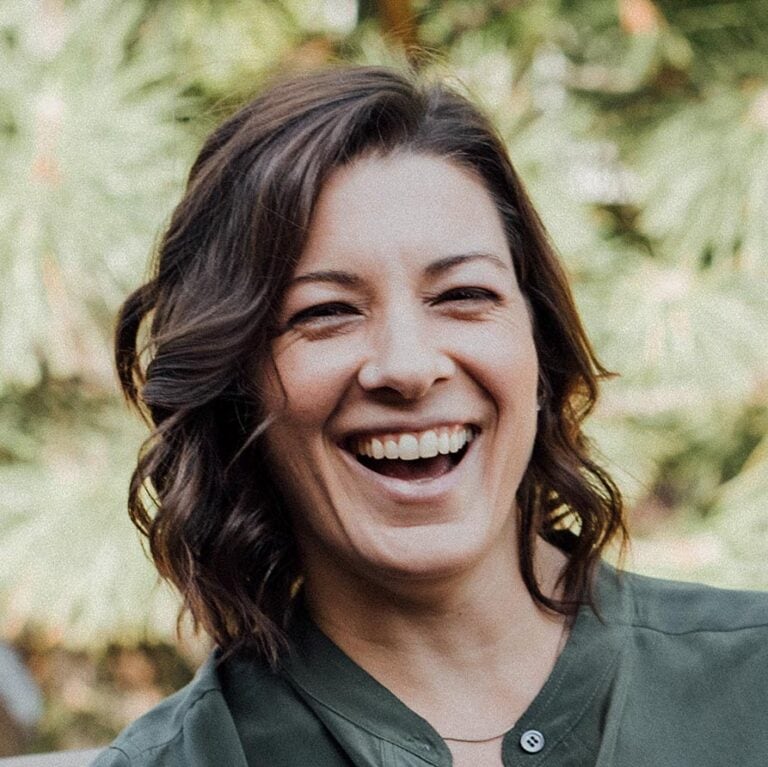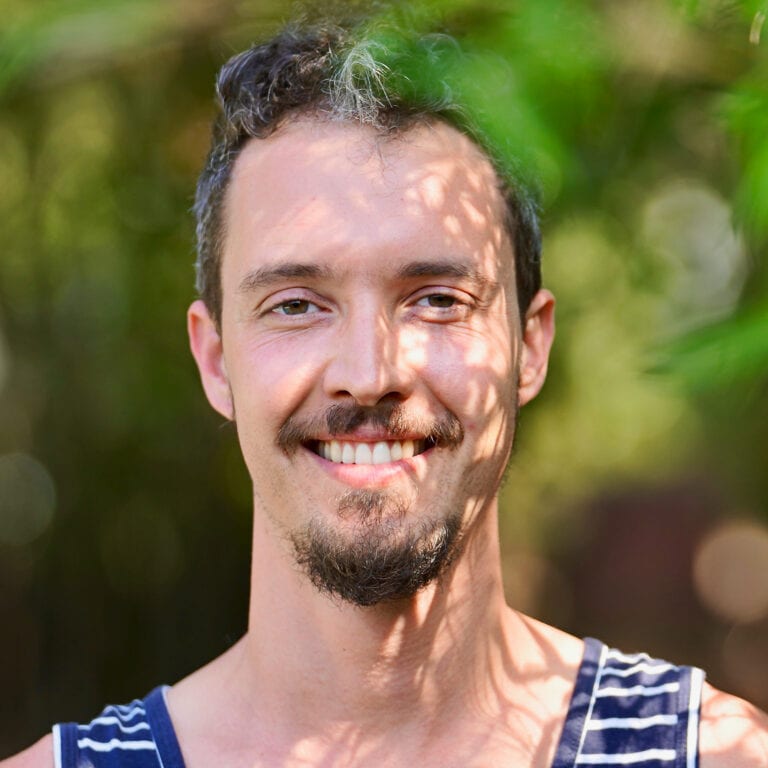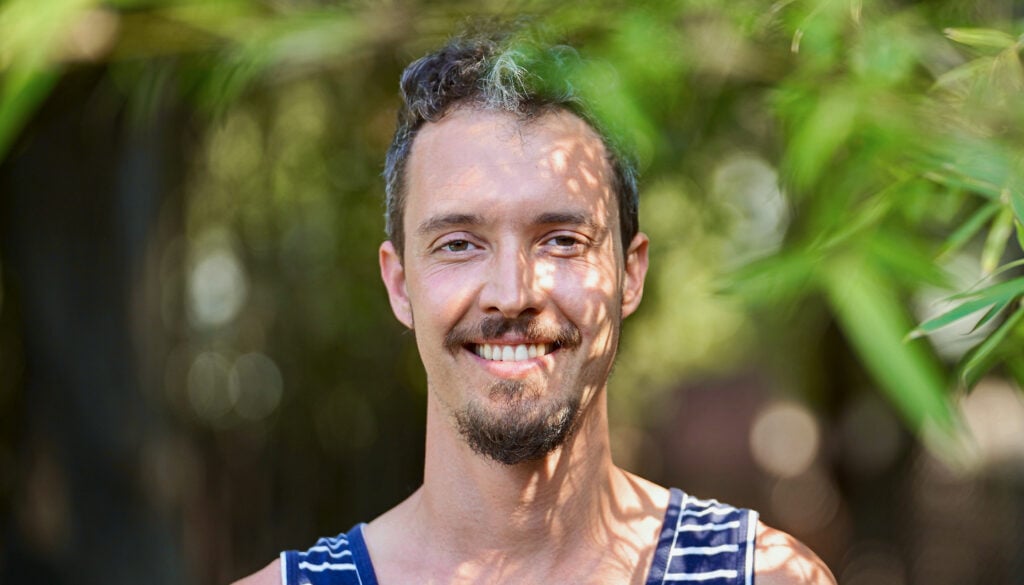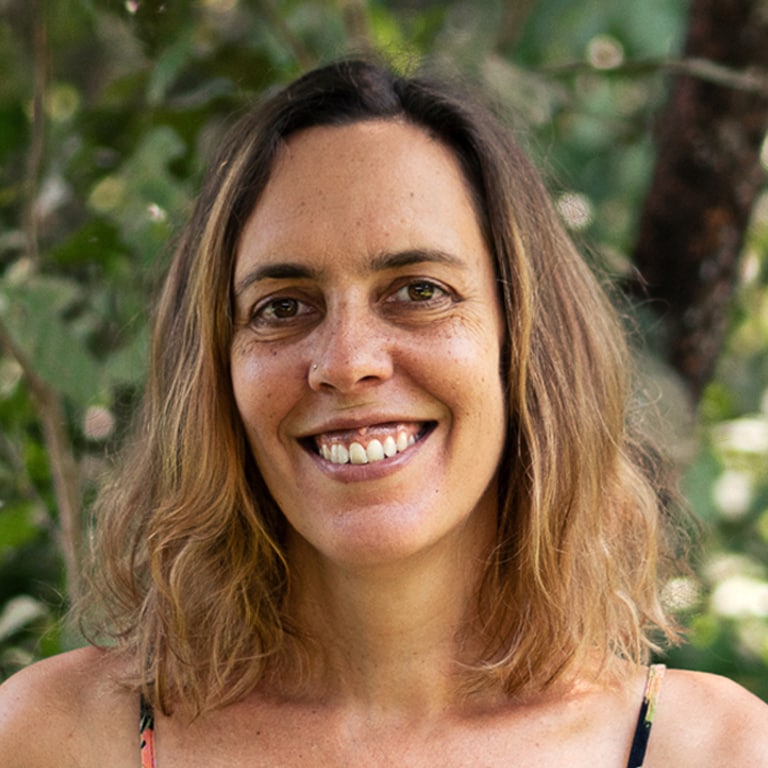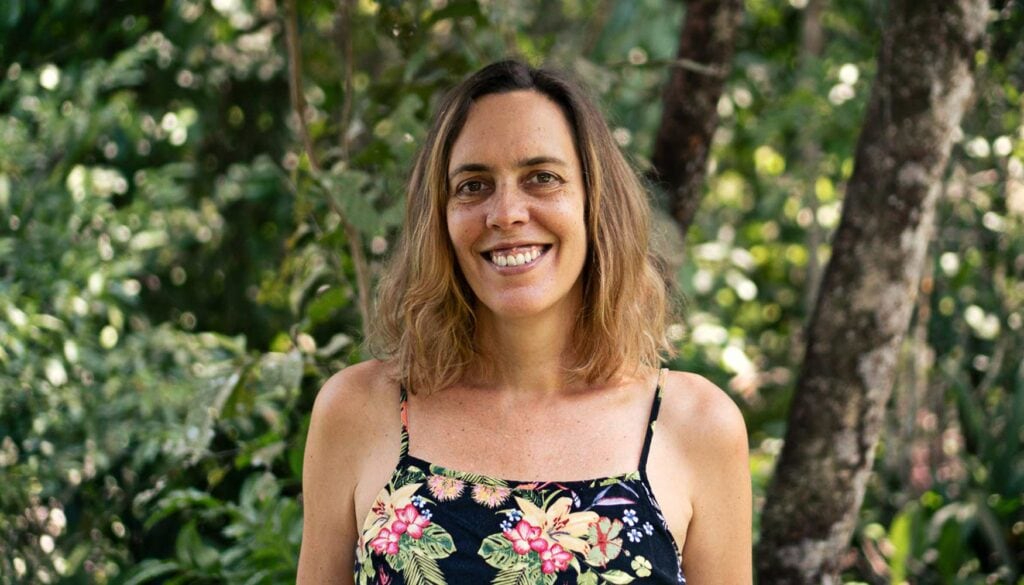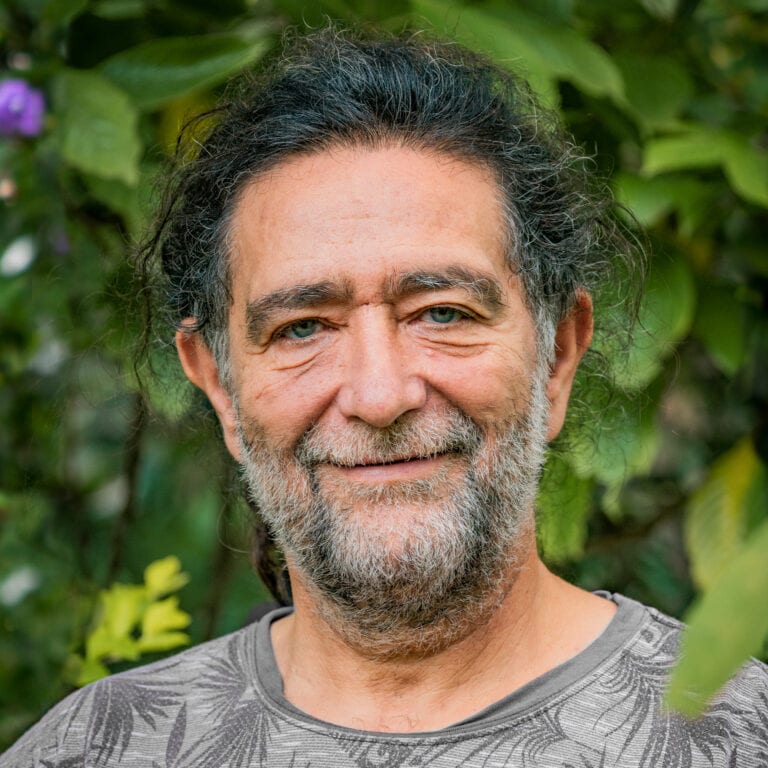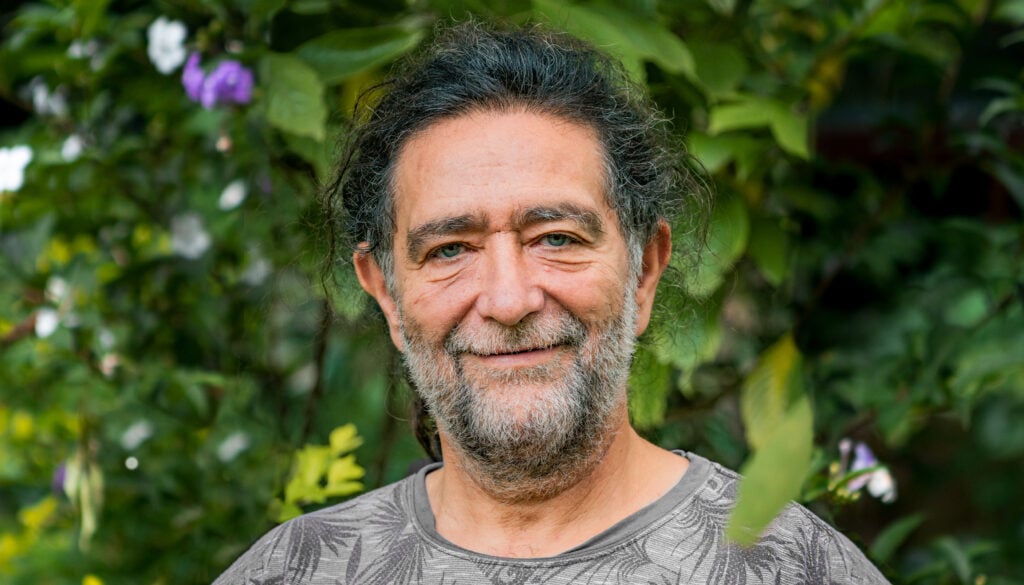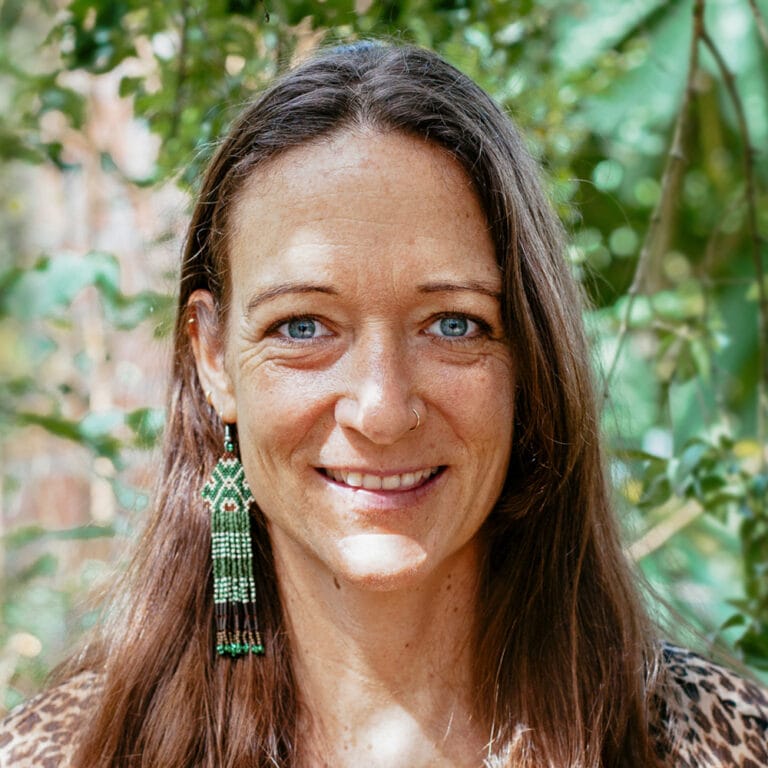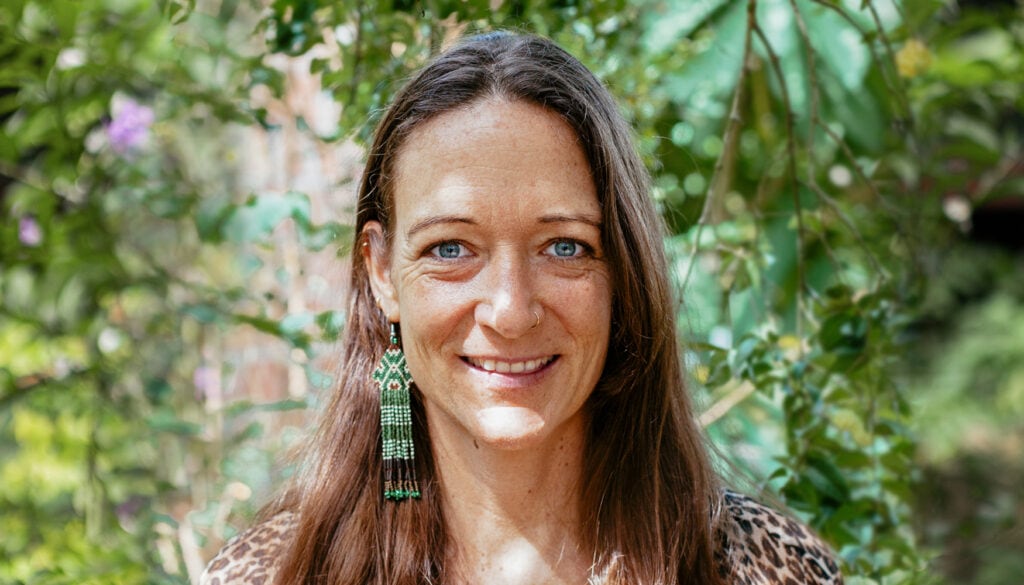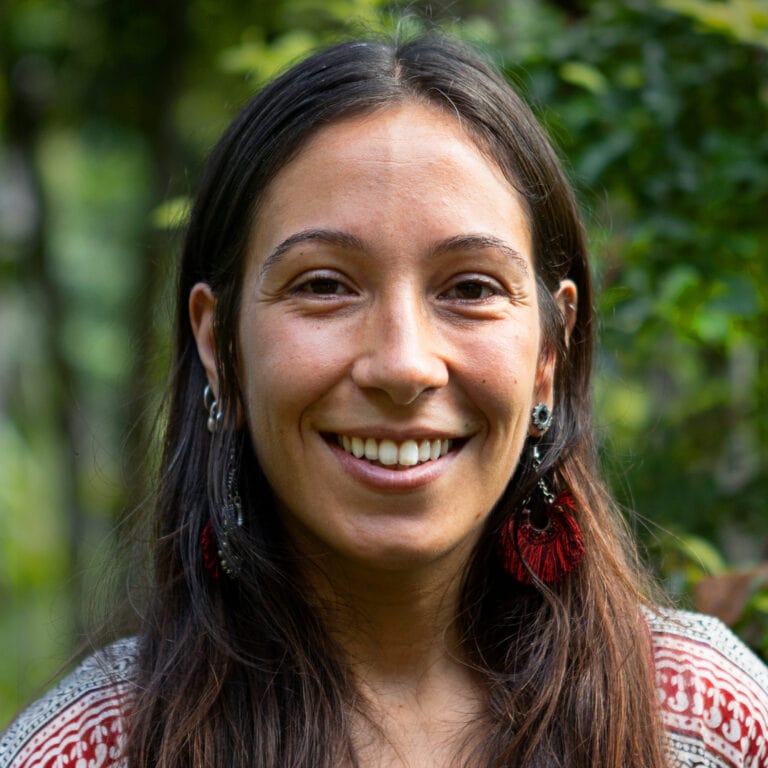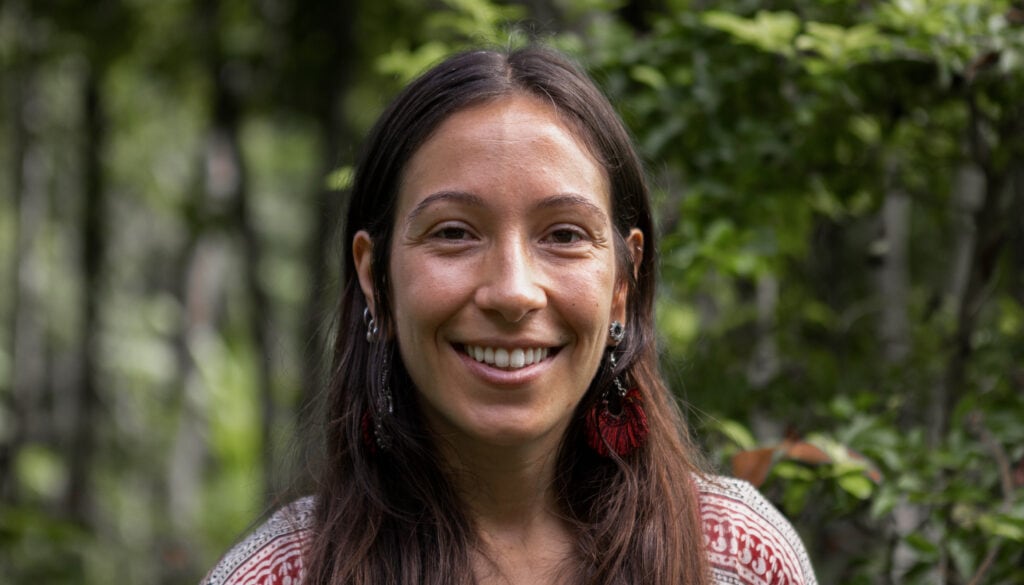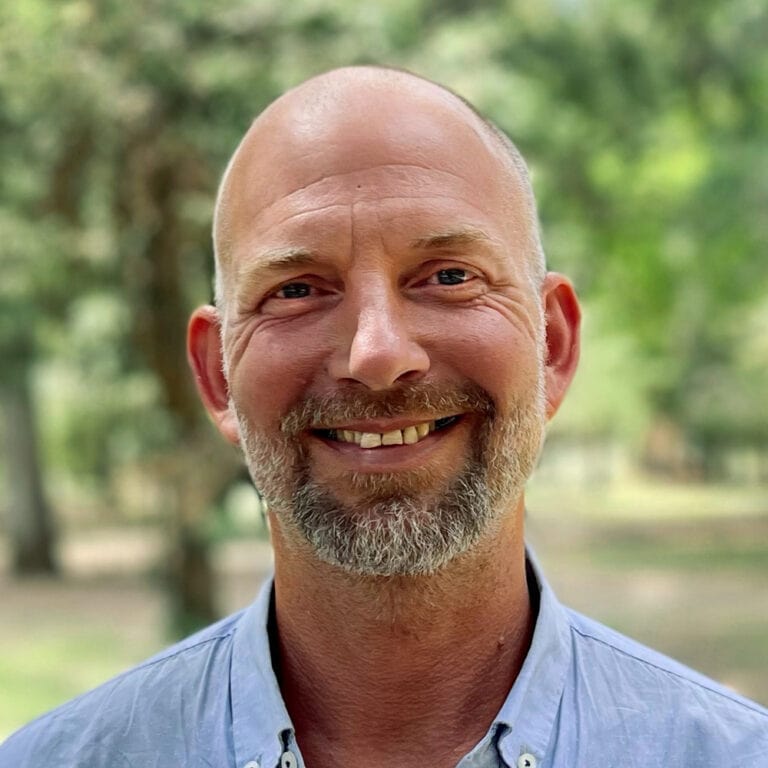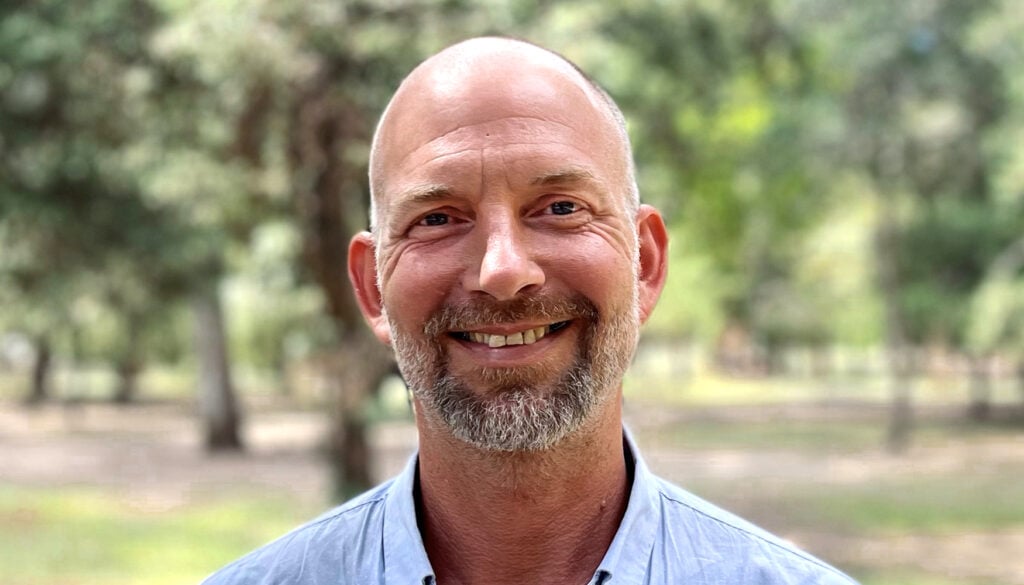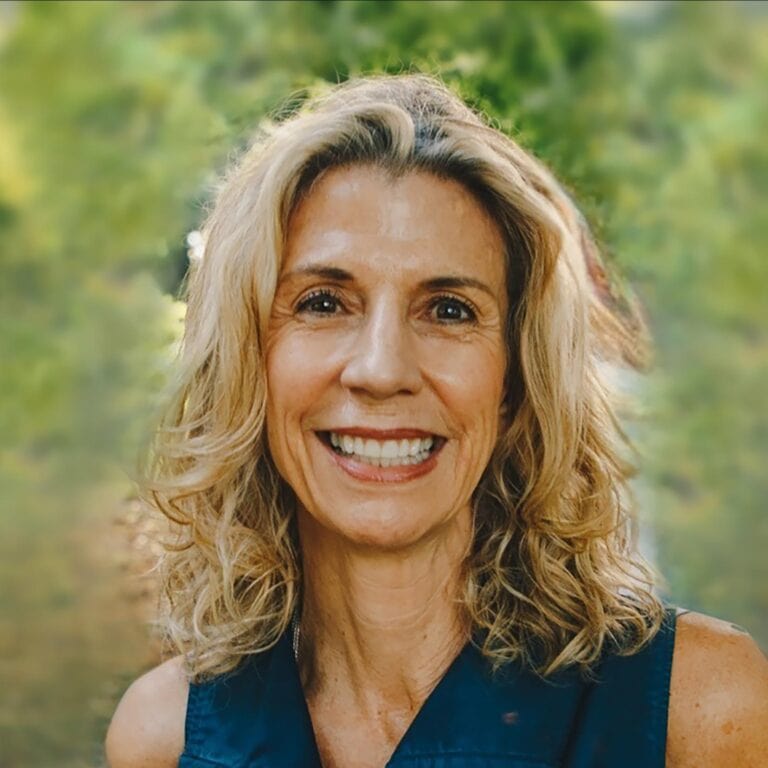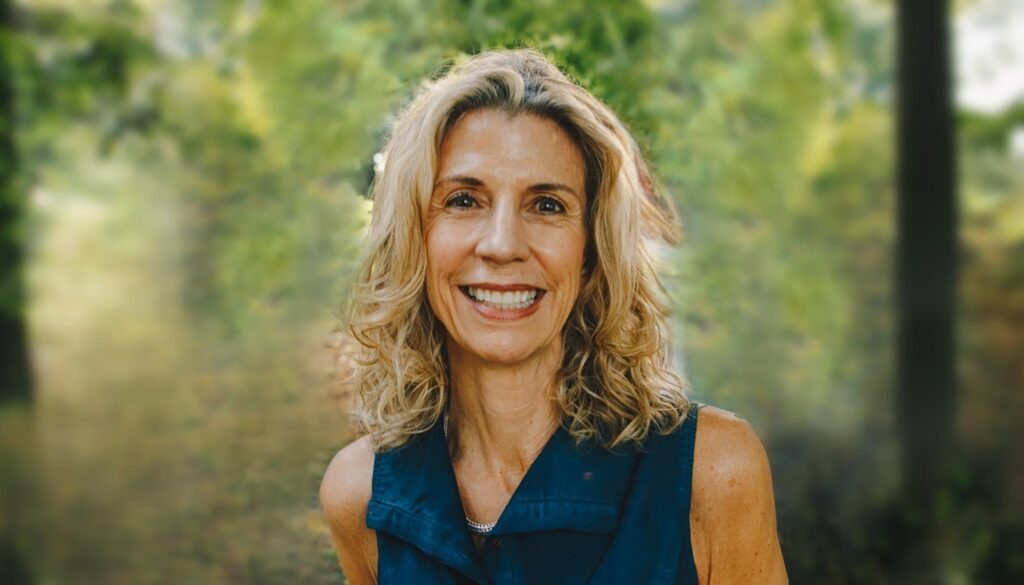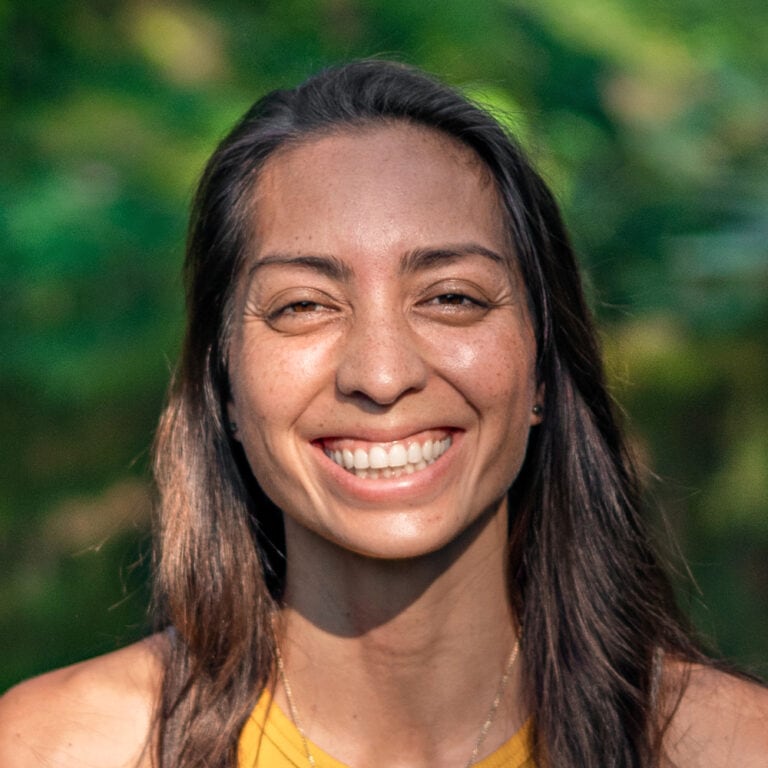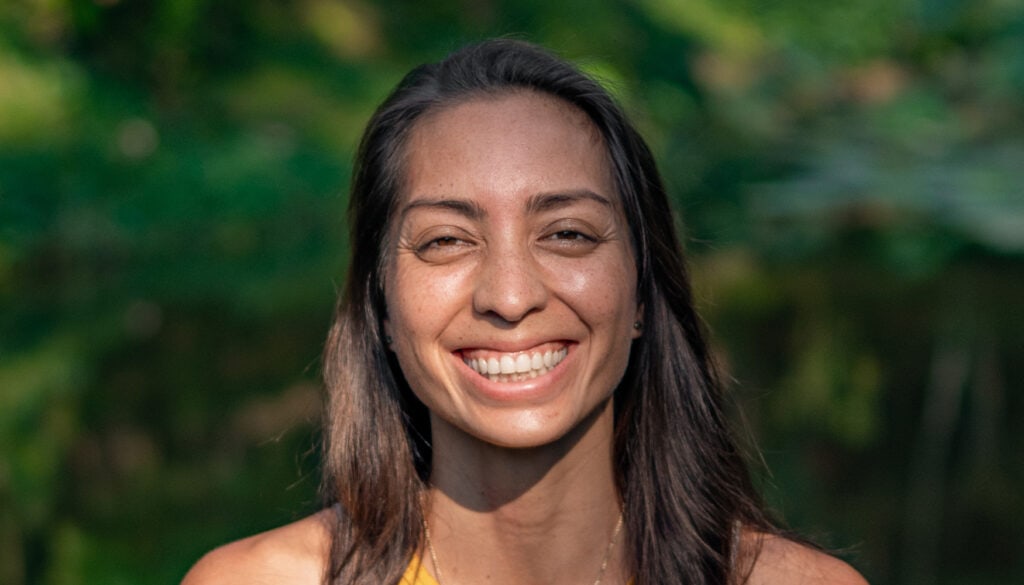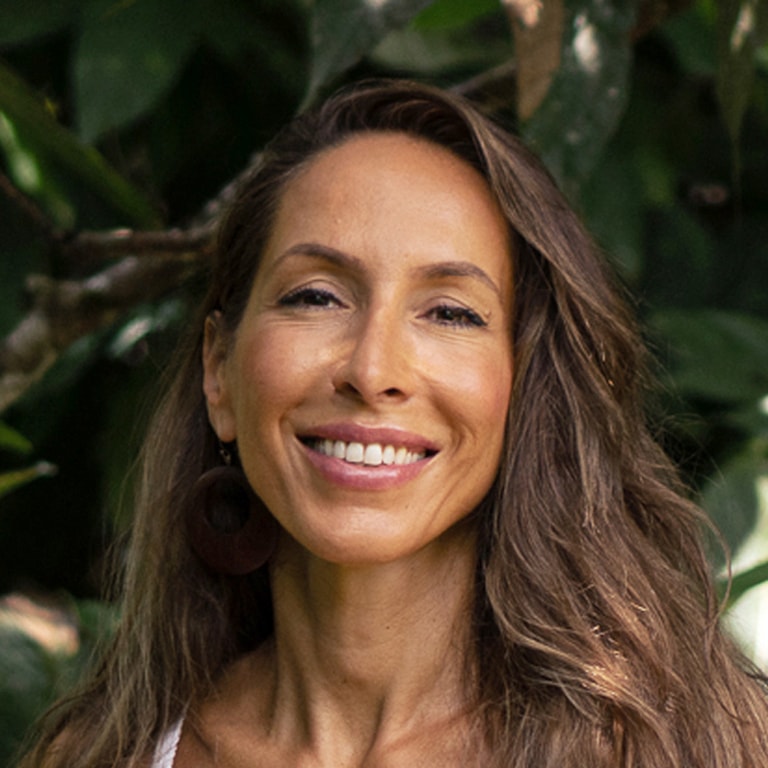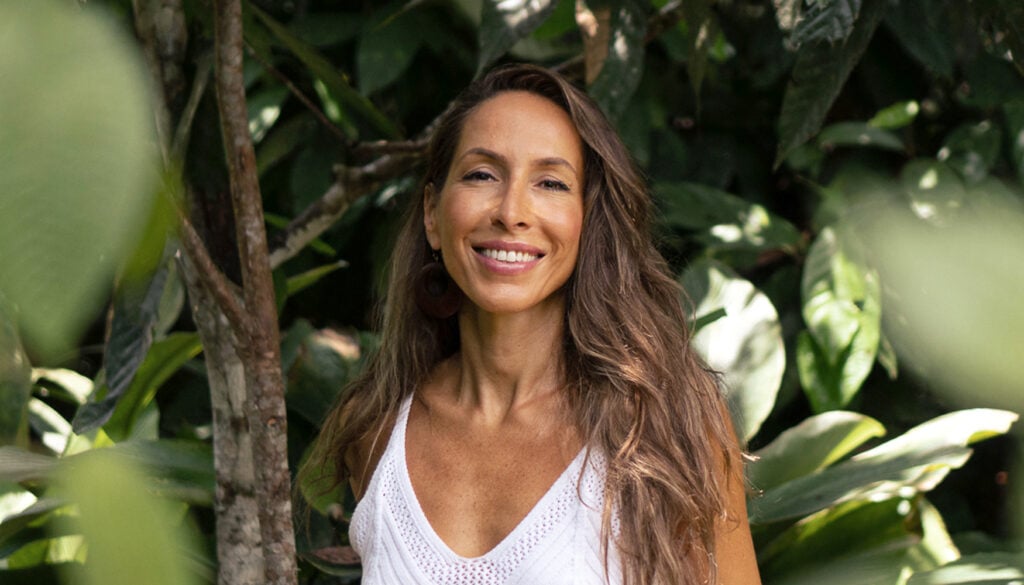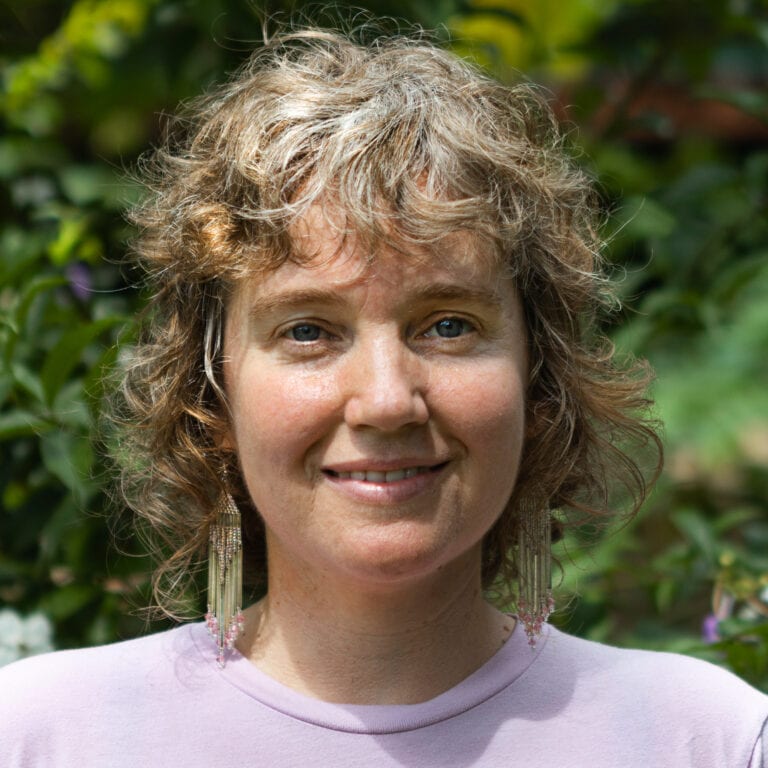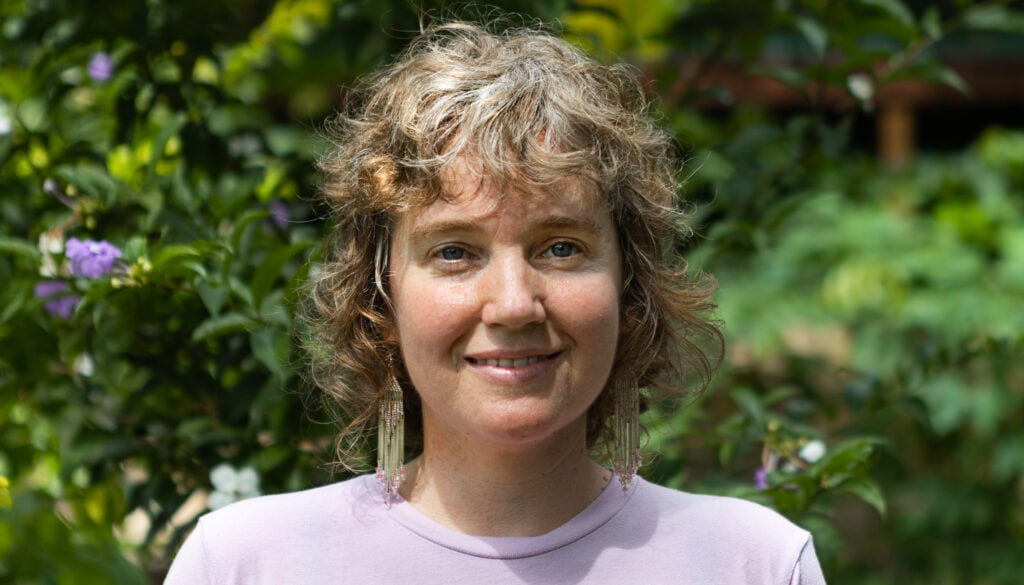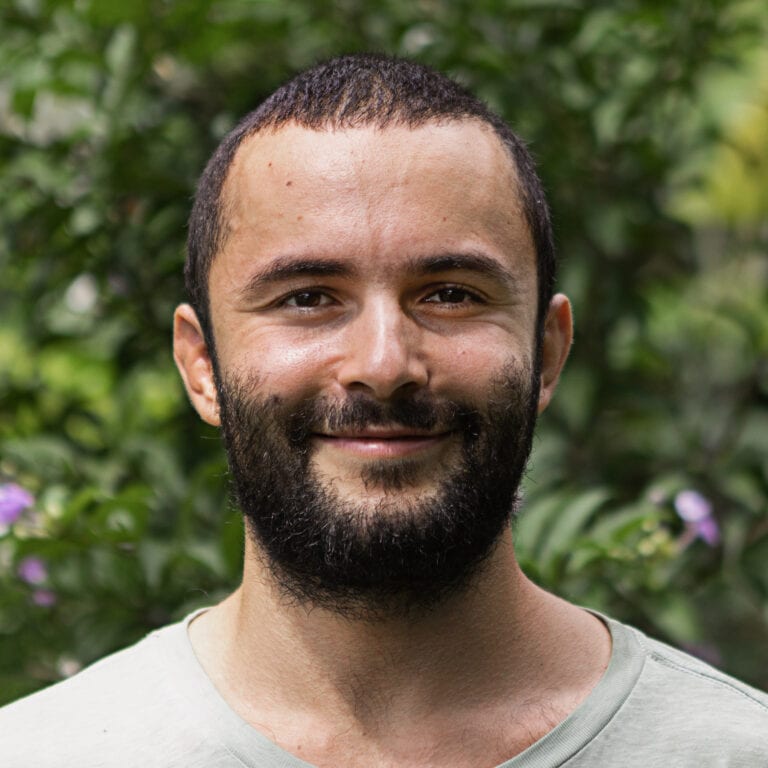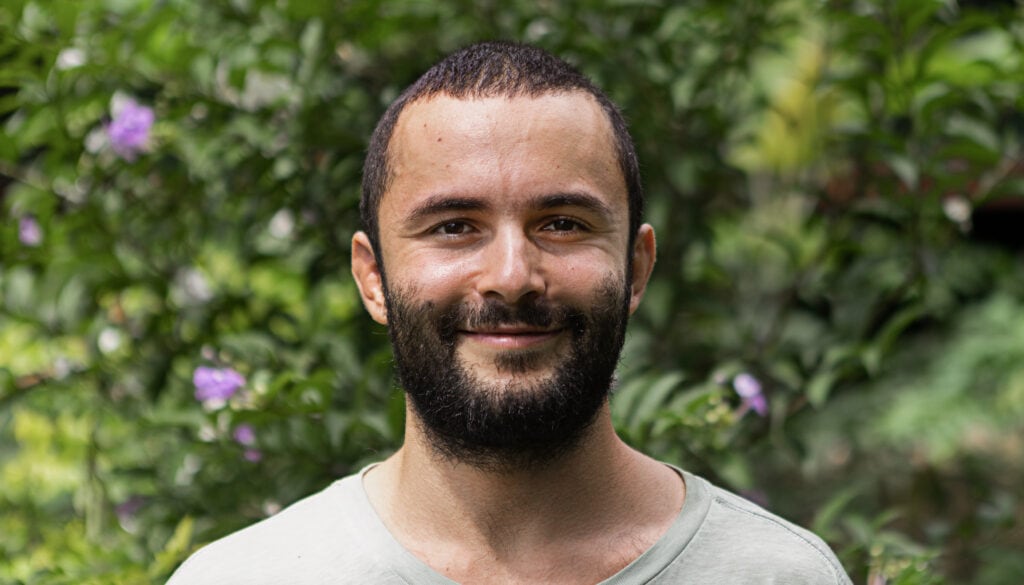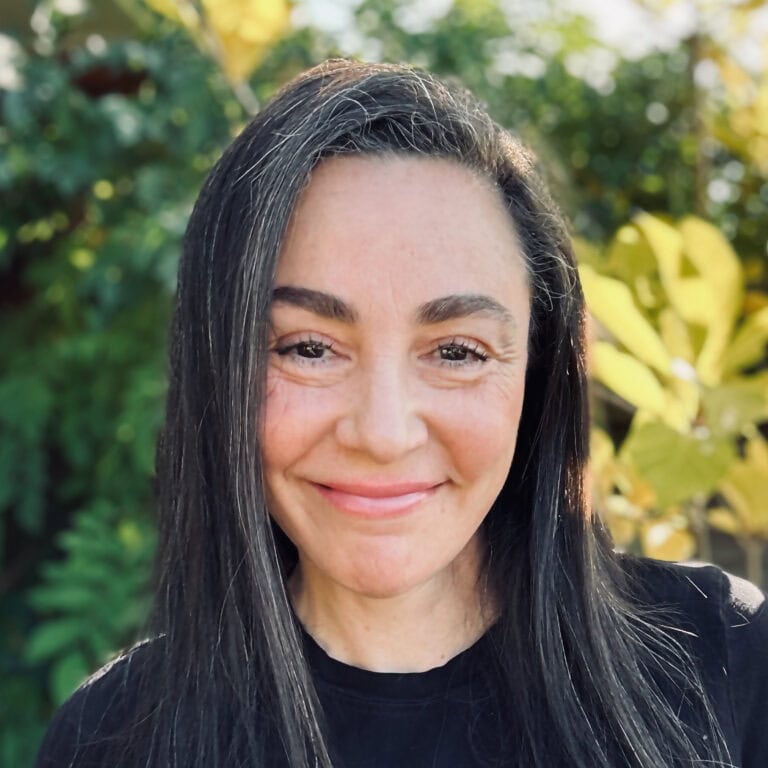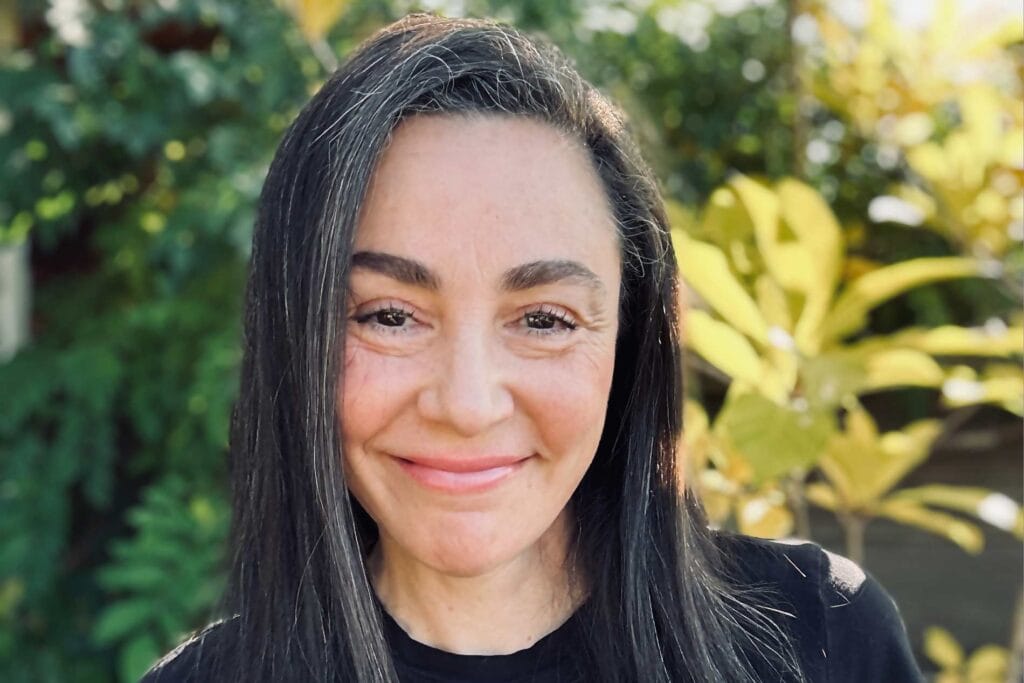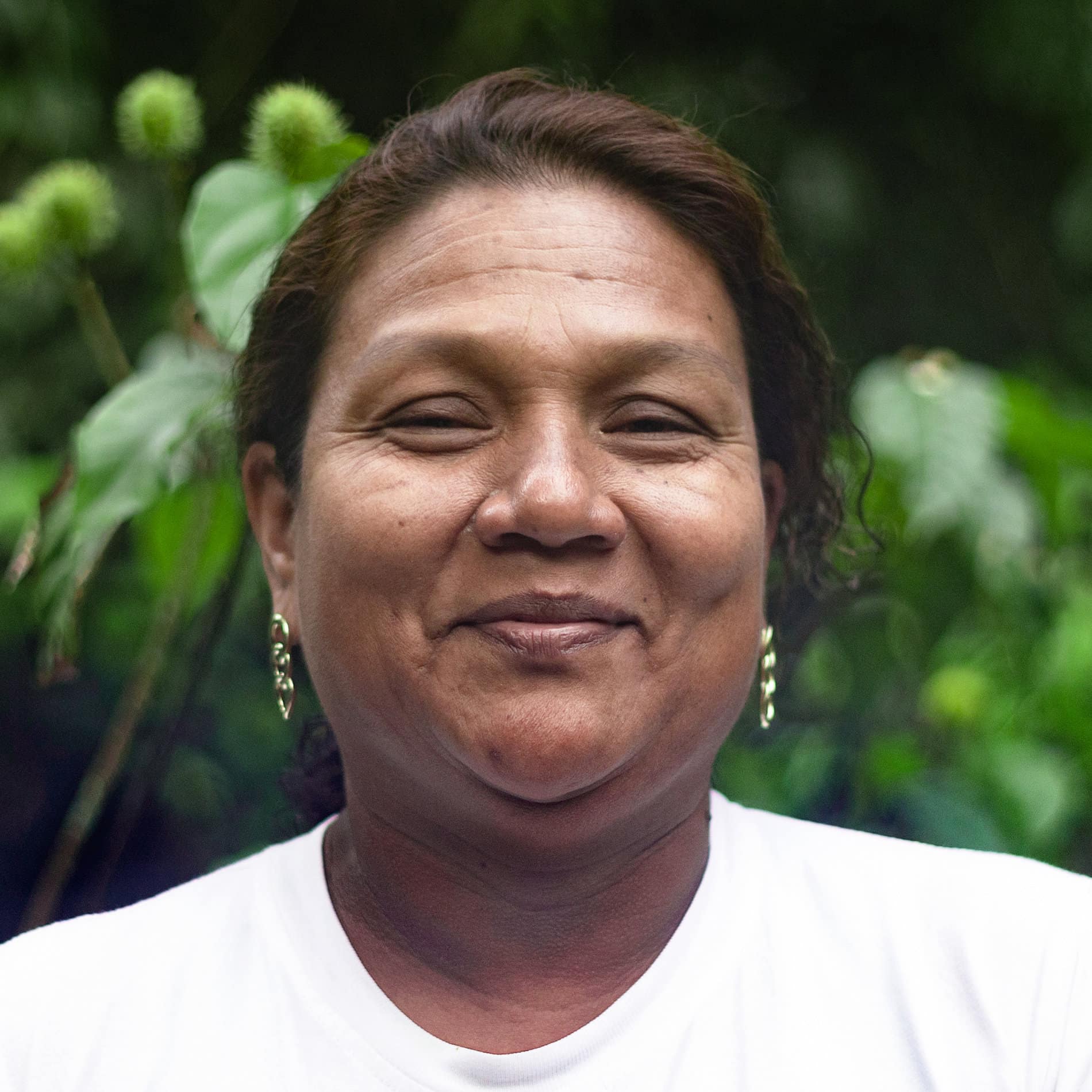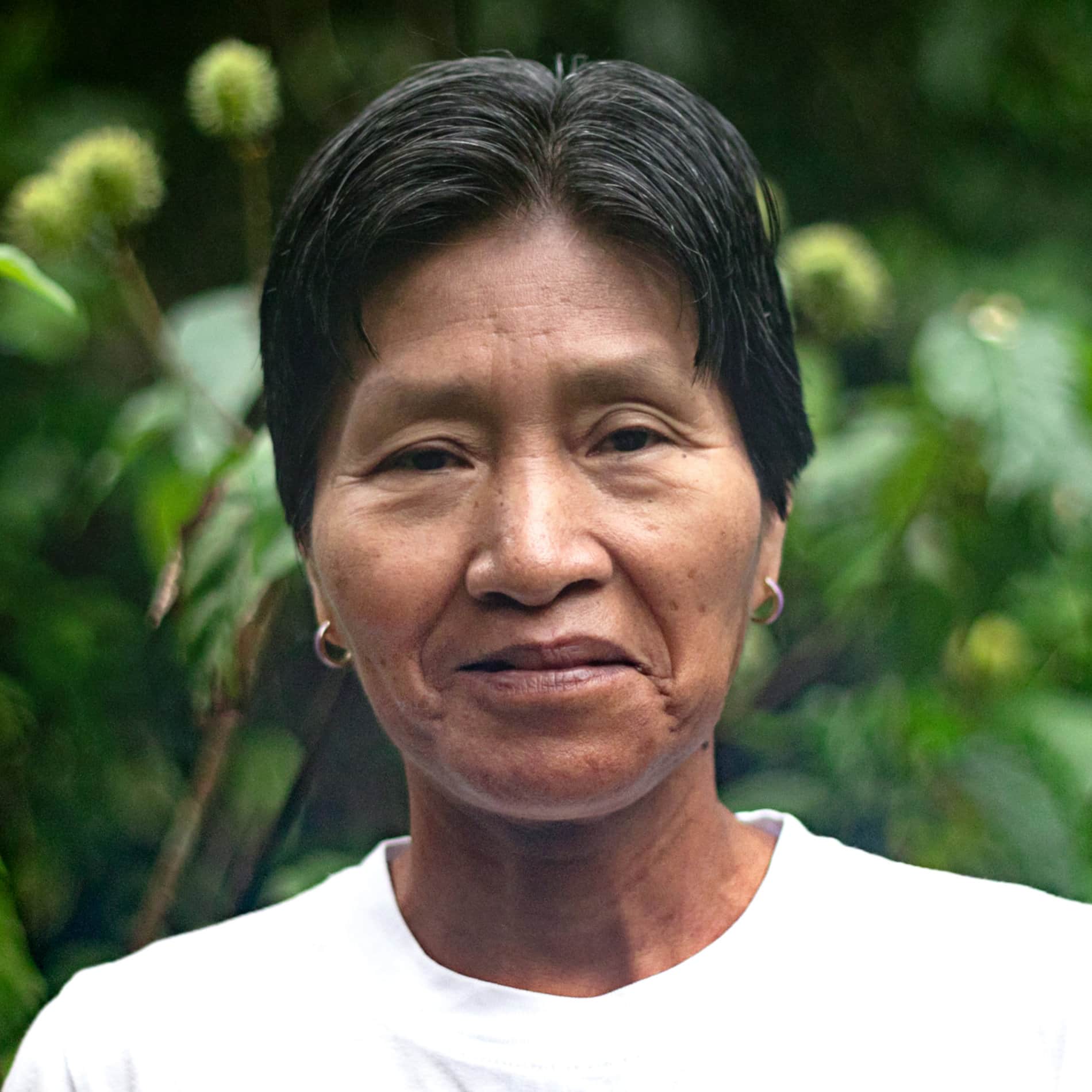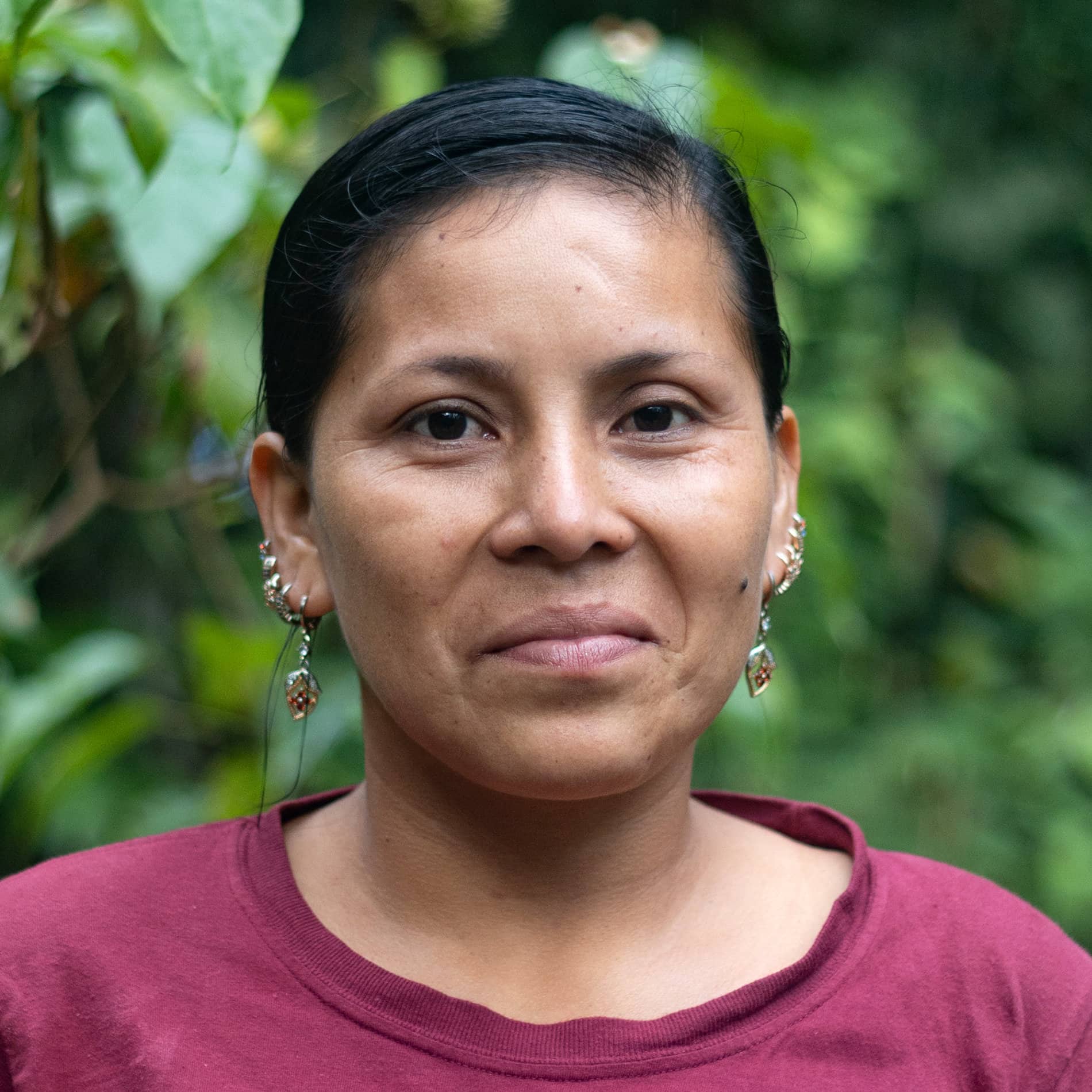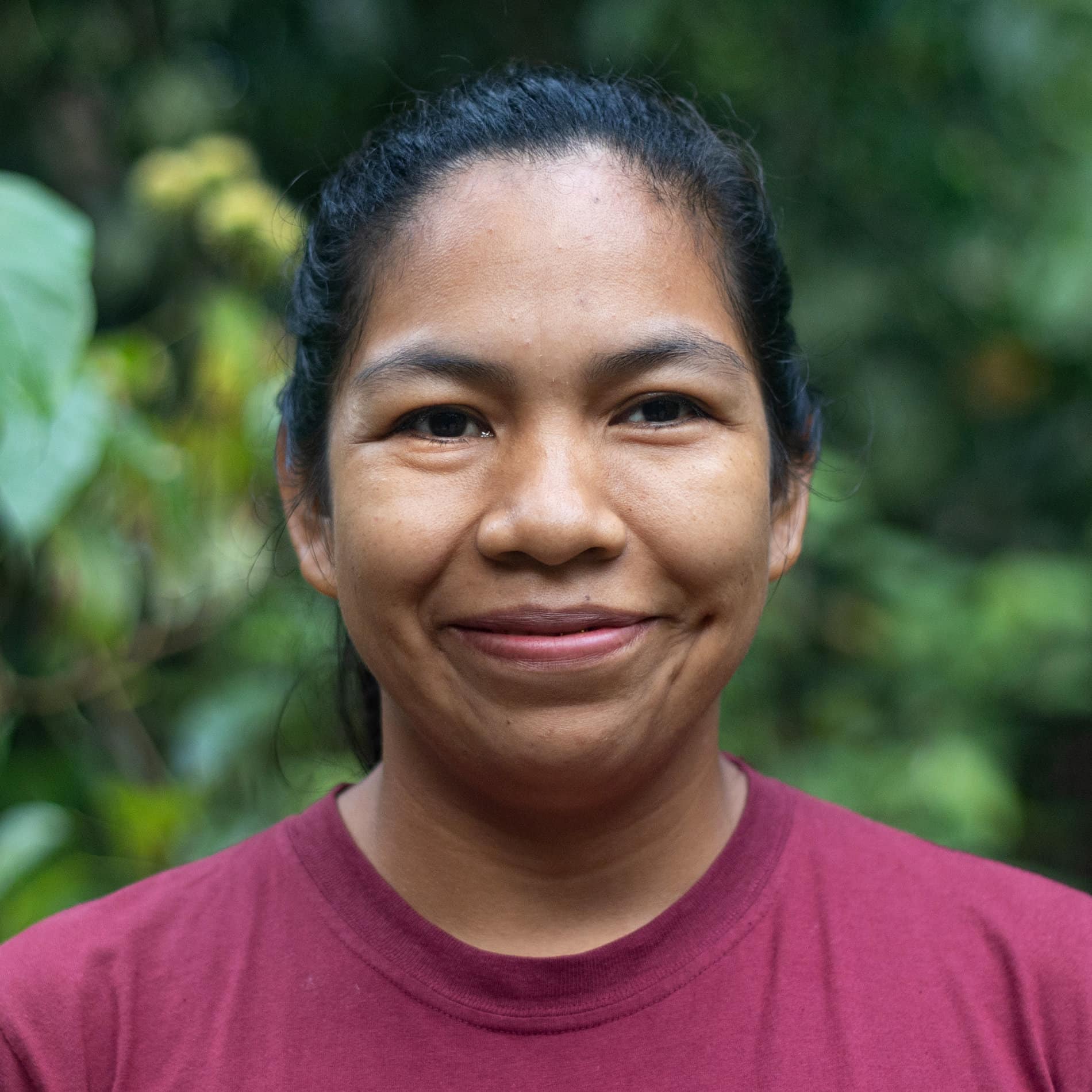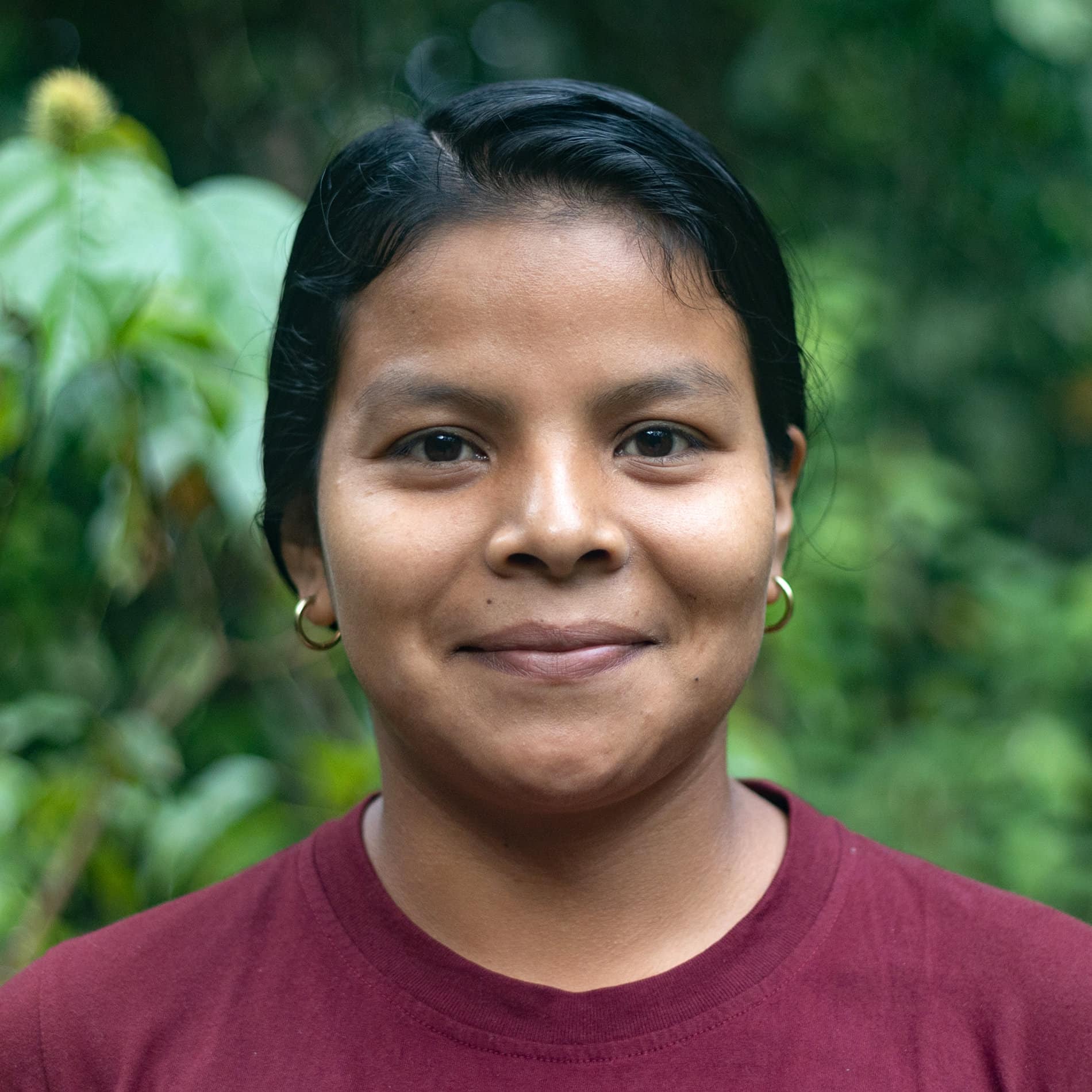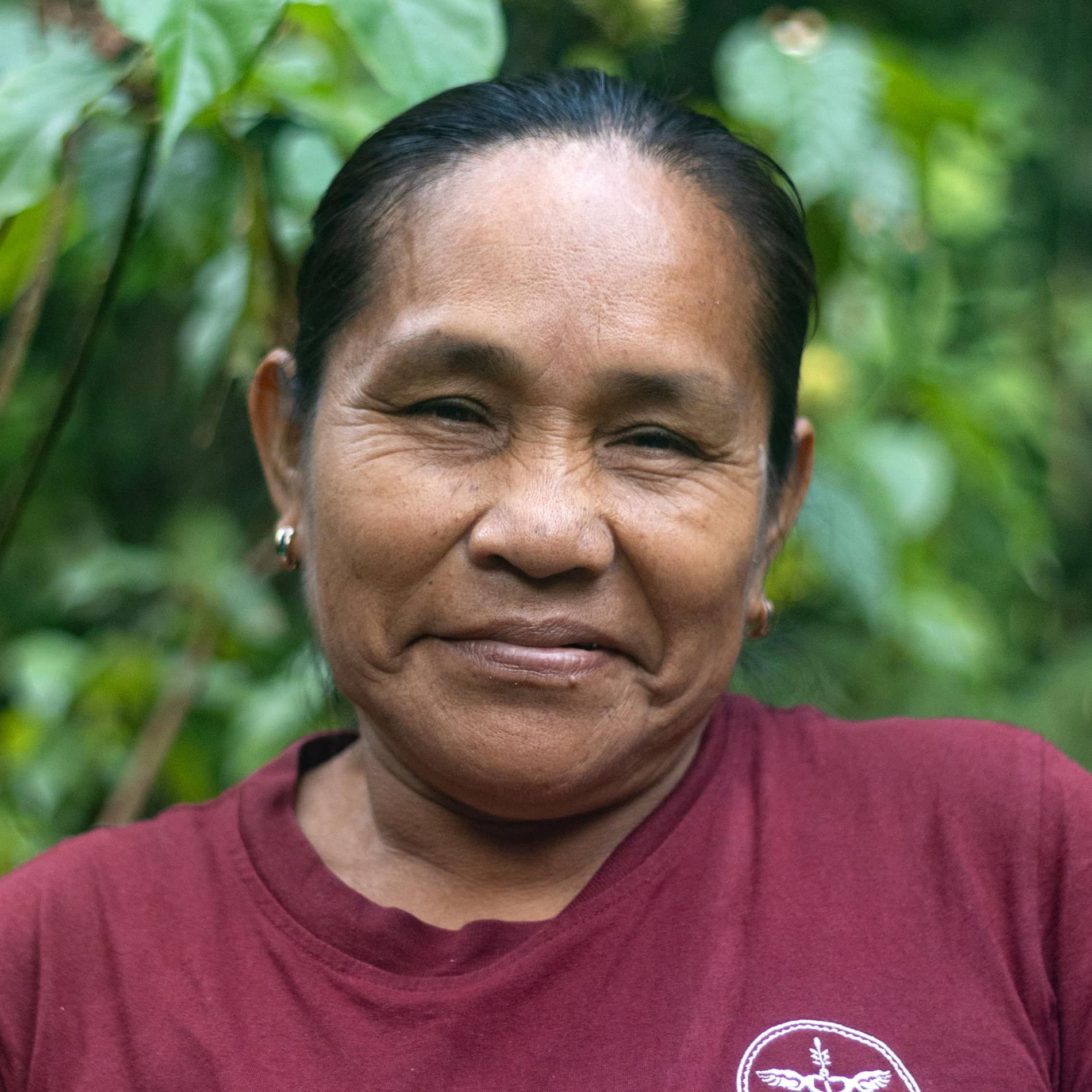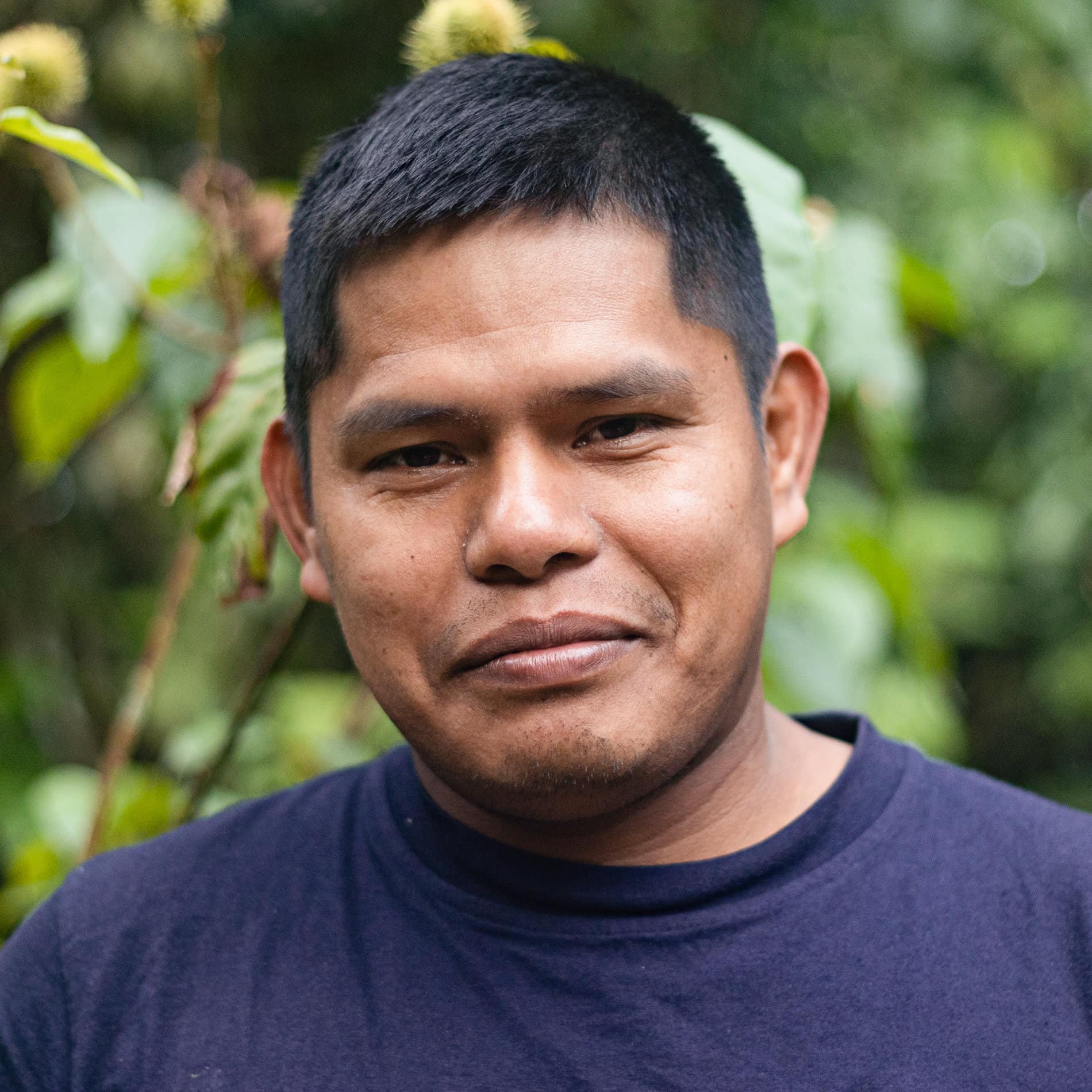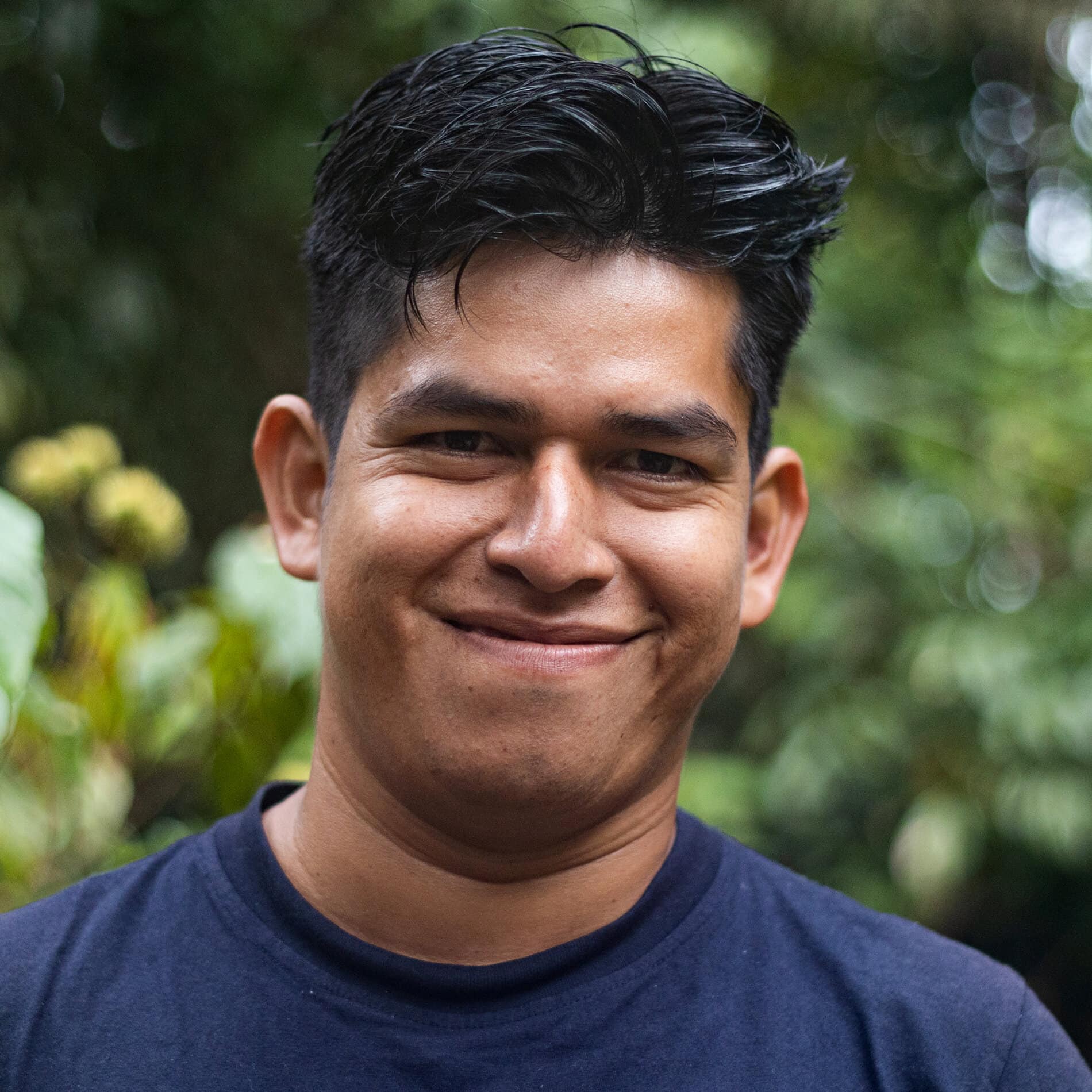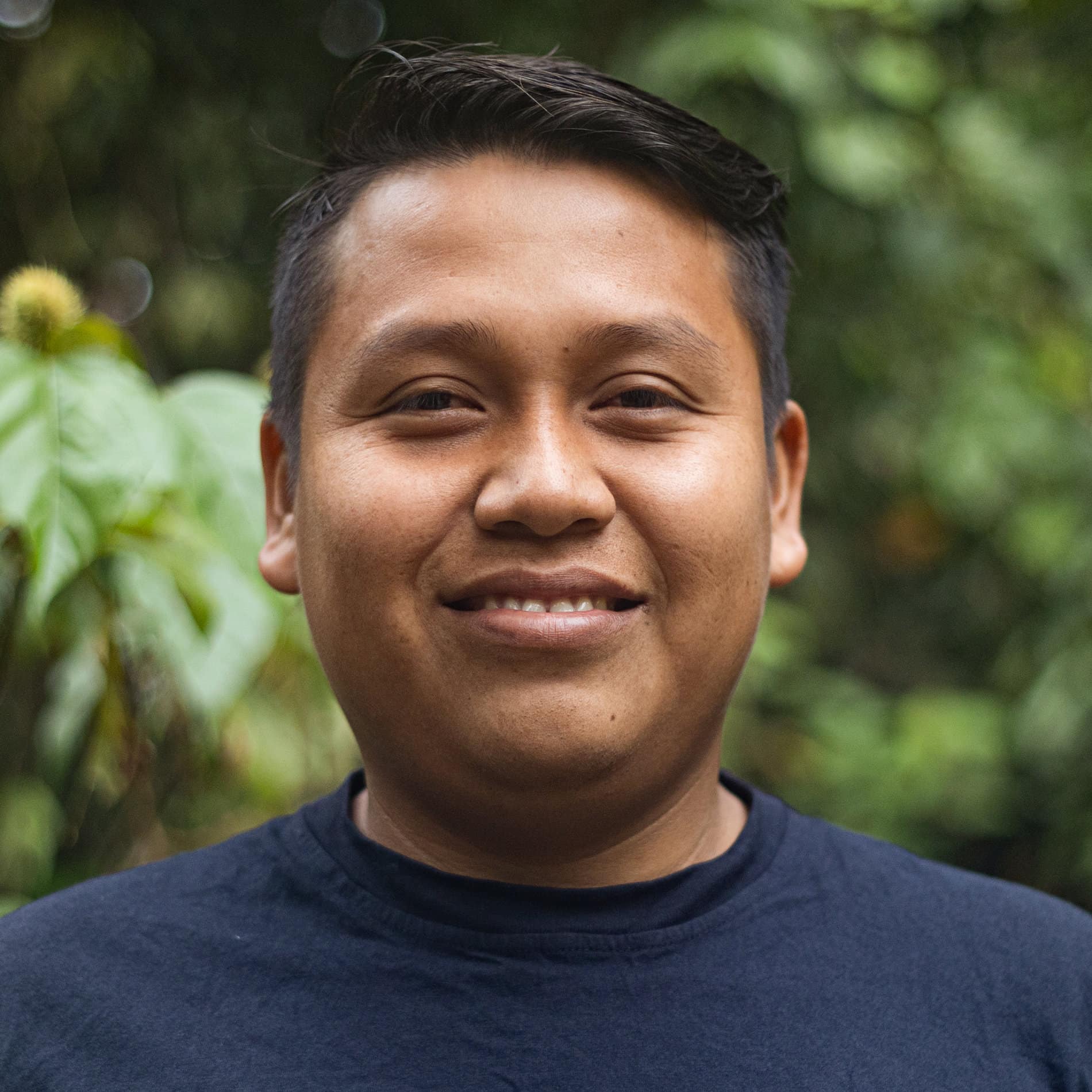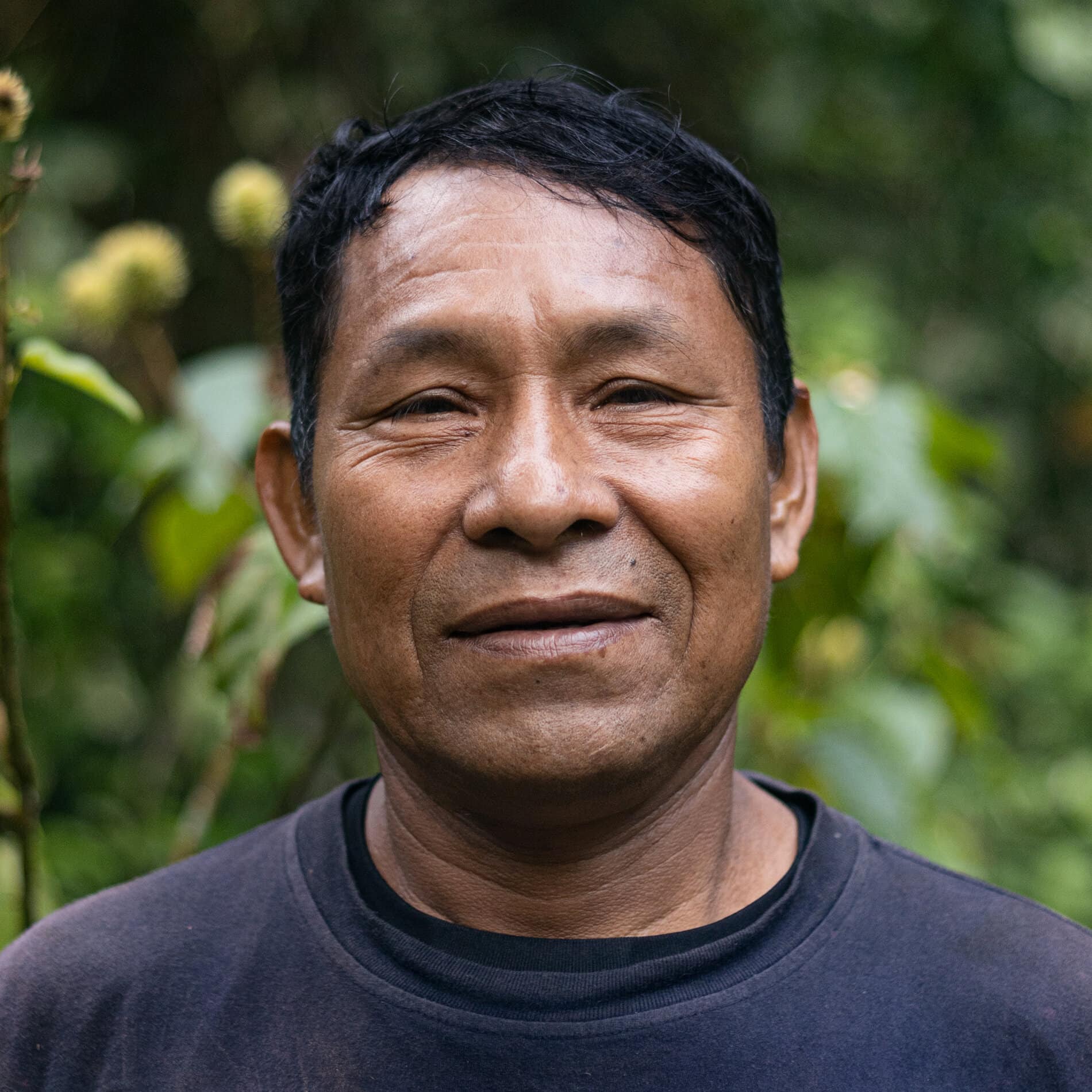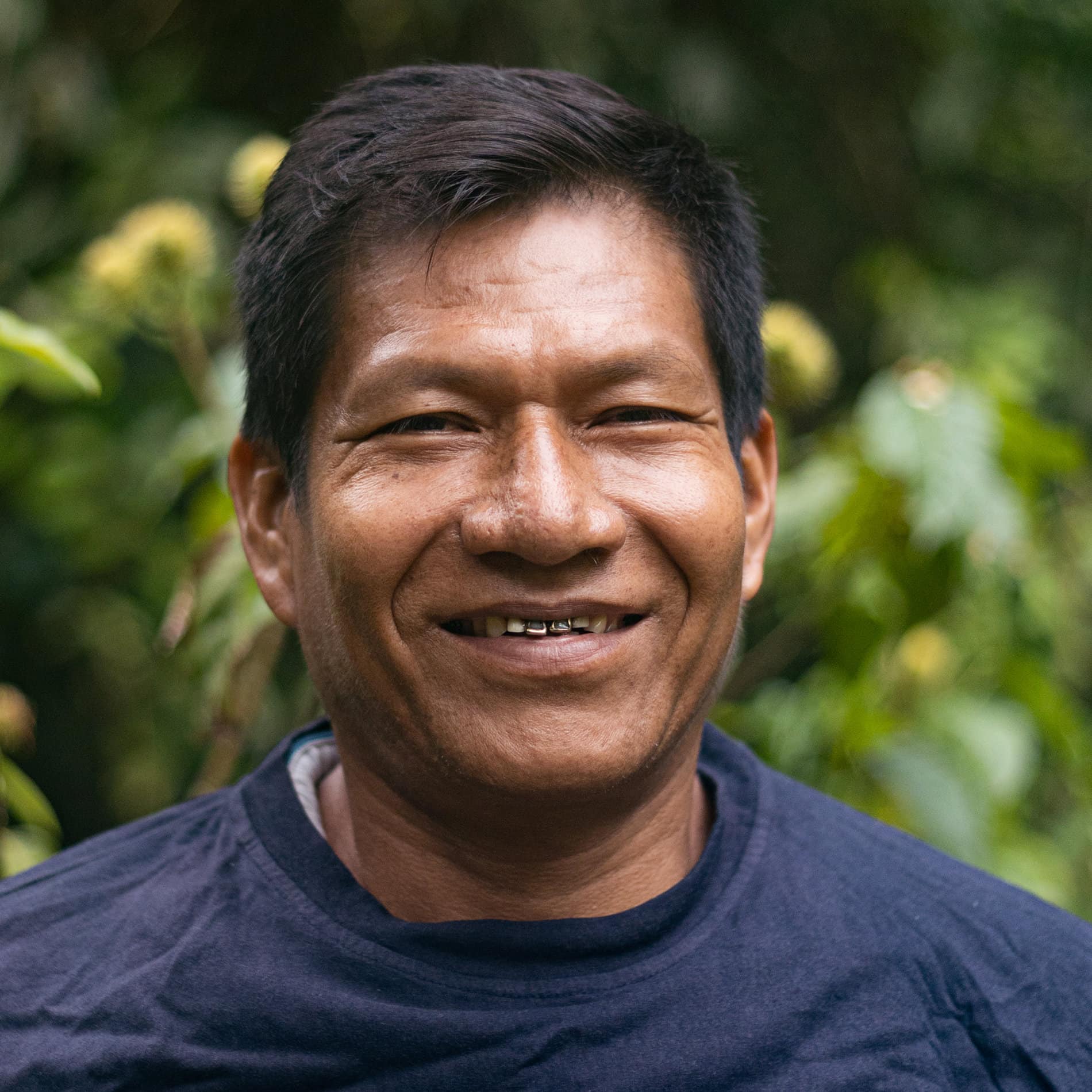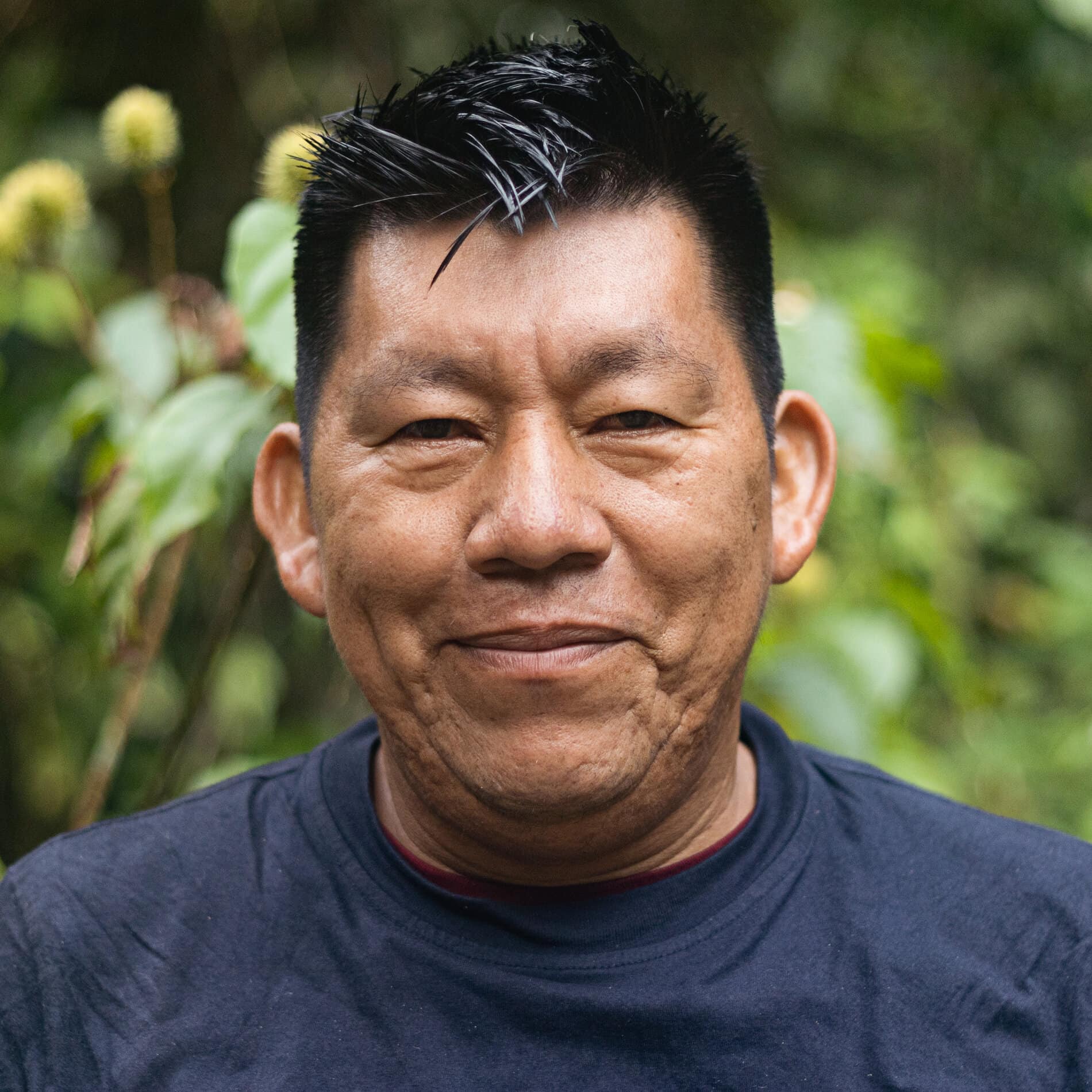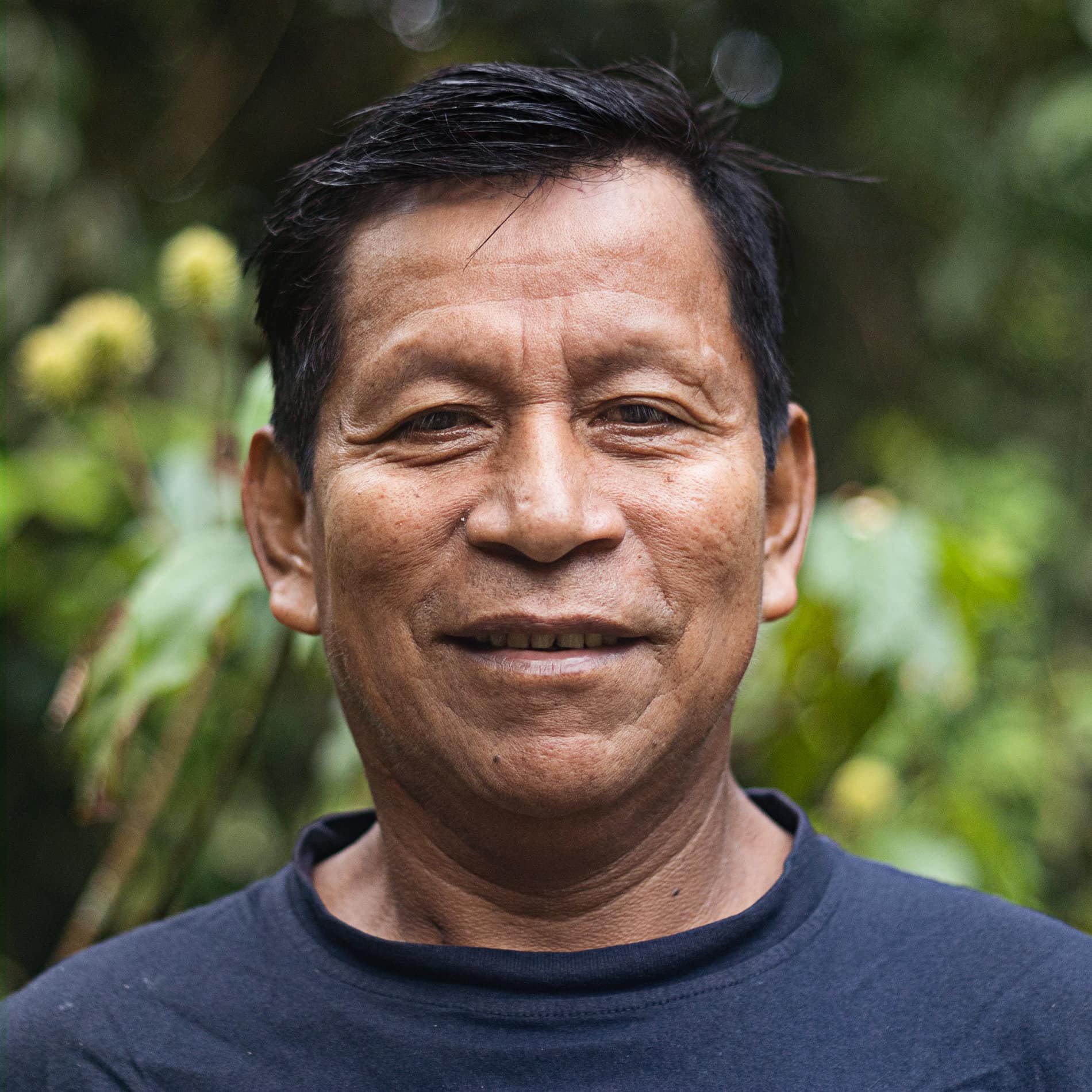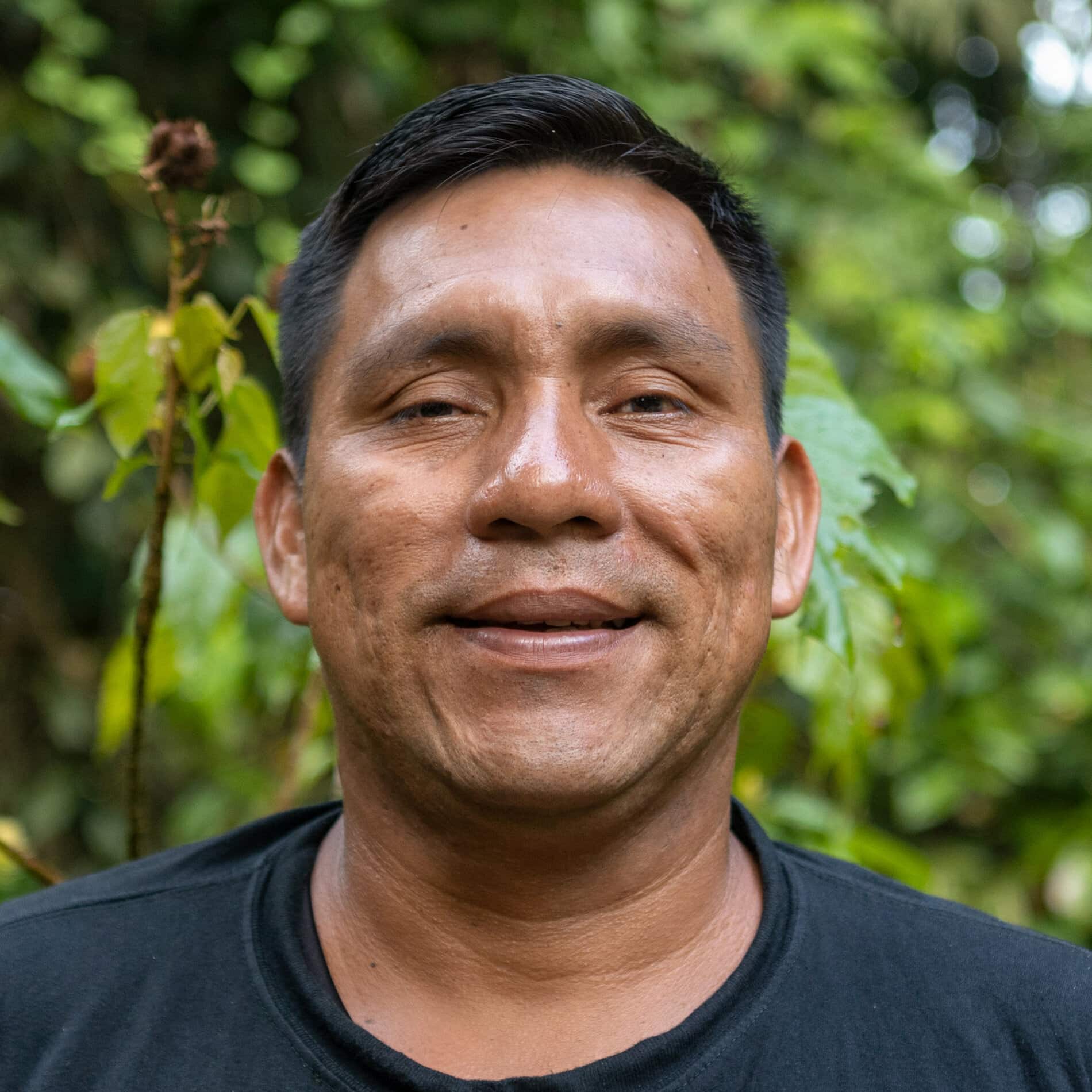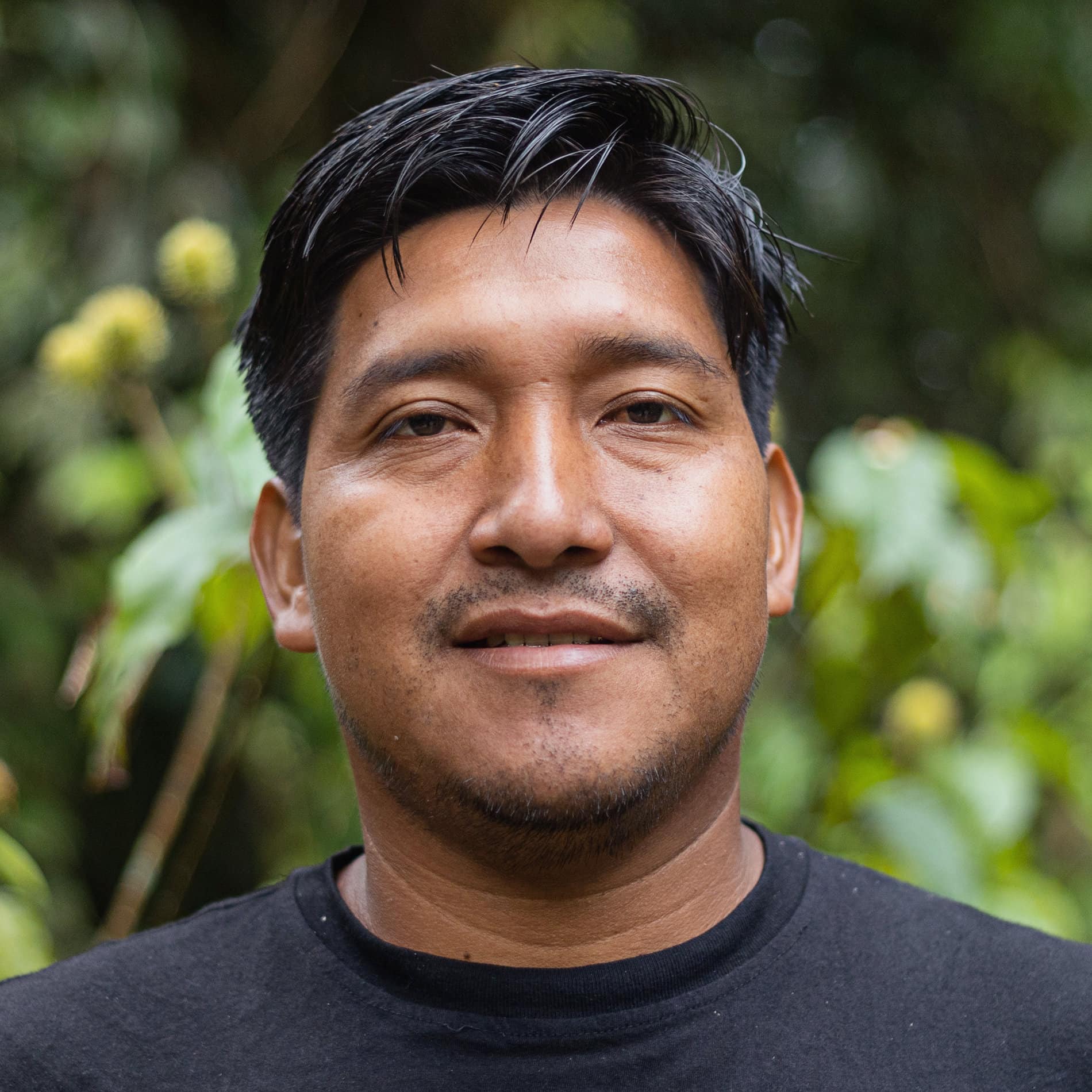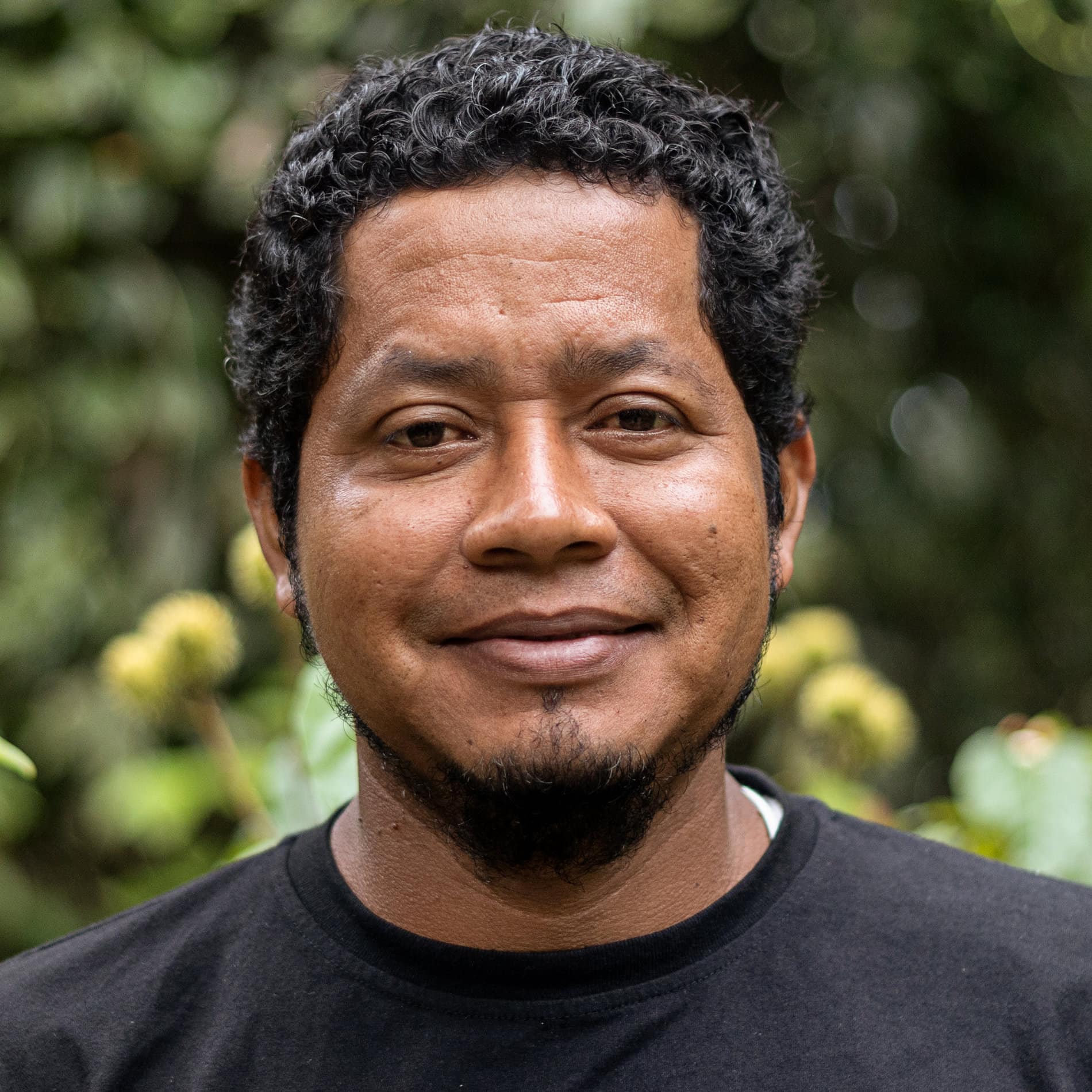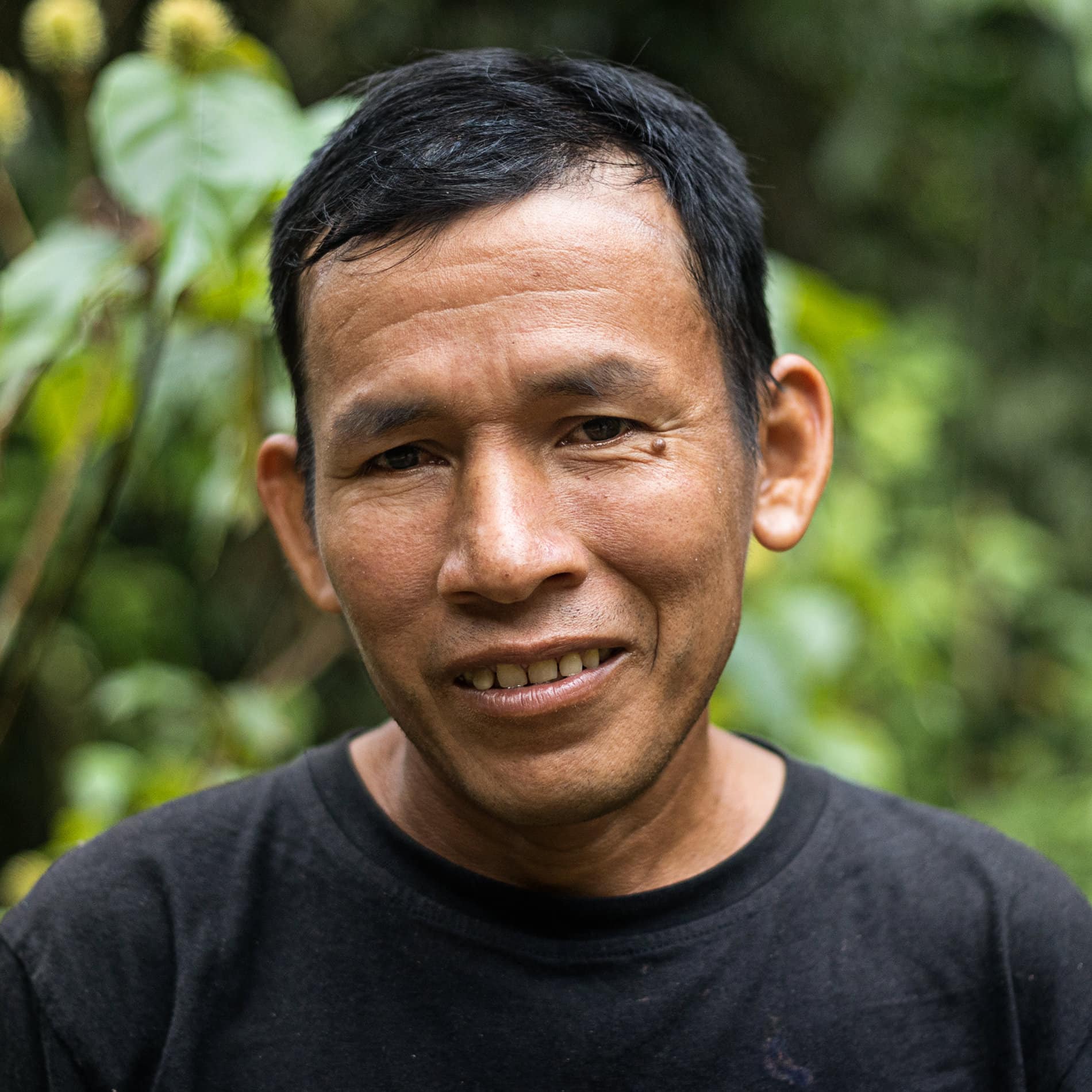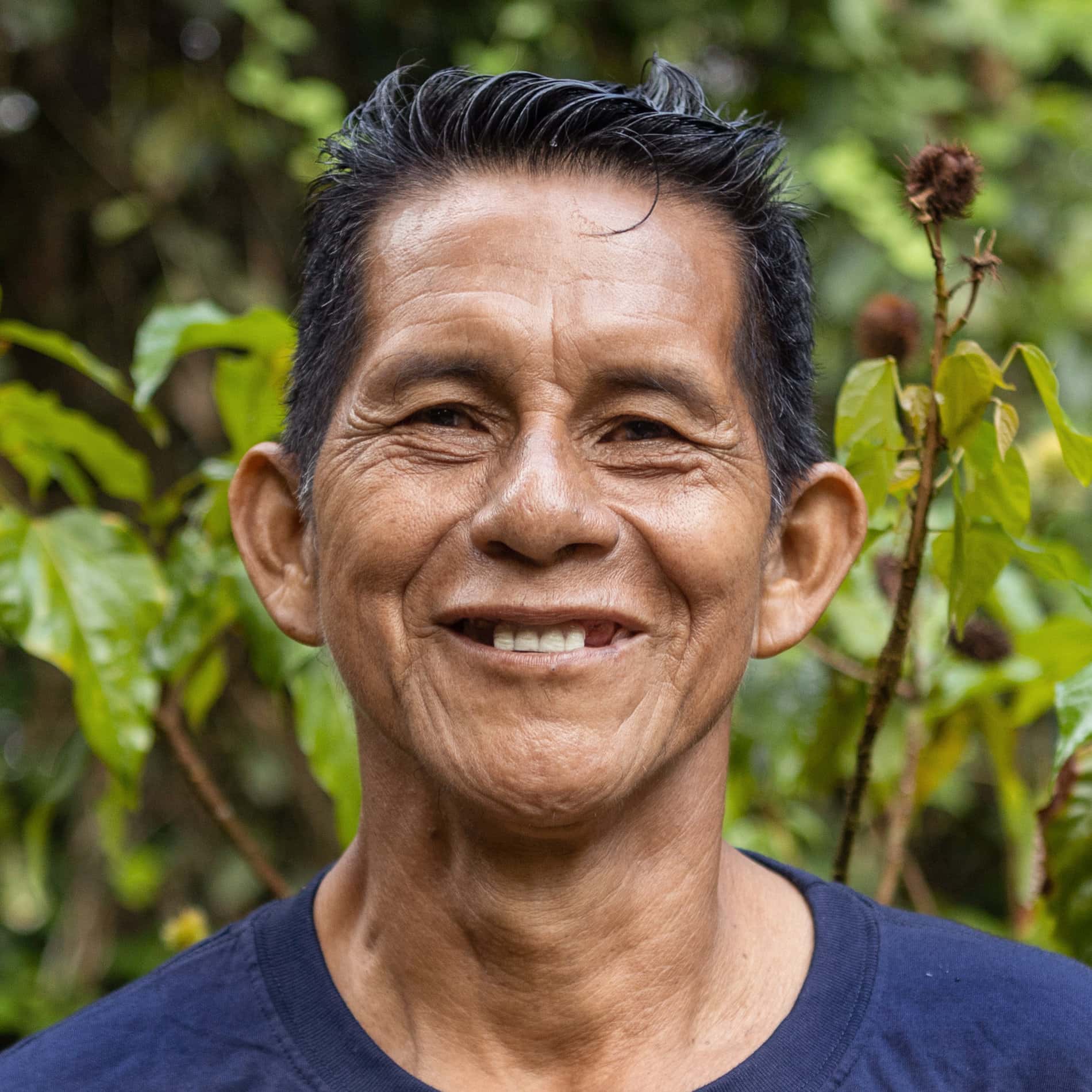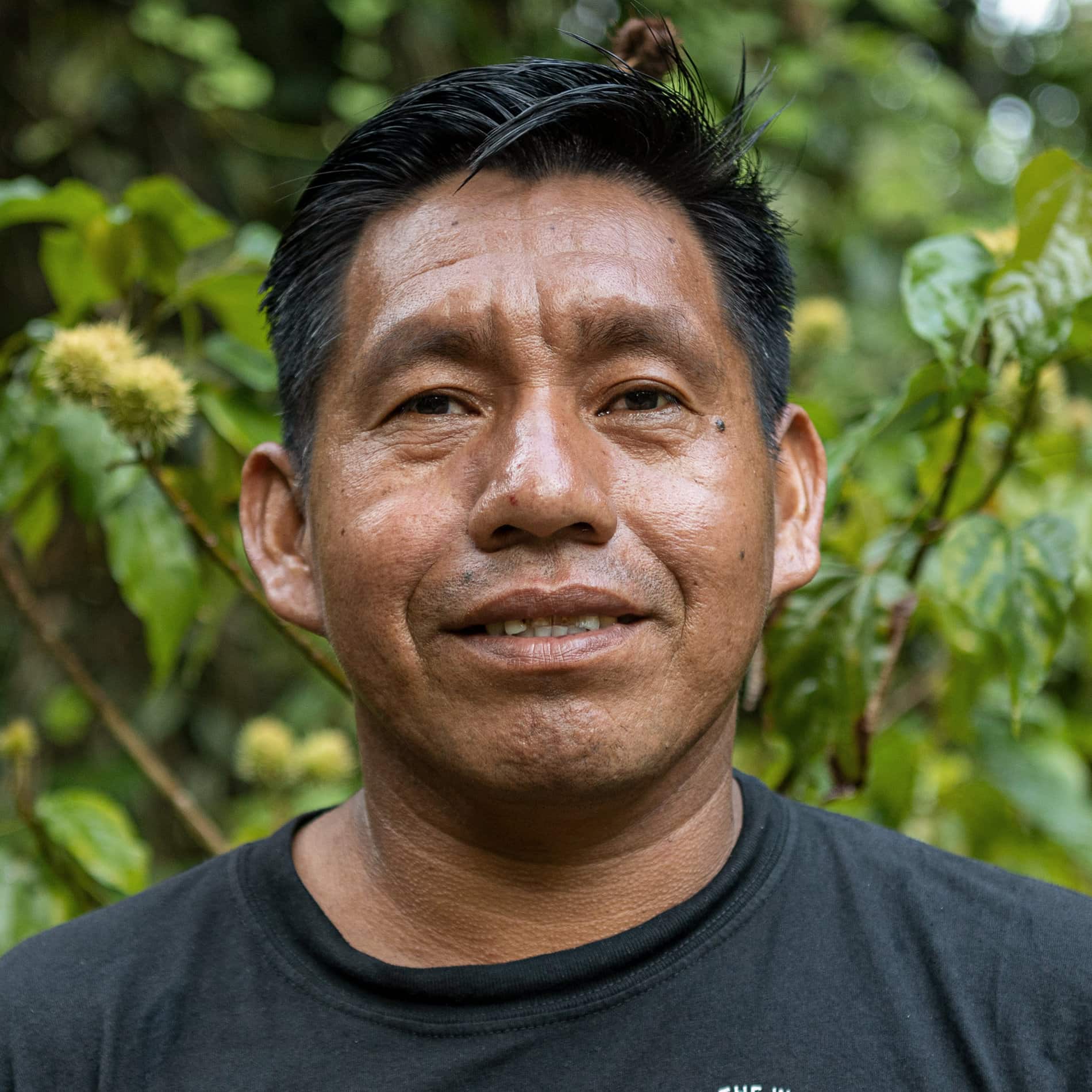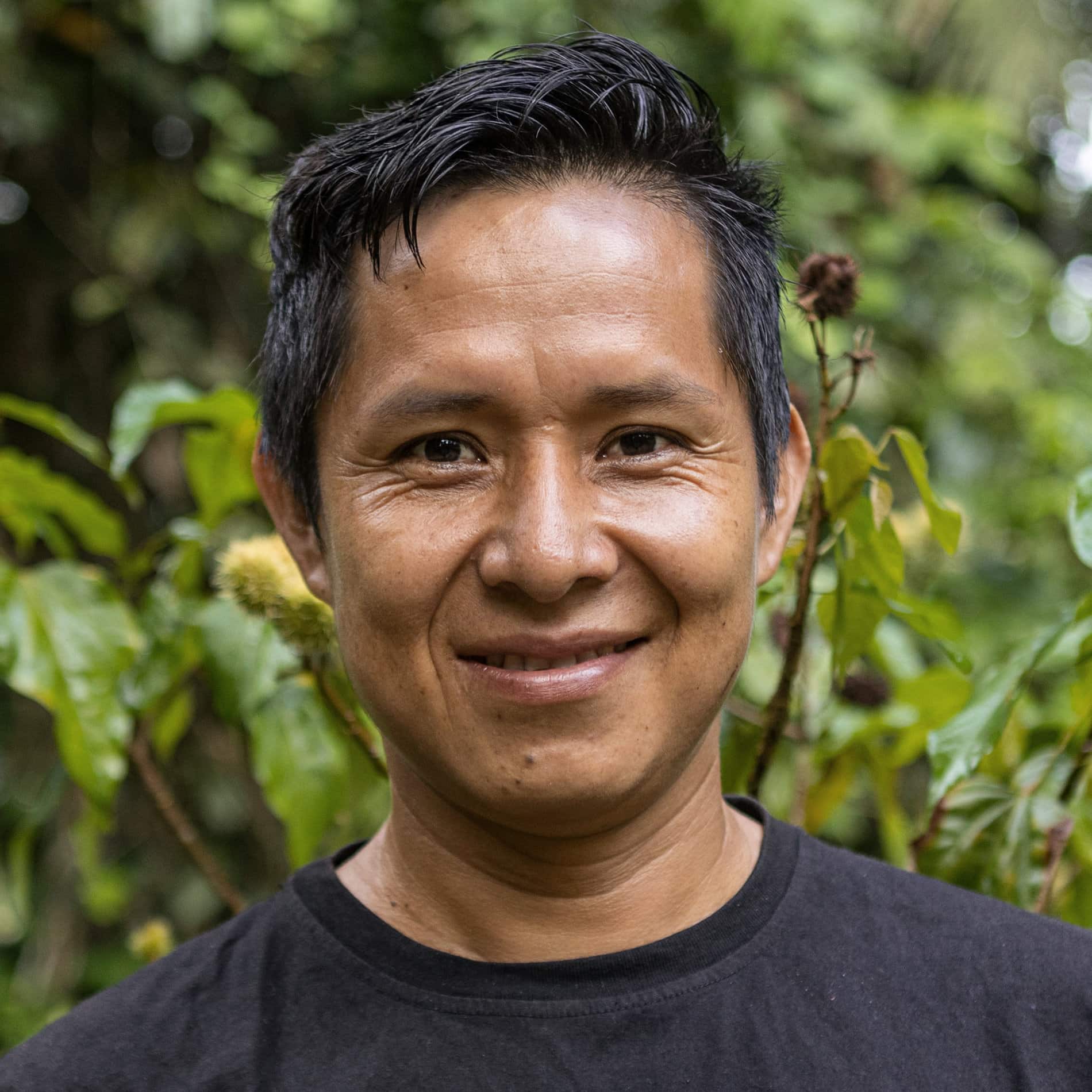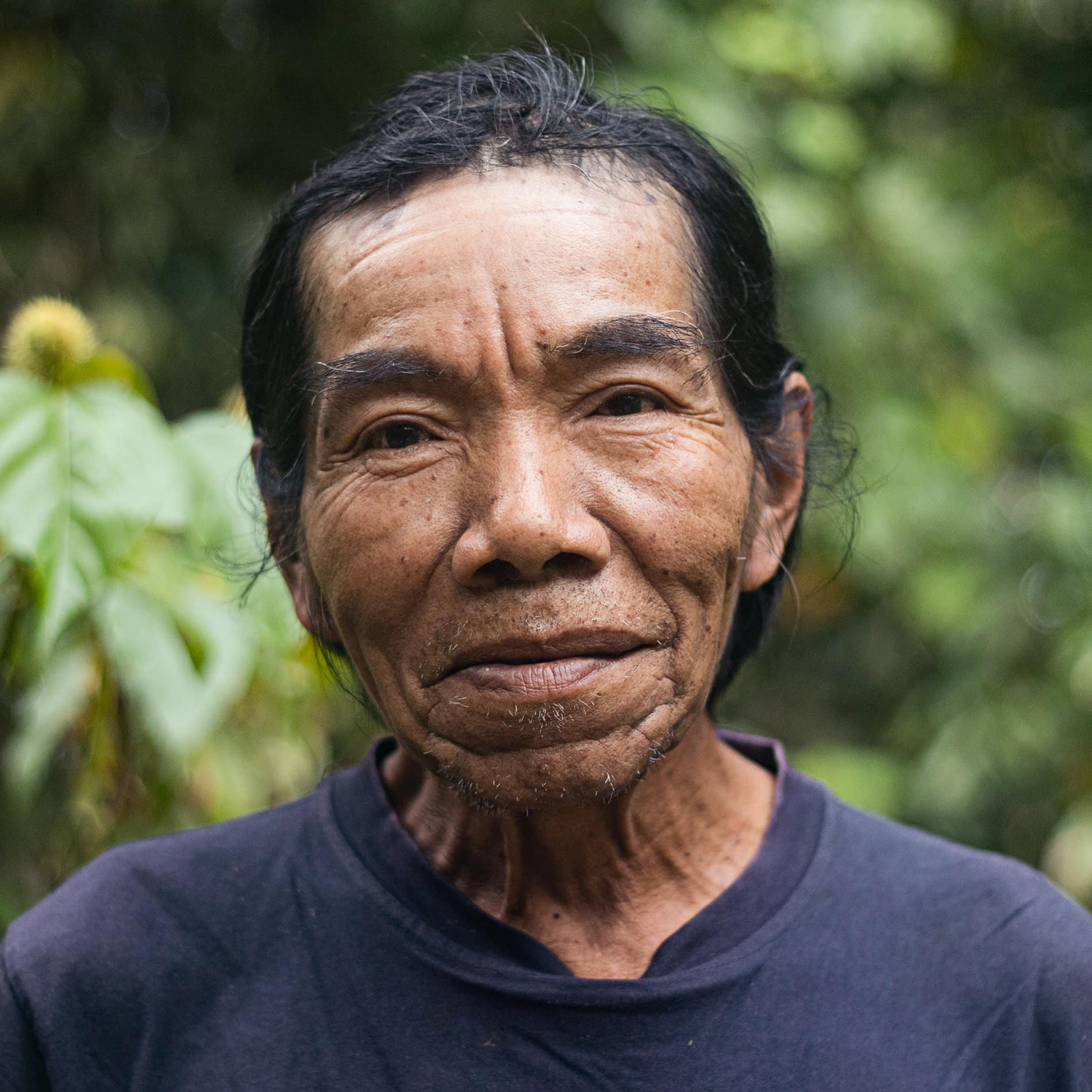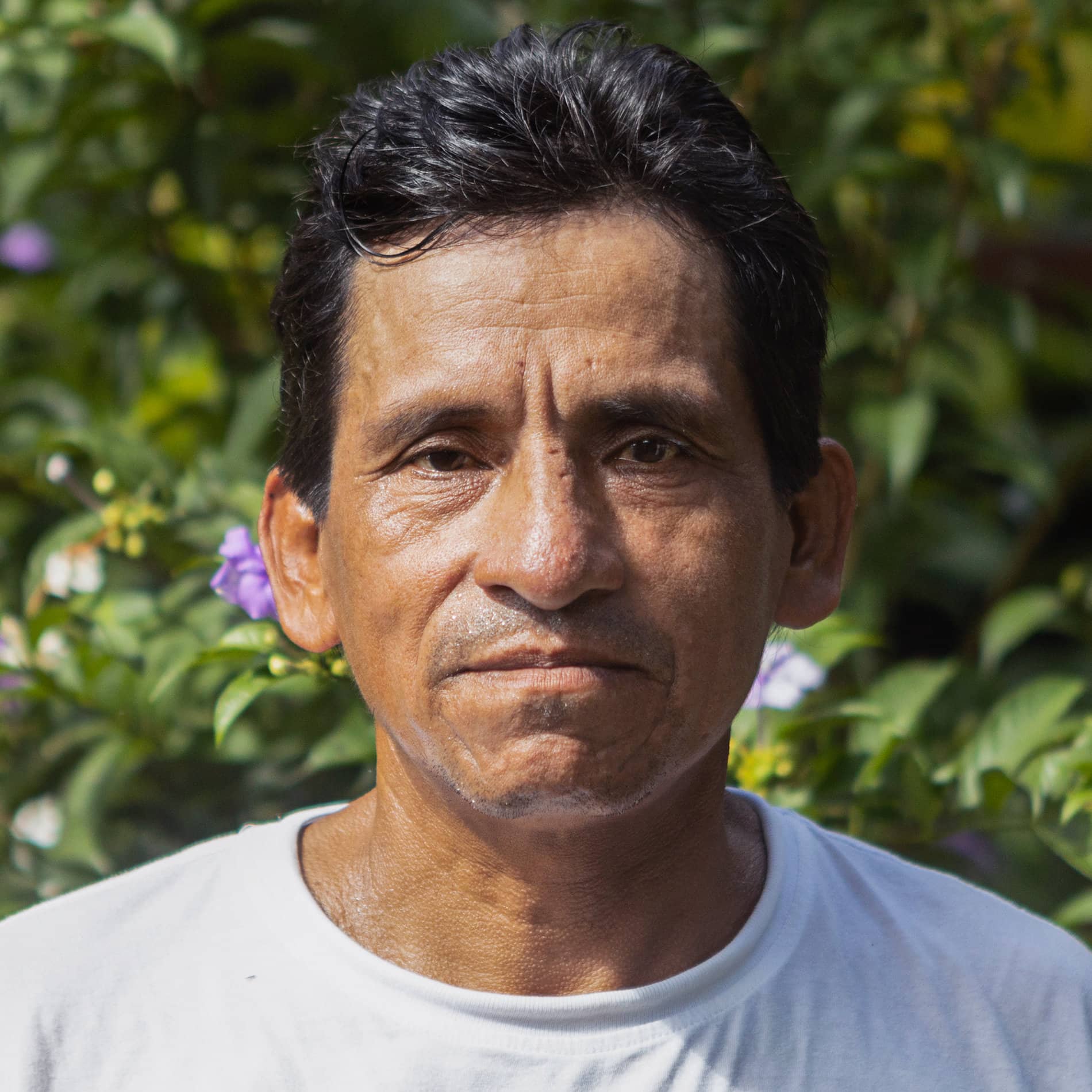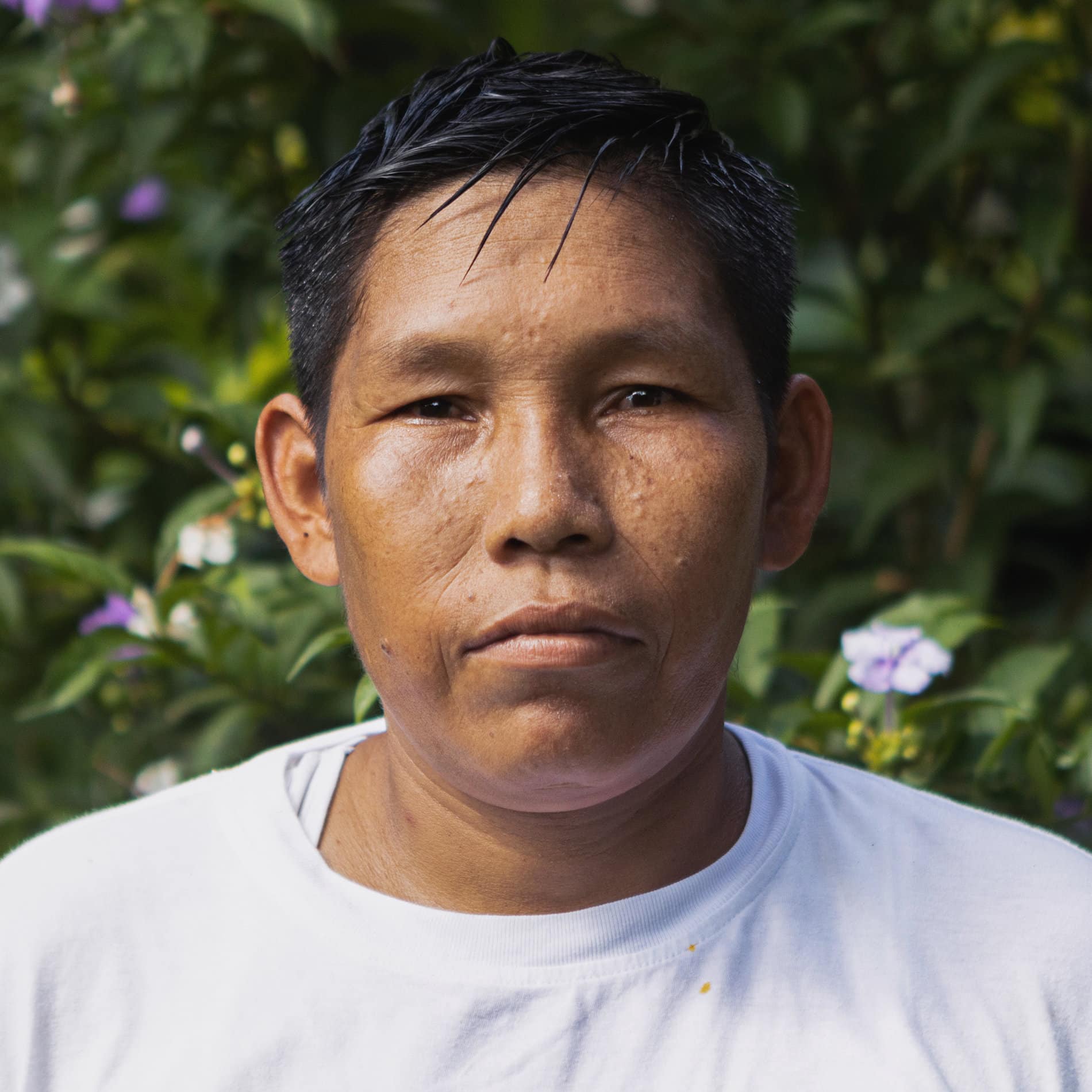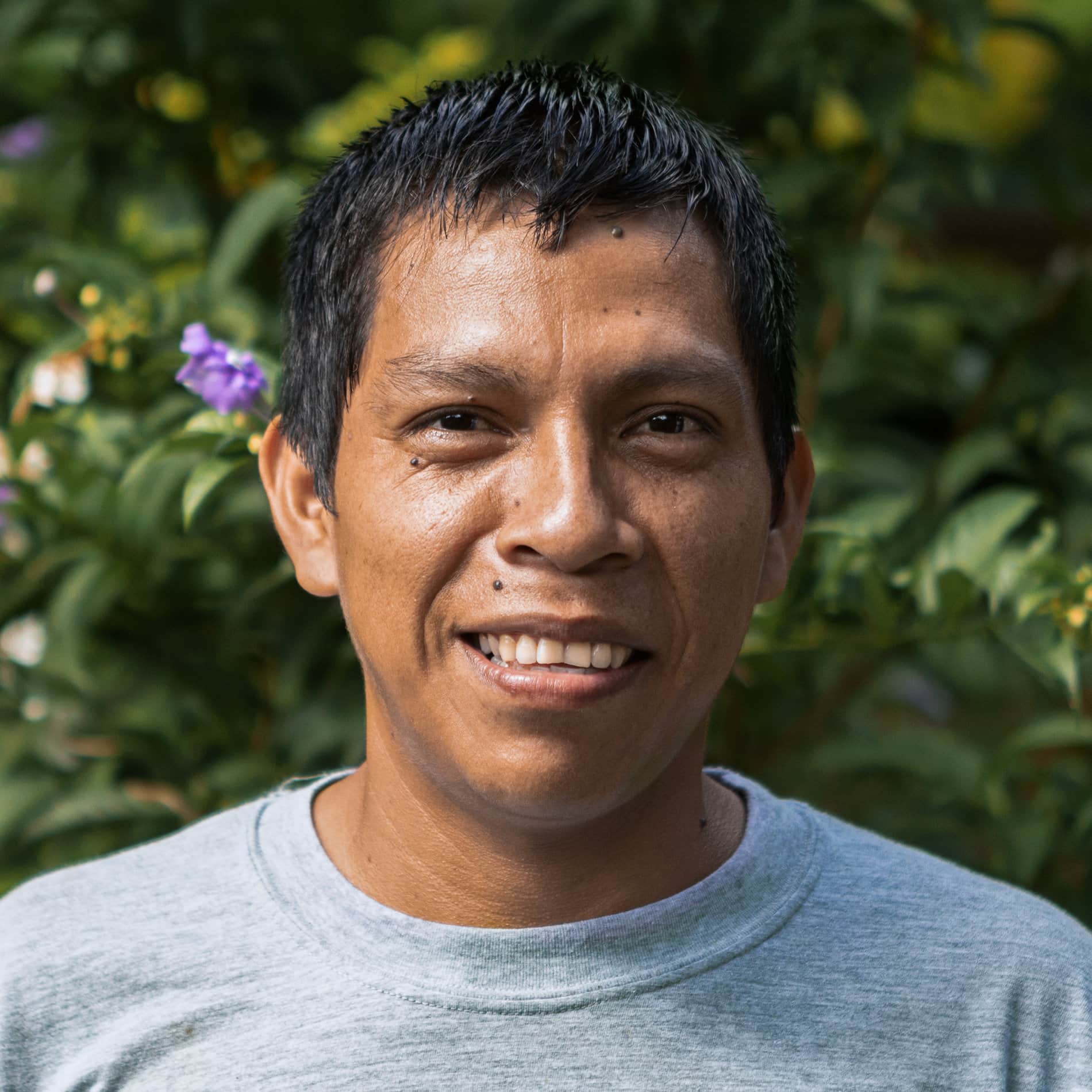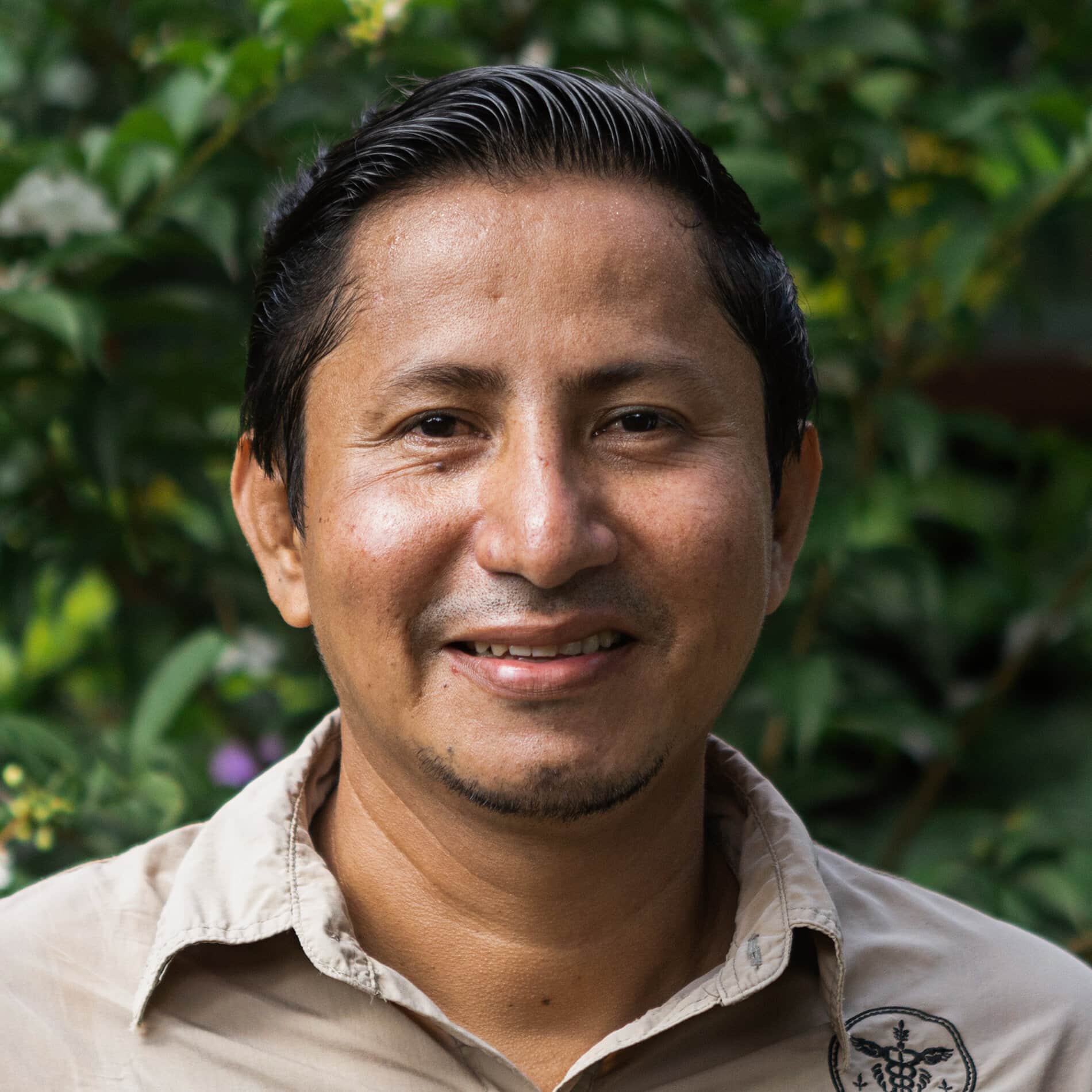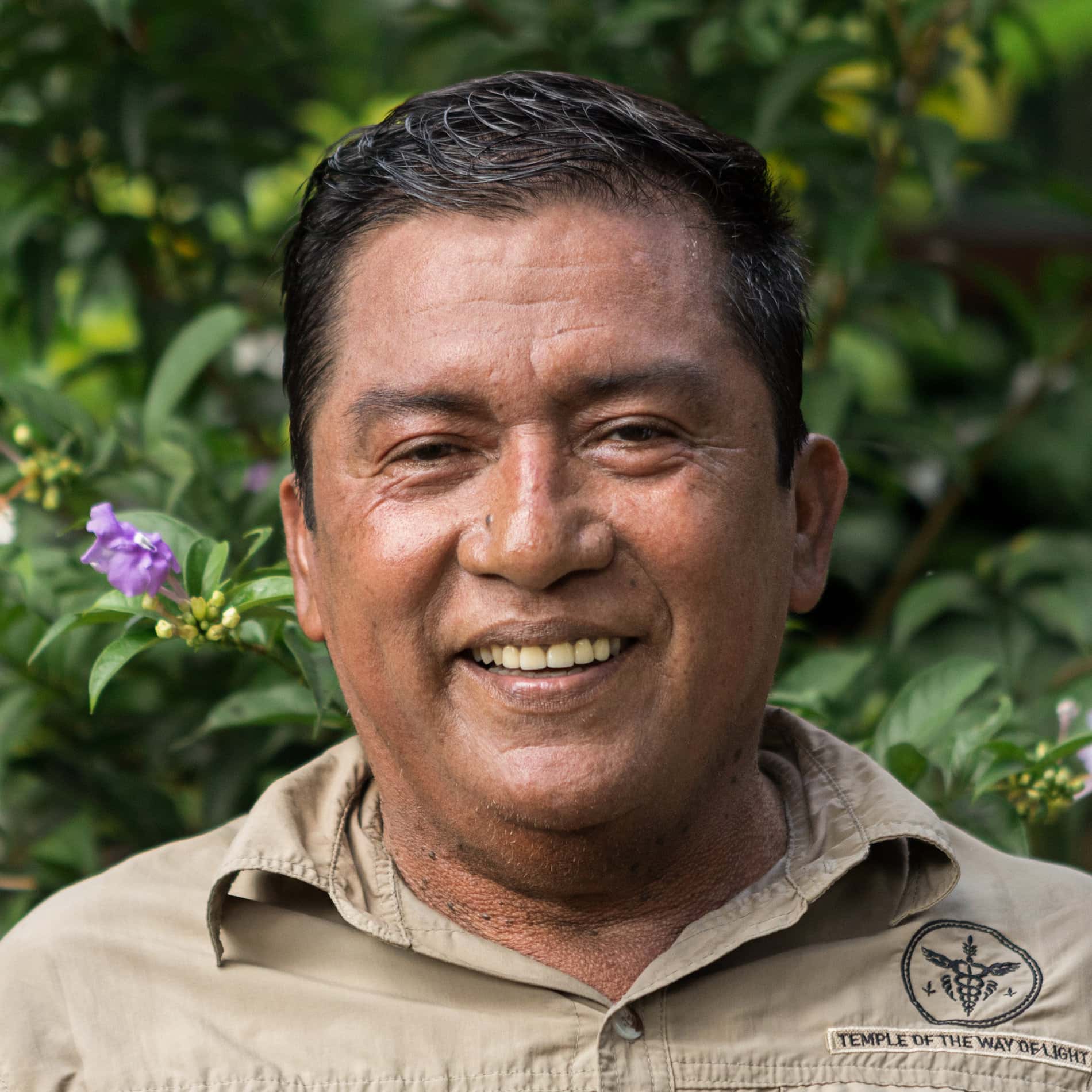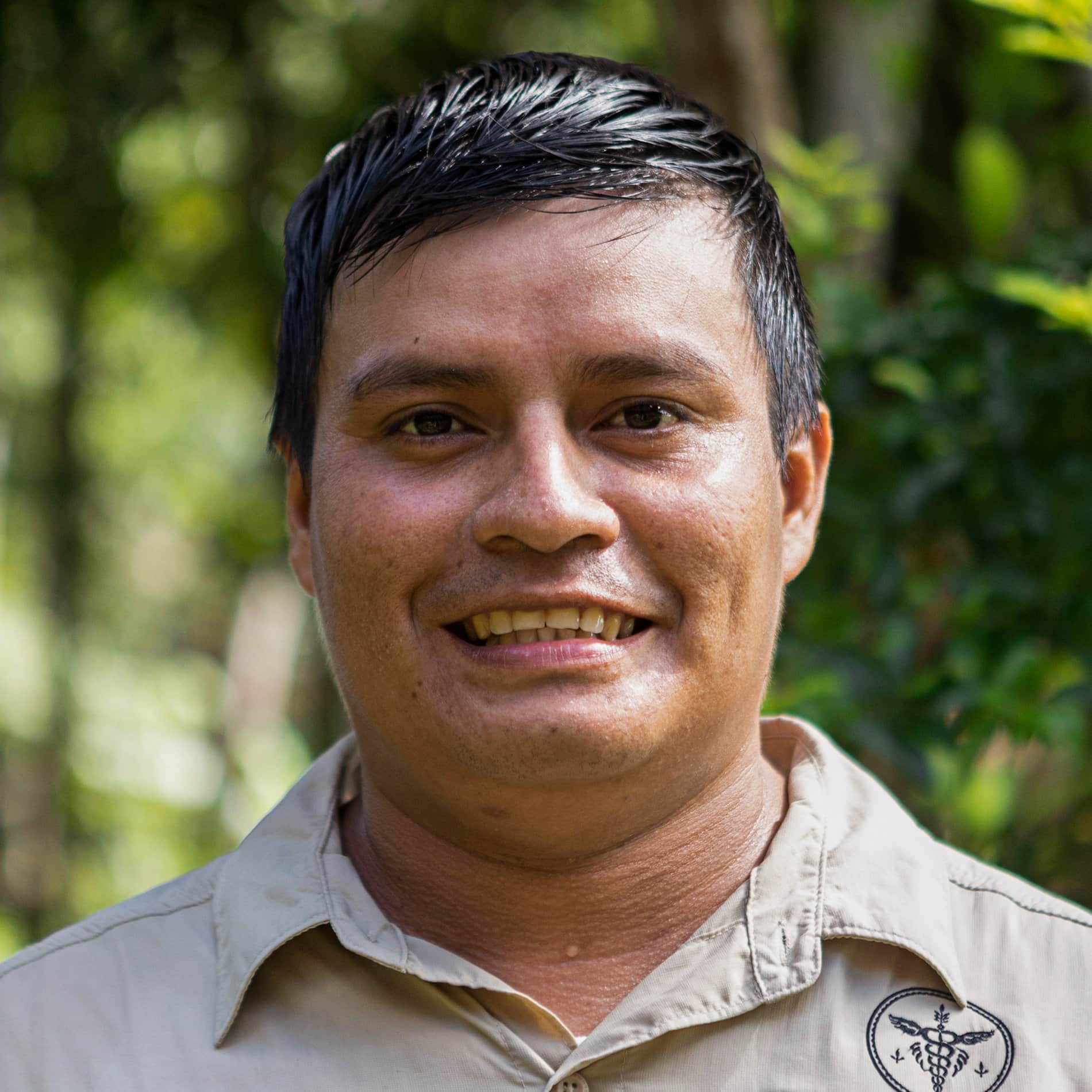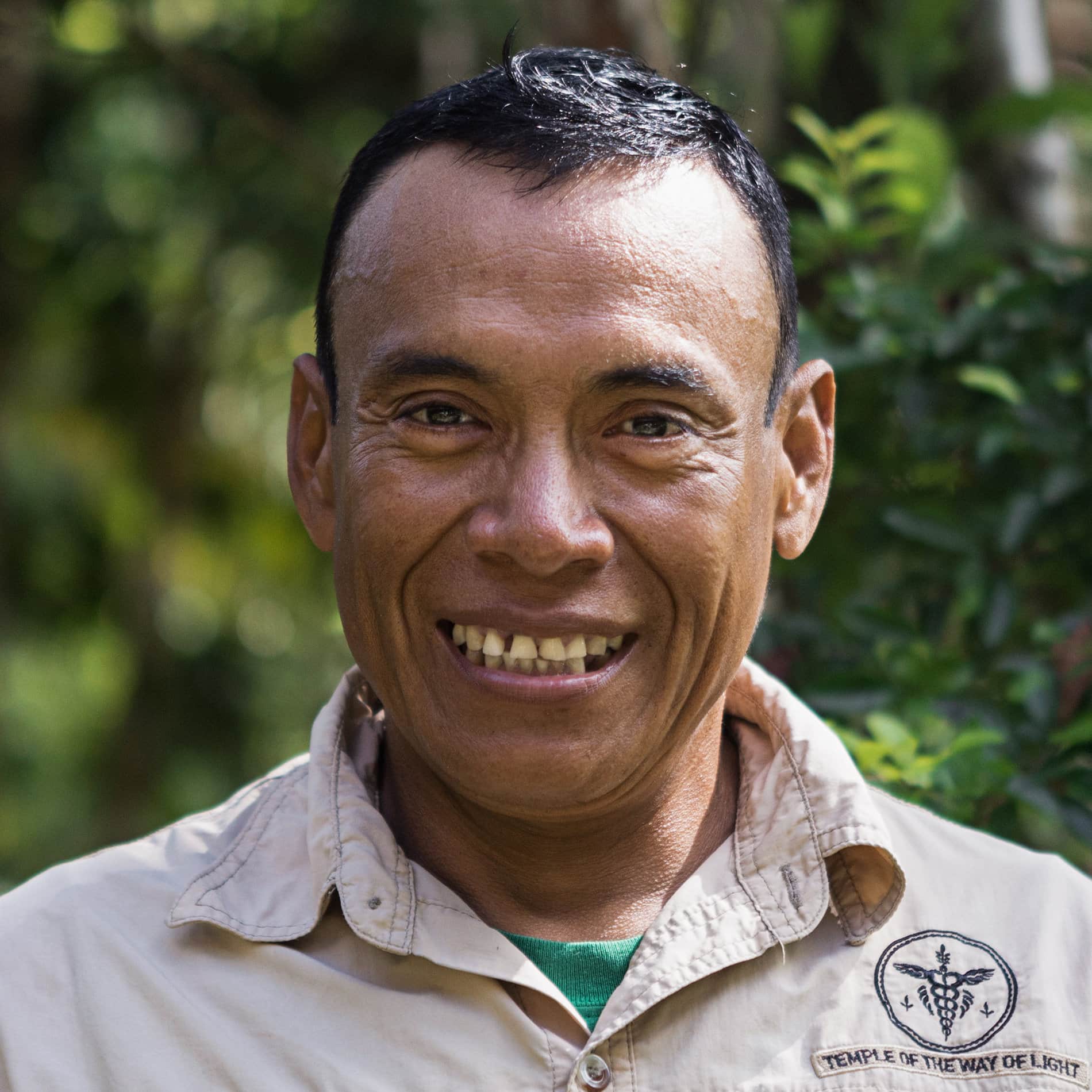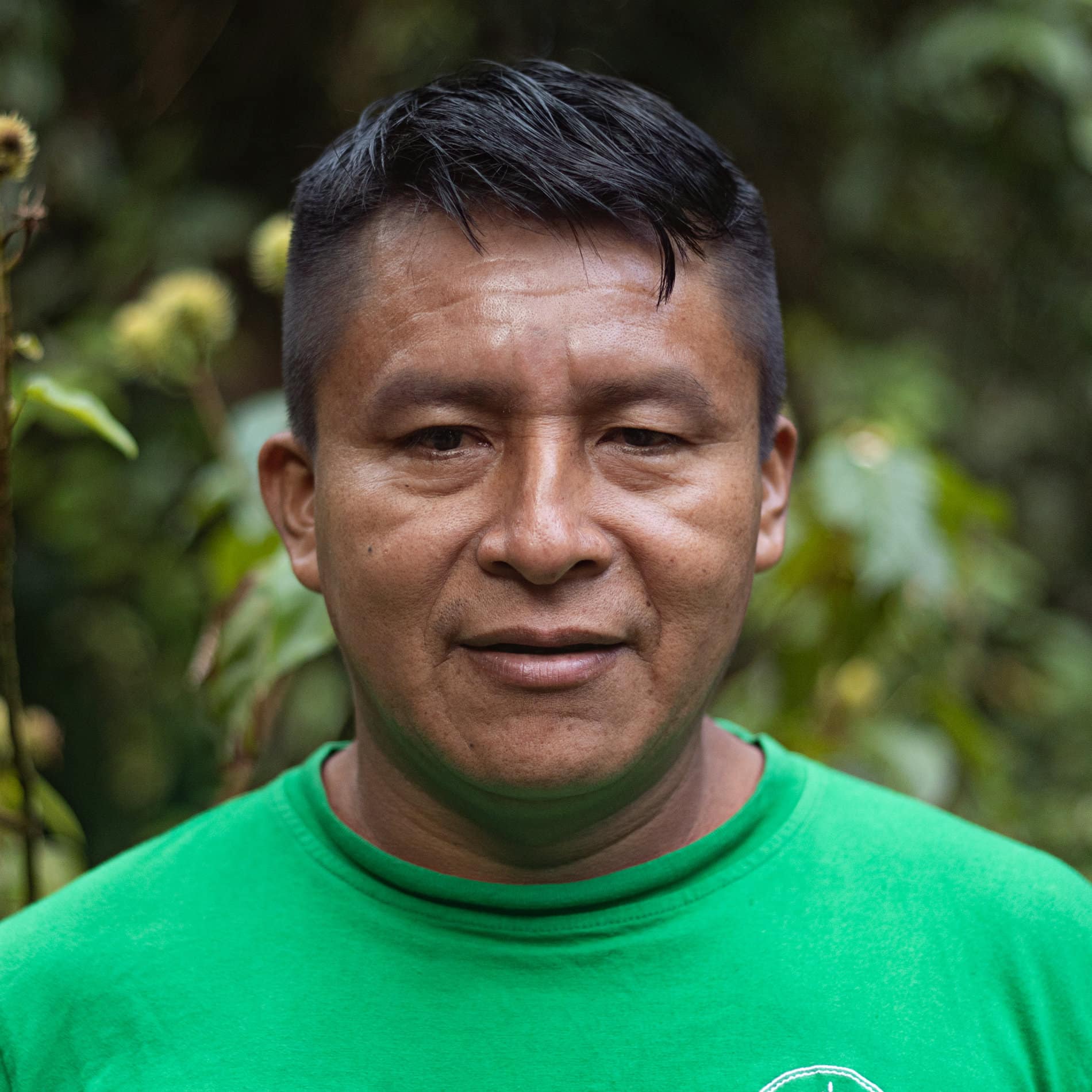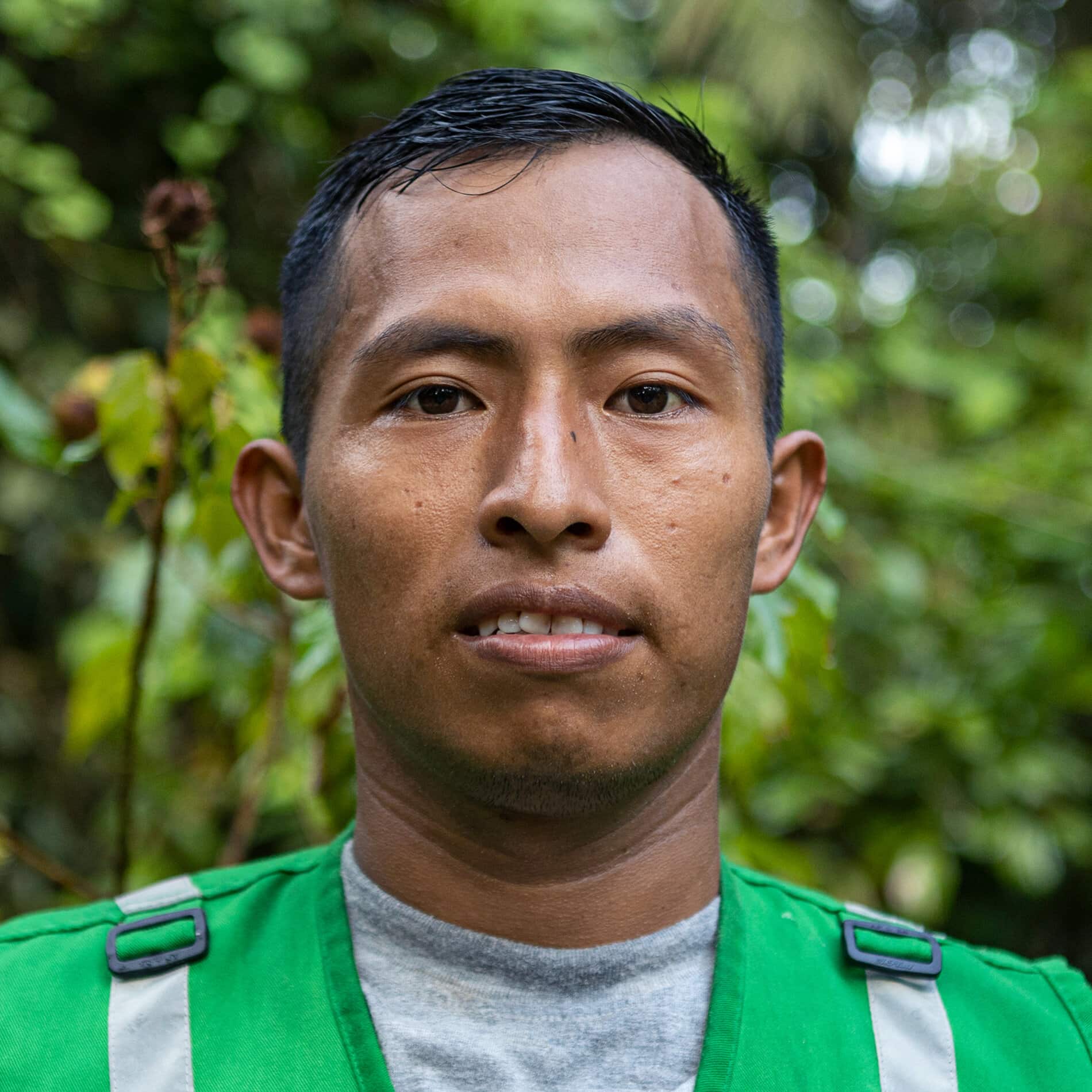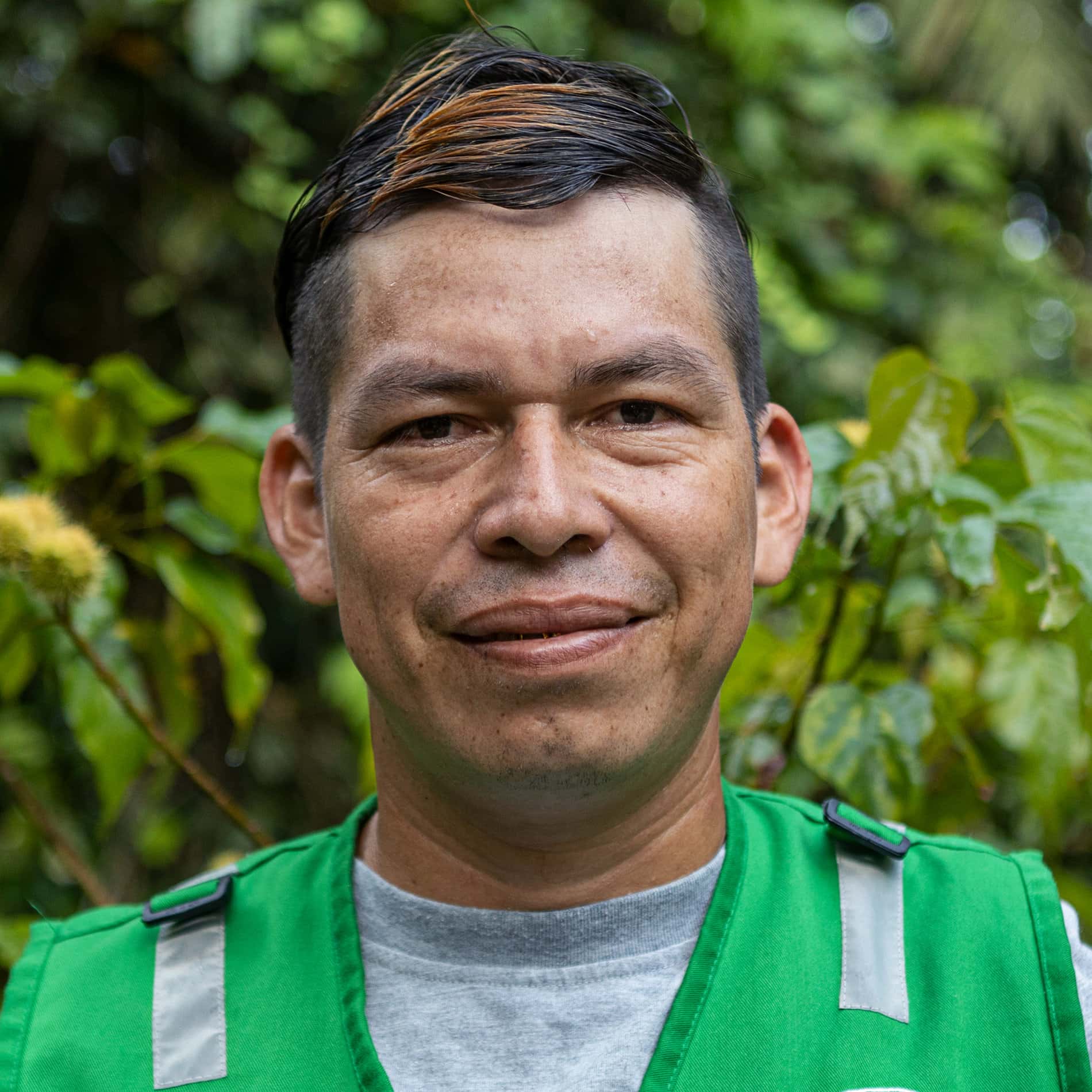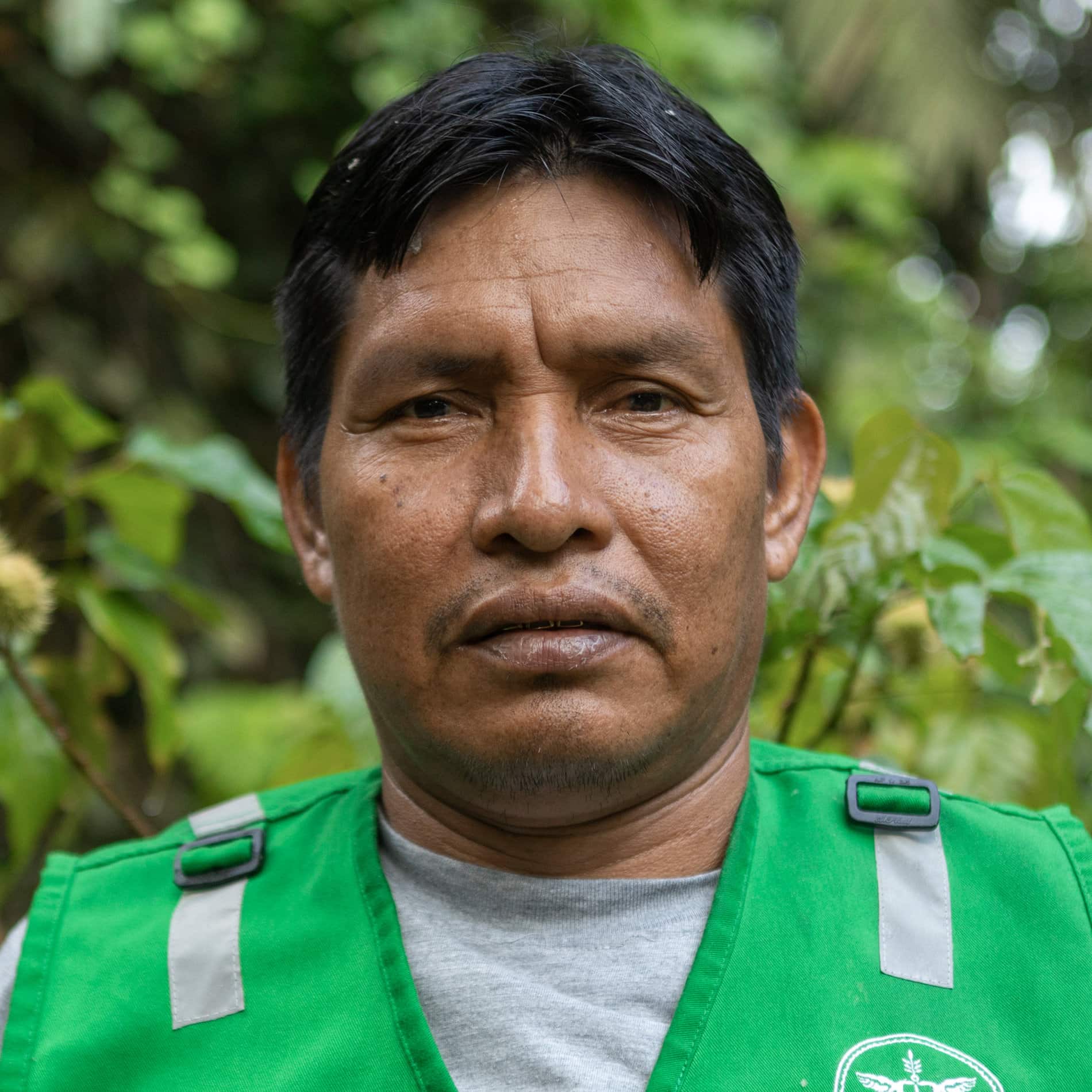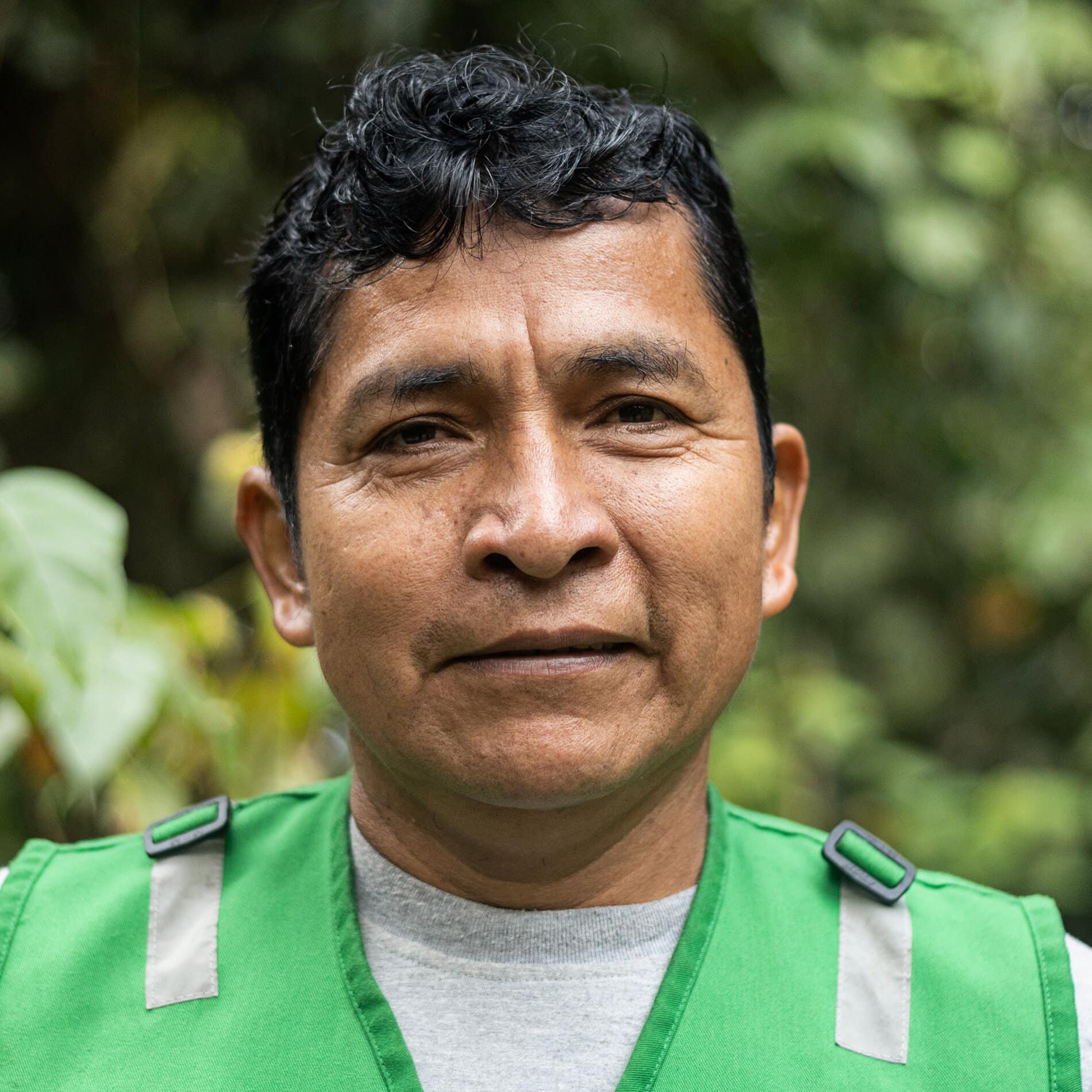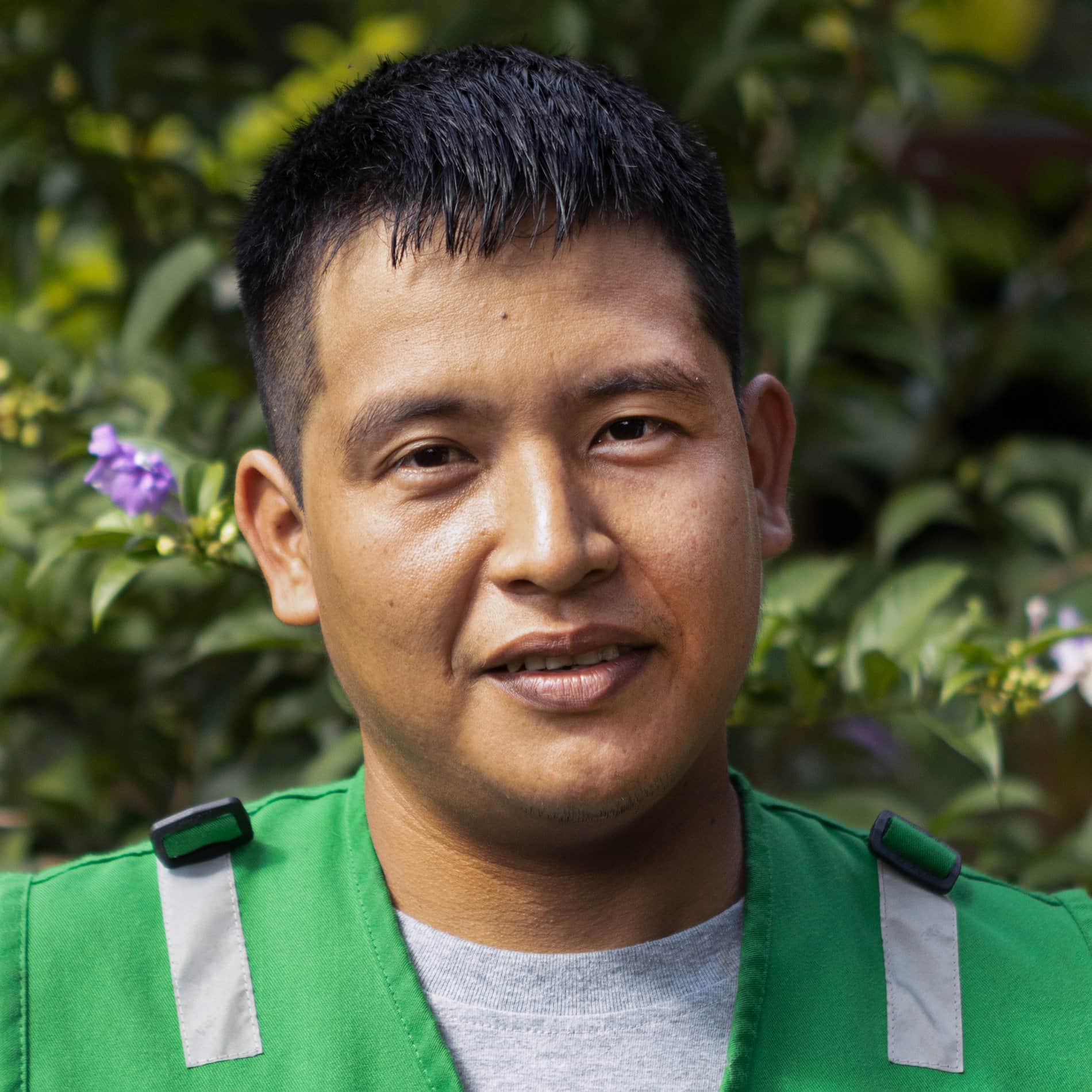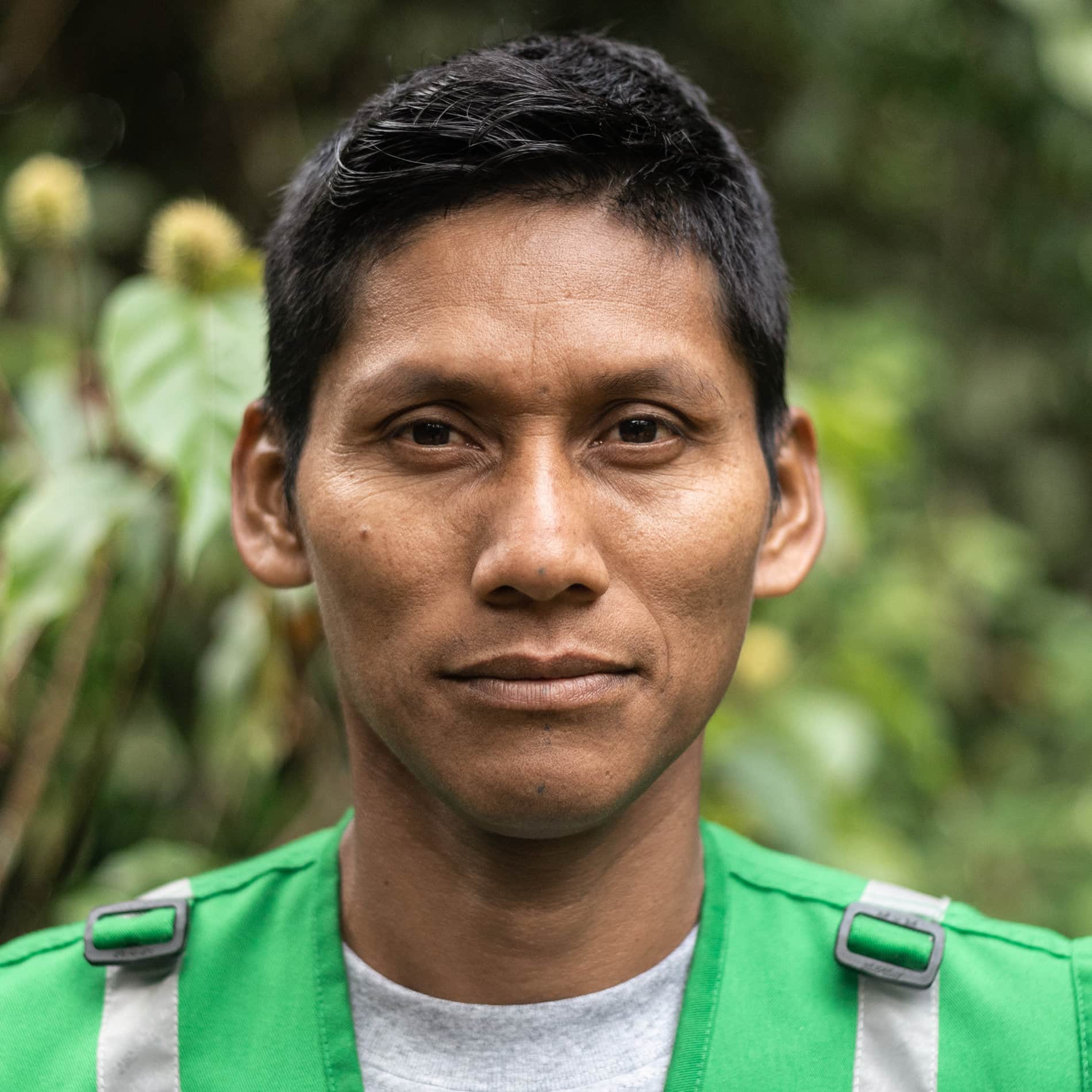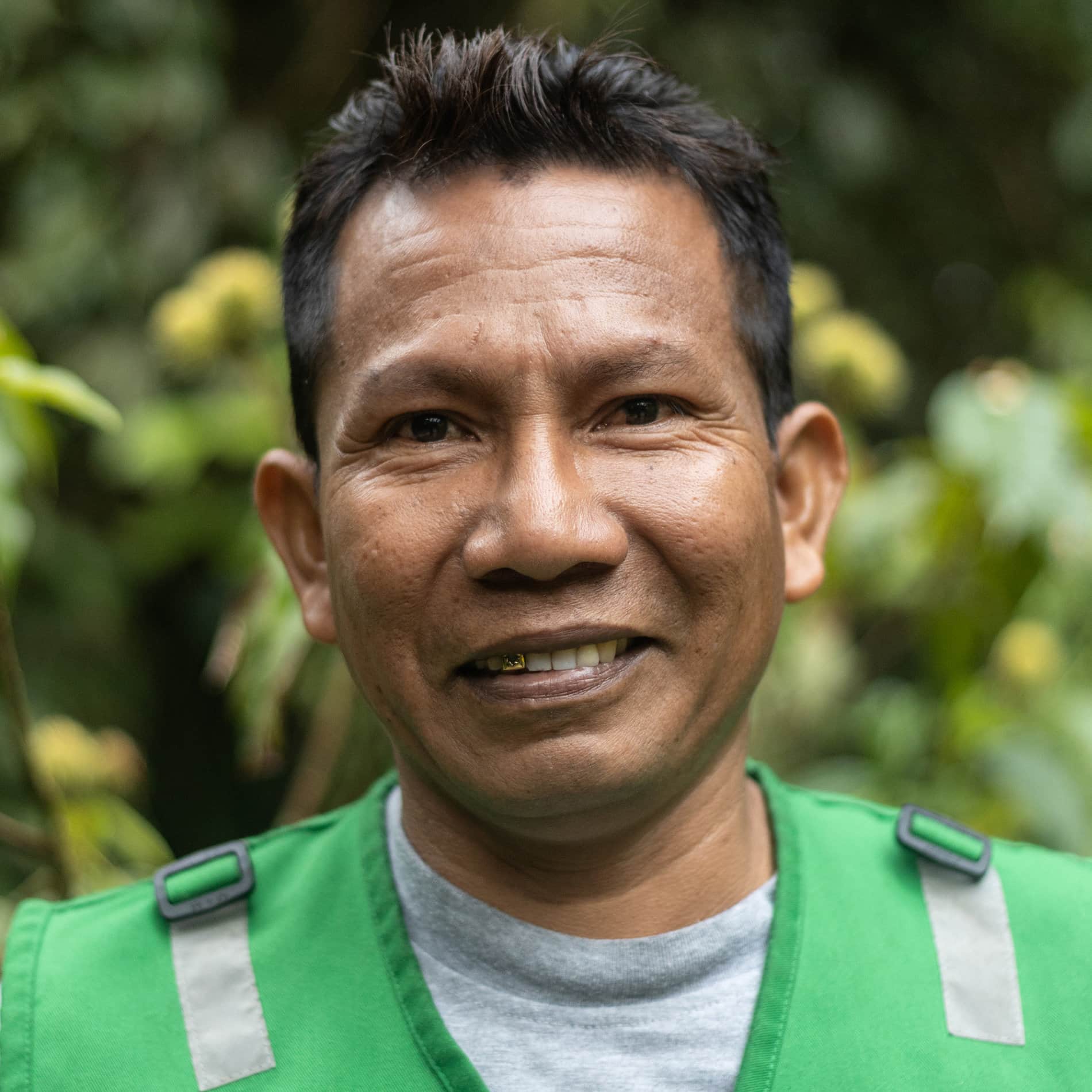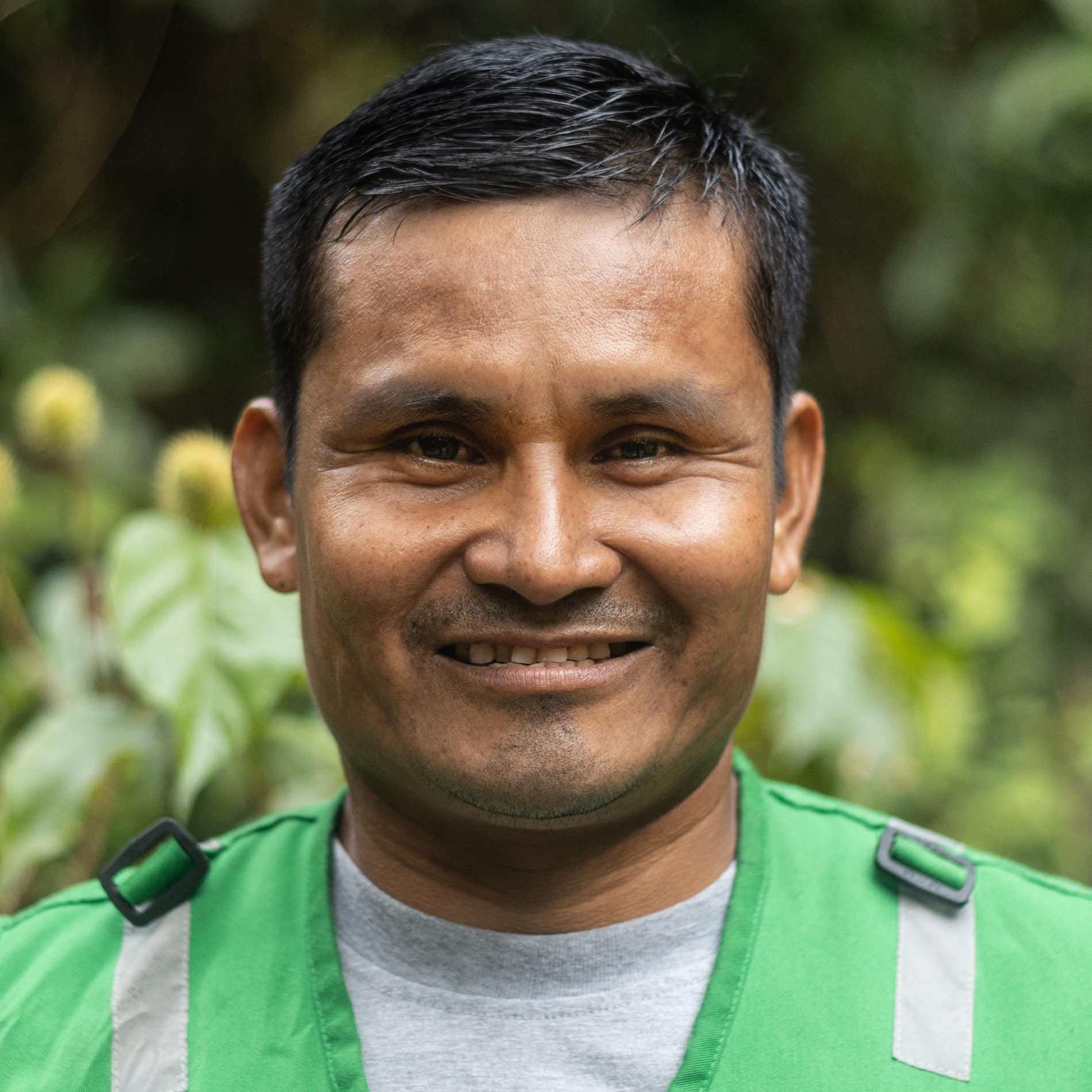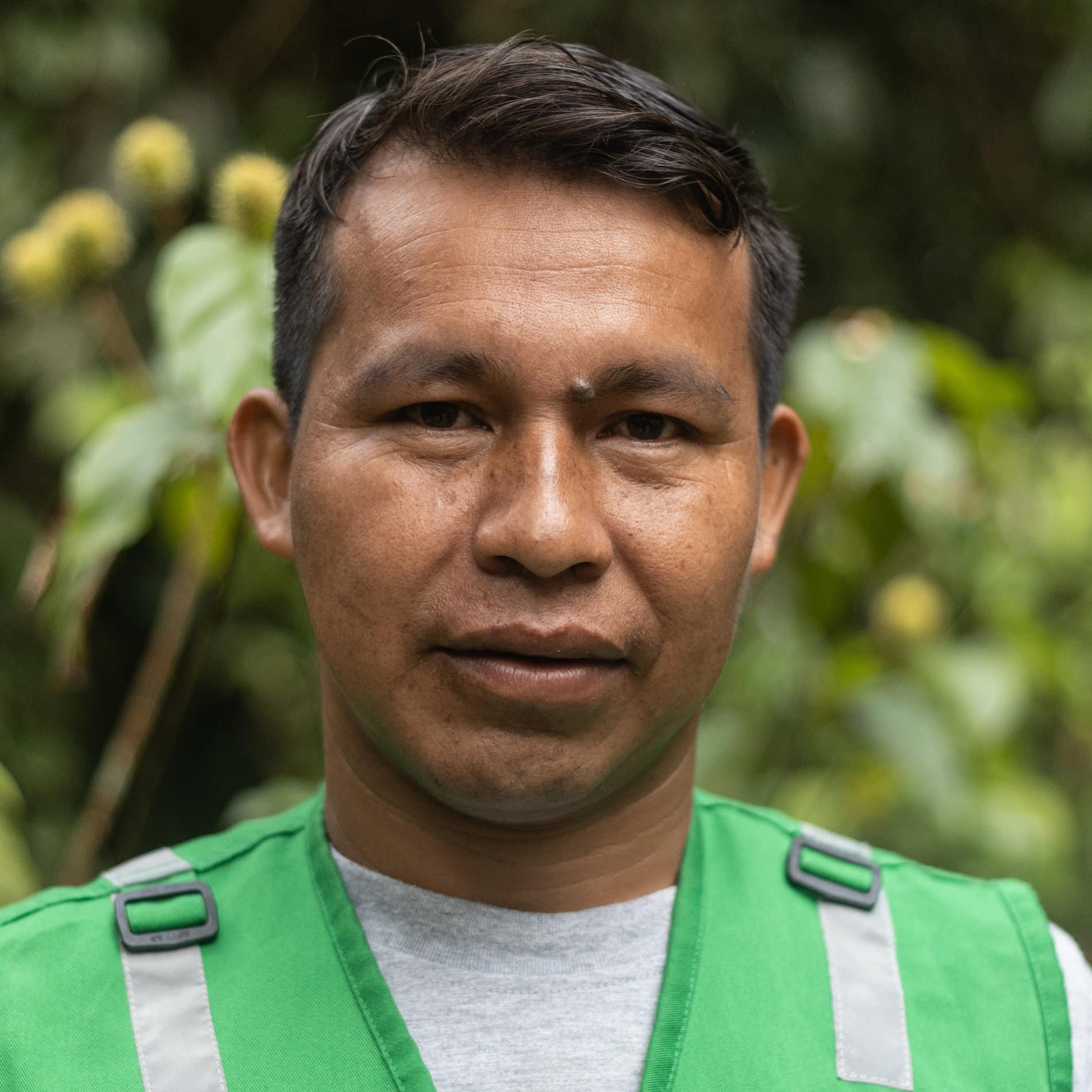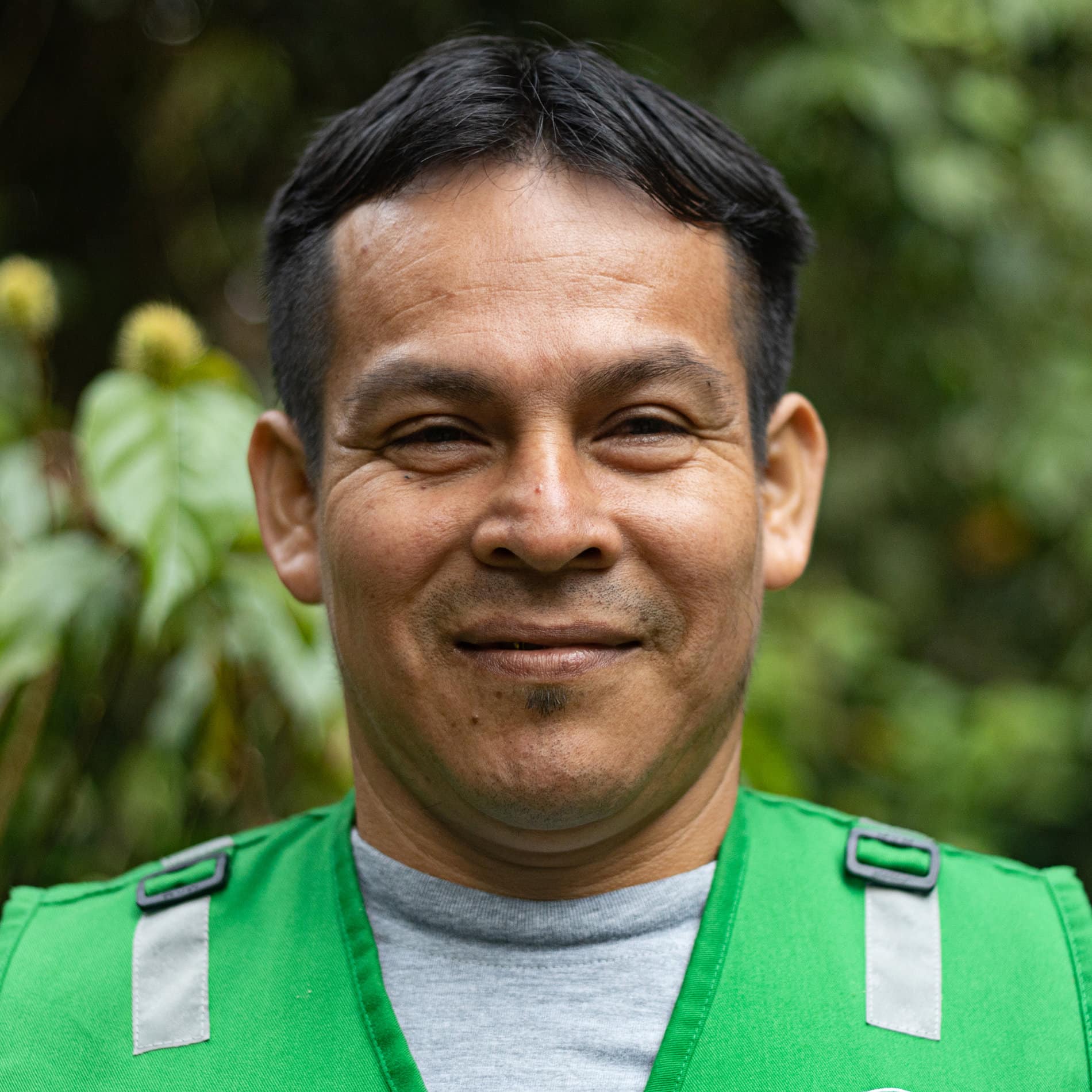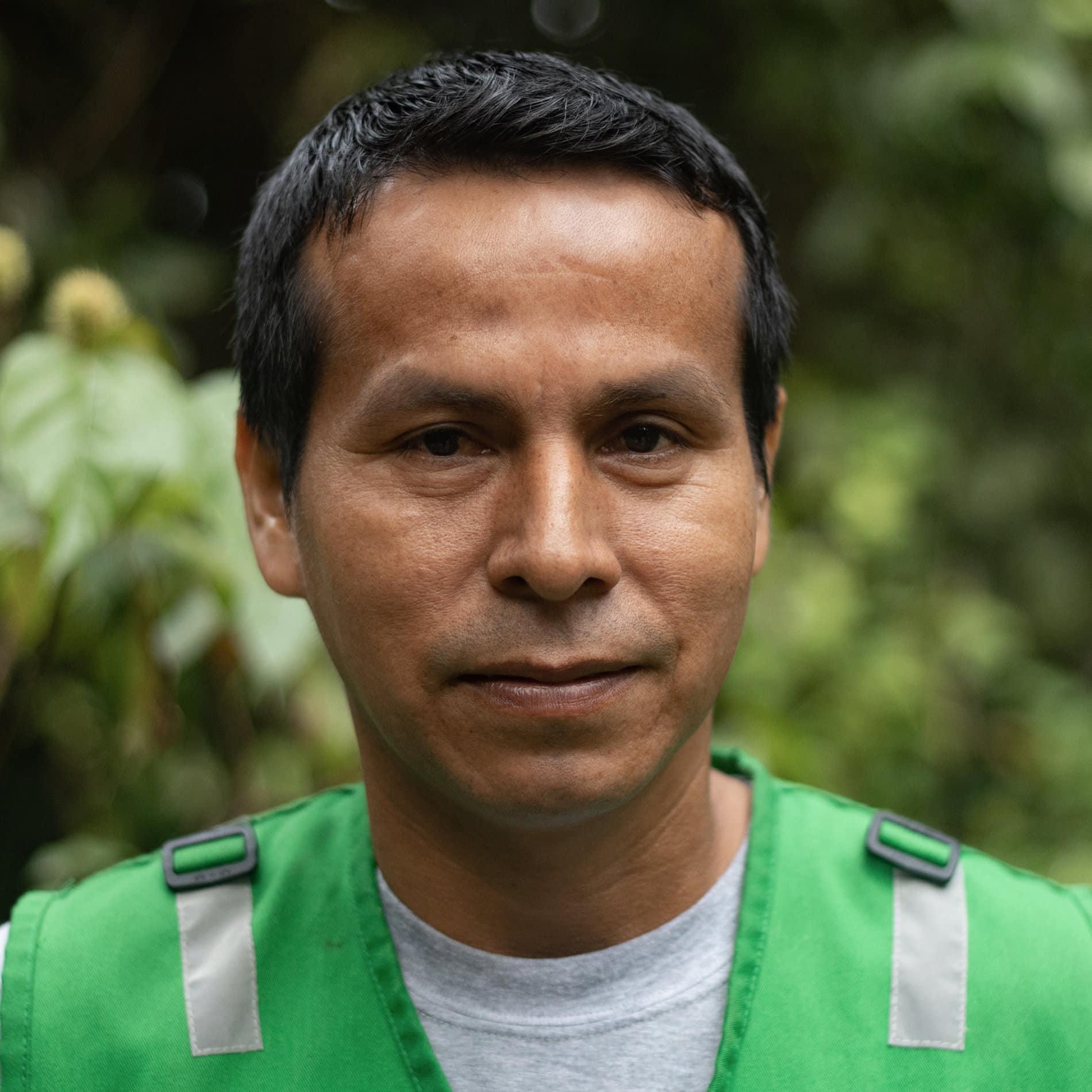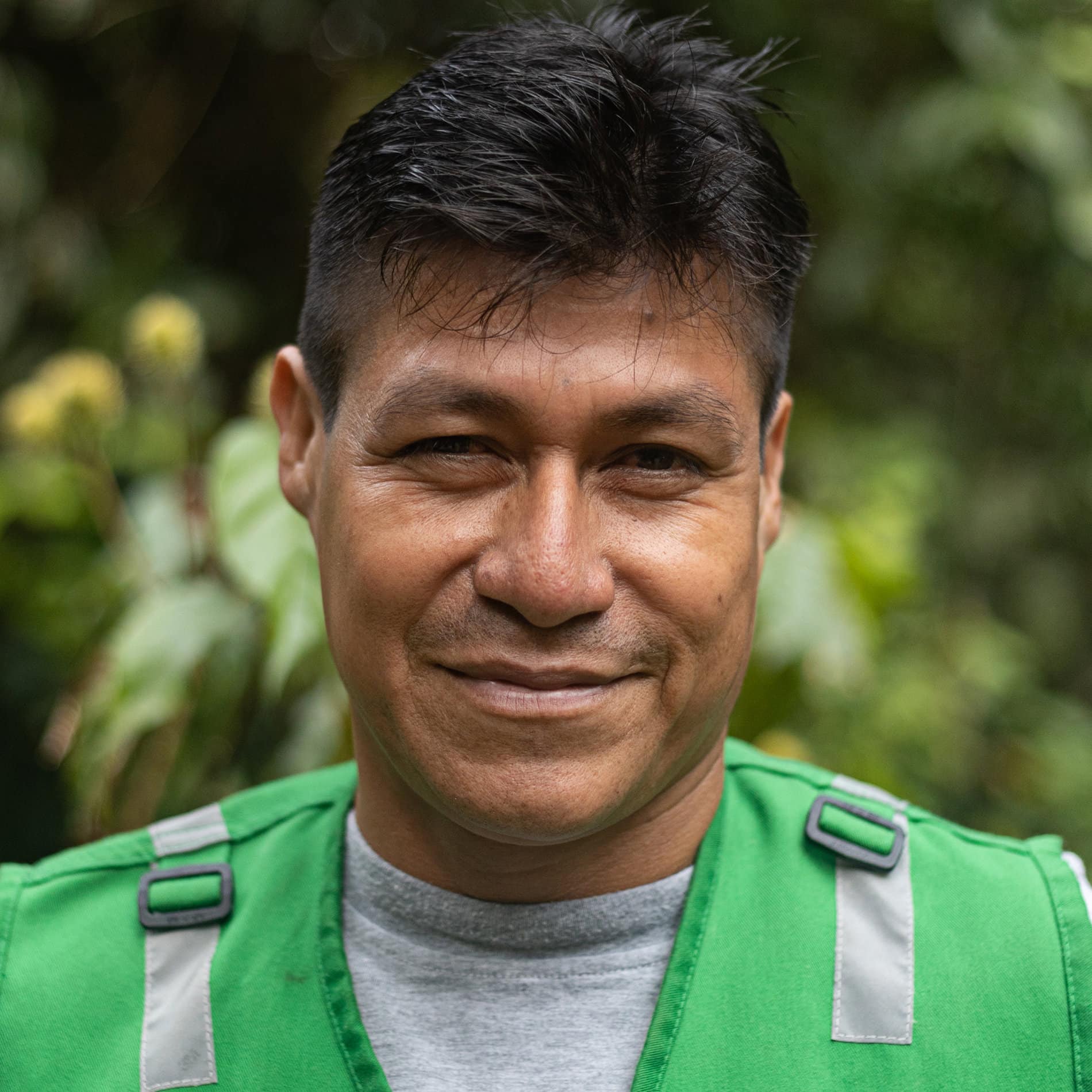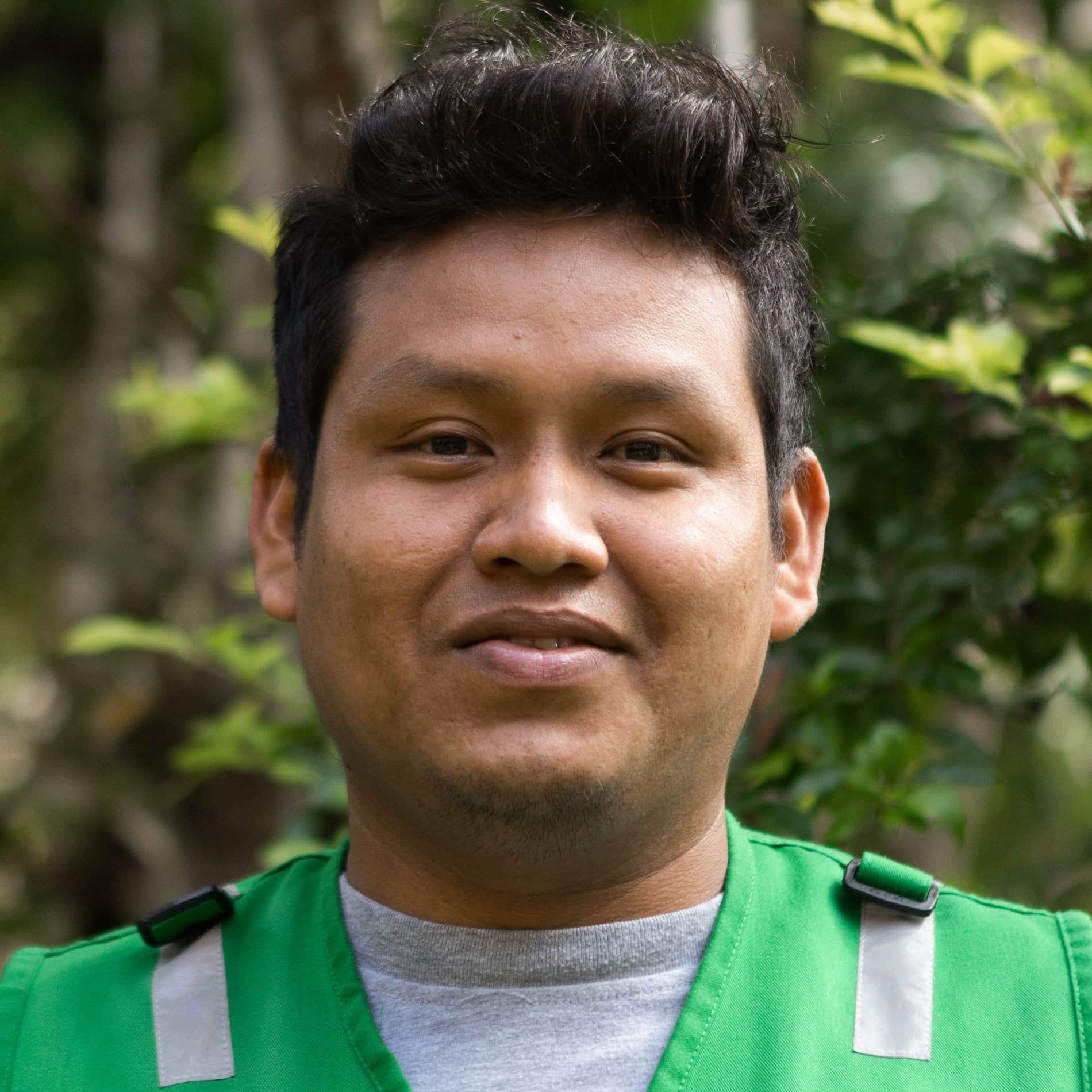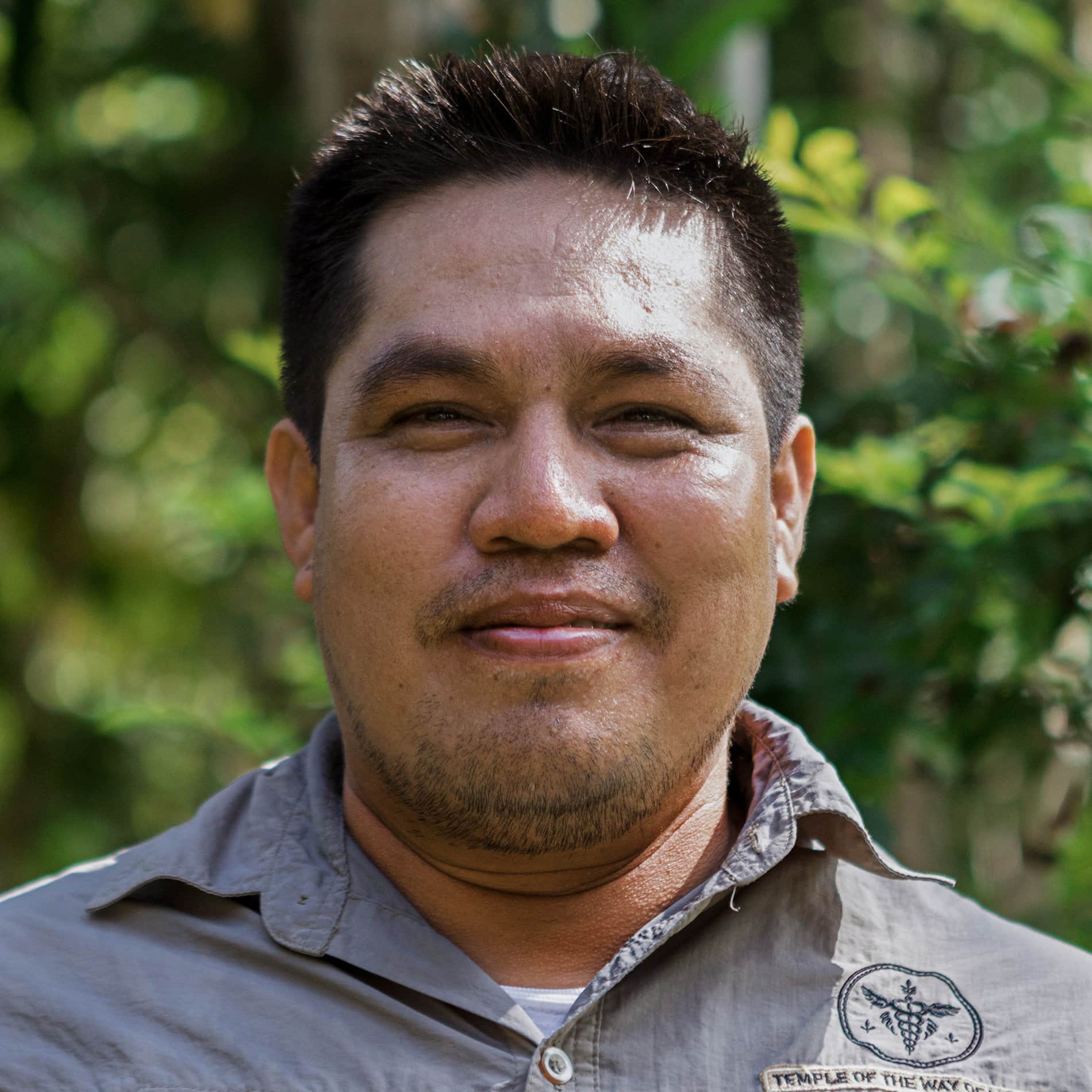Our Team
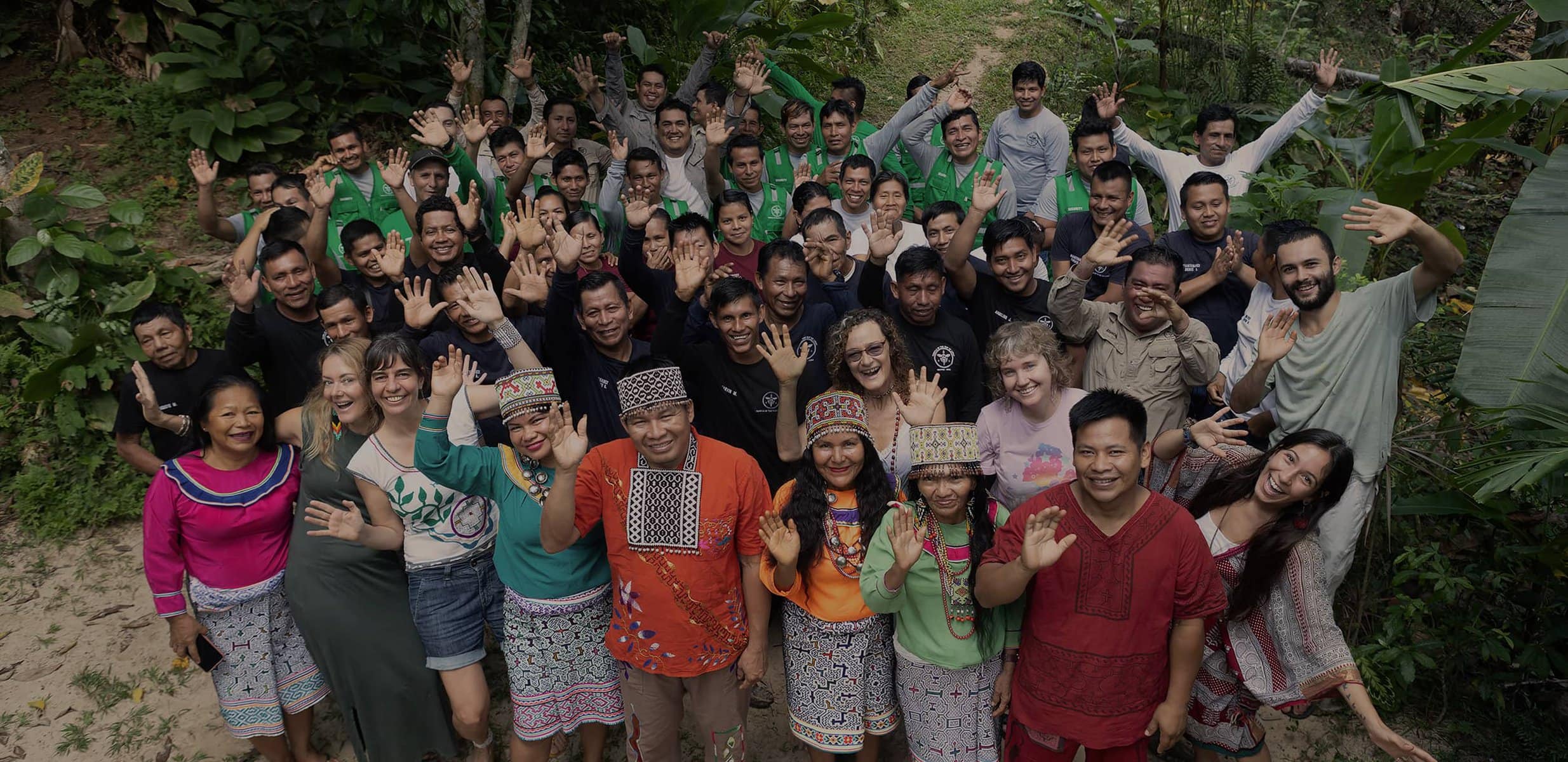
Our Healers
Experienced and compassionate healers dedicated to sharing their rich and complex medical tradition
Elias Rodriguez Nahuama
Curandero

Elias Rodriguez Nahuama
Curandero Elias’s name in Shipibo is Inin Tsoma, which means a brave and strong man with a beautiful way about him that generates love.
Elias’s name in Shipibo is Inin Tsoma, which means a brave and strong man with a beautiful way about him that generates love.Elias is the coordinator of our Shipibo healing team. He was born in 1974 in the Shipibo community of Santa Isabel de Bawanisho. He is married and is the father of five children: three girls and two boys. One of them is on the path of learning to become an Onanya. He is a high-level Onanya with a heart of gold, a joyful spirit, and an amazing gift for healing, which was recognized when he was very young.
His father was a well-respected Onanya in the community, and his mother was a vegetalista. When Elias was ten years old, his father shared with him that he was going to die soon. He therefore wanted to teach Elias about the world of plant-spirit healing, which his father told him would be his path in life and to carry the family healing lineage.
Soon after this conversation, they went to Kumankay Lake to find the famous Noya Rao tree. His father told him that this tree was very powerful and that he was to start learning from it. They stayed at the lake for 15 days, and the spirit of the tree began to instruct him how to diet and what to diet through dreams. On returning home, he had an ayahuasca ceremony with his father, where his father transmitted his knowledge to him through icaros. One month later, his father died.
Elias then experienced many difficulties and challenges after his father died. He needed to work from the tender age of eleven to support his mother and younger siblings. At sixteen, he entered into the military. Throughout this time, he was guided by the spirit of the Noya Rao tree and continued dieting many different sacred plants until, at the age of twenty, he made contact with his uncle, an Onanya, who invited him to drink medicine with him.
This opened a whole new level of learning, and his uncle guided him through learning to harness the power and wisdom of the plants he had been dieting, and direct them to heal people through icaros.
Elias led a double life for a while, security guard by day and healer by night, and soon gained a reputation for his powerful healing ability. Word of his ability spread, and he was eventually able to devote his time to healing fully. He was invited to work all over Peru, first with local people and later with Westerners.
Elias loves what he does. He’s deeply dedicated to the path of plant-spirit healing and works with much love, integrity, and passion. He is deeply grateful for his father’s guidance and gift, which has helped him and thousands of others.
Laura Lopez Sanchez
Curandera

Laura Lopez Sanchez
Curandera Laura’s Shipibo name is “Chononyabi” which means “swallow bird that flies in unity”.
Laura’s Shipibo name is “Chononyabi” which means “swallow bird that flies in unity”.Raised in a medicine family, Laura was born to the life of a curandera. She is a specialist in warmé ikaros, used for unblocking and healing emotions and relationships.
Laura was born in the Shipibo community of Roaboya. Both her parents and grandparents were well respected Onanya, working as healers for the local villages. From a young age, she was deeply immersed in the world of plant medicine. As with many young Shipibo born of curandero families, Laura was given small dietas by her grandparents from the age of 10, and by the age of 16 her apprenticeship started in earnest when she started to work with ayahuasca.
By the age of 20, she was travelling all over Peru with her aunt, administering plant medicines and ayahuasca ceremonies for local Peruvians, wherever their aid was requested. She has also worked extensively with her incredibly knowledgeable mother and teacher, Ynes, both in Peru and abroad.
She brings with her an incredible wealth of knowledge that has been passed down for many generations in her family line. With her contagious laughter, and passion for helping and healing from a pure space of love, she is an absolute gem!
Jorge Vasquez Barbaran
Curandero

Jorge Vasquez Barbaran
Curandero Jorge’s Shipibo name is “Sanken Mexo” which means “highly skilled person and expert in preparing medicinal plants””
Jorge’s Shipibo name is “Sanken Mexo” which means “highly skilled person and expert in preparing medicinal plants””Bio coming soon…
Teresa Rojas Toesta
Curandera

Teresa Rojas Toesta
Curandera Teresa’s Shipibo name is “Chinosame” which means “swallow that brings messages and people to work together”.
Teresa’s Shipibo name is “Chinosame” which means “swallow that brings messages and people to work together”.Teresa was born in the native community of Curarina. She is the mother of six children, two of whom are currently learning and practicing medicine. Her husband Benito also works at the Temple as a curandero.
The catalyst to begin training to become an Onanya started with looking for healing for her sick son. She took him to a ceremony with a powerful healer and was amazed at how the treatment of icaros and plants healed him. This inspired to her to learn for herself.
She went to Royaboya where her husband had begun dieting and said she wanted to join him and learn as well. She shares how in her first dieta, she had a powerful experience from the plant she was dieting that lasted 3 days, during which time she was met by the spirit of the plant who taught her many things.
She dieted continuously with various plants over a period of about two years before she finally drank ayahuasca for the first time. As soon as she began to sing, the visions appeared and the teachings of her years of dieta came through her icaros. This was around 22 years ago. Since then she has been working in her community and more recently with westerners, sharing her powerful medicine.
José Lopéz Sanchez
Curandero

José Lopéz Sanchez
Curandero Jose’s Shipibo name is “Sanymeny” which means “The Messenger”
Jose’s Shipibo name is “Sanymeny” which means “The Messenger”José was born in the village of Royaboya. He is the son of the legendary Maestra Ynes Sanchez and Maestro David Lopéz.
José was named after his paternal grandfather, also called Sanymeny (and José Lopéz Sanchez in Spanish), a highly respected Mereya (the highest level Shipibo healer), who trained him extensively since his childhood, transmitting the wisdom of his ancestors, the Shipibo-Conibo cosmovision and the sophisticated practices of Shipibo plant-spirit healing.
At the tender age of seven, José began the preparation of his body, mind, and spirit by beginning his first traditional dieta (sama) with master tree-spirit and continued training throughout his childhood. At age sixteen, he began to heal people from his village and his work then expanded from the city of Pucallpa out into many other regions of Peru.
José occasionally works at the Temple although is mainly focused on holding plant spirit dietas at his own center, Shipibo Rao, near Pucallpa. We are blessed and privileged to work with this unique healer.
Urias Garcia Junta
Curandero

Urias Garcia Junta
Curandero Urias’s Shipibo name is “Neten Beso” meaning “to awaken the world or the universe”.
Urias’s Shipibo name is “Neten Beso” meaning “to awaken the world or the universe”.Urias was born in the native community of Nuevo Nazare. He is the father of two boys of 8 and 5 years old.
He comes from a lineage of medicine practitioners, with various family members practicing with the medicine and he started working with plants when he was very young. When he was 5 years old, he remembers being sick and his mum took him to a ceremony to receive healing from his uncle.
He remembers being enchanted by the icaros, and that in the morning he was singing the icaros he had his uncle sing to him the night before. It was at this point that the family identified that he would one day be a healer.His motivation to work a healer is to help people heal and to follow his ancestry and continue his lineage. He is sad that today many Shipibo don’t value their roots and cultural traditions, so he would like to continue this tradition so that his traditional customs are not lost. He loves being in the communities with the elder healers, listening to the stories of his people and culture.
He really enjoys working at the Temple as he feels the team working as a family/in community, sharing and showing the wisdom and love that we feel for patients.
Inocencia Izquierda Vayes
Herbalist

Inocencia Izquierda Vayes
Herbalist Inocencia’s Shipibo name is “Panshinbeka” meaning “the woman who brings the sun, or is born from the sun”.
Inocencia’s Shipibo name is “Panshinbeka” meaning “the woman who brings the sun, or is born from the sun”.Inocencia comes from the Shipibo community of ‘Nueve de Octubre’. She has three girls of 20, 25, and 32 years old, and three grandchildren.
Her father was a curandero, as was her brother, and her mother was a herbalist too. She therefore gained many experiences throughout her childhood and inherited an extensive knowledge of the medicinal plants of the Amazon. She started to commit to more formal training at the age of 20, inspired by many healings that she saw carried out throughout her childhood.
She has worked for many years in various indigenous communities as a herbalist. She is passionate about working with medicinal plants and feels deeply fulfilled by supporting peoples healing.Adela Pimintel Chocano
Curandera

Adela Pimintel Chocano
Curandera Adela’s Shipibo name is Rishin Kabi - The woman who heals.
Adela’s Shipibo name is Rishin Kabi - The woman who heals.Adela comes from the Shipibo community of Flor de Ucayali. She is the mother of eight children and the grandmother of three. Adela comes from a lineage of respected Shipibo healers. As a young girl, she loved participating in ayahuasca ceremonies with her grandfather, a respected and renowned healer in their region.
She was inspired by the way he worked with the plants, awe-struck by his icaros and the deep healing she witnessed, and decided she, too, wanted to learn to heal and help people. At twenty-five, she was ready to commit to the path of apprenticeship. Motivated by a strong desire to care for her children’s health and help others, she reached out to her grandfather to teach her.
She remembers her grandfather asking her if she was committed. He said that learning from the plants was not a game but something sacred, challenging, and to be taken very seriously. She confirmed she was fully committed, understood the implications of her decision to train, and sincerely wanted to help her family and others like she had seen him do.
A whole year of dieta followed, during which she stayed isolated entirely in her house. At the end of that year, her grandfather said that her path with the plants was now open and that they would support her for the rest of her life. He started to serve her ayahuasca, and from there, she learned with him in ceremony how to work with the energies of the plants she had dieted to heal people.
Her reputation as a powerful healer grew and many people sought her help with physical, emotional and energetic problems. She worked as a respected Onanya in her community for seven years, before being recommended by a fellow healer to work in a centre with Westerners.
Since then, she has worked all over Peru and takes great joy in sharing her medicine. She really enjoys her work, especially seeing the results when her patients are liberated from pain and sadness. She sees her path with the plants as her life’s work and is dedicated to continuing to diet and learn from them in order to better help her family and other people and to continue to improve herself.
Olinda Vasquez Amaringo
Curandera

Olinda Vasquez Amaringo
Curandera Olinda Shipibo name is "Hoasan Kate" meaning "The woman who heals"
Olinda Shipibo name is "Hoasan Kate" meaning "The woman who heals"Olinda was born in the community of Dos Unidos de Pachetea and is the birth mother of 3 boys and 2 girls, the adoptive mother of two orphans, and grandmother of two. Her eldest son is currently in college and is intent on combining western study with the study of the medicine tradition of his people.
Olinda comes from a respected lineage of healers and artists, her father being renowned healer, Victor Amaringo. She was immersed in the world of plants from a young age, and it was when she met and married her husband at the age of 24, that she had the call to learn how to heal.
She was motivated by the desire to be able to help her family; she didn’t have the money, nor the courage to ask others in the community for financial help with medical assistance. Her first patient was her own daughter, suffering from susto, or a big fright, and from there she gained a reputation for her healing prowess, working with her community and later in other parts of Peru, healing a wide range of ailments, both physical and psychological.
She worked with Westerners for the first time in 2020, and is very happy to share her medicine with us! She loves working with the plants to support deep healing for all who are in need.
Rebecca Nunta Ruiz
Herbalist

Rebecca Nunta Ruiz
Herbalist Rebecca's Shipibo name is "Ranin Besho" meaning "Woman of healing".
Rebecca's Shipibo name is "Ranin Besho" meaning "Woman of healing".Rebecca was born in the community of Nuevo Jerusalem de Shesheya and has 4 children and 3 grandchildren. 2 of her children are currently working with dieta and learning the art of healing with ayahuasca.
She comes from a medicine family, her grandmother being a great healer. When she was 8 years old, a lot of ill people came to visit her grandmother, and she watched how her grandmother healed them all, from curing snake bites with the resin of trees to healing different kinds of cancers, liver problems, and many more ailments.
She would accompany her grandmother and help her gather the plants needed for the different treatments that her grandmother was administering. It was during these years that she learnt an enormous amount about the pharmacy of the forest, with her grandmother always encouraging her to remember what she was being shown, so that one day when she died, Rebecca could carry the wisdom of the plants for the future generations.
Her grandmother died when Rebecca was 18. She continued to practice what she had learned, using her knowledge to support the health of her children and the family members. Many people came to her seeking her for help for their issues, ranging from mild to severe health problems to relationship problems.
She loves working with the plants to support people, and has an extensive knowledge of how to use the incredible pharmacy of the forest.Chavella Cairuna Garcia
Cook

Chavella Cairuna Garcia
Cook Chavella's Shipbio name is "Reshin Rama" which means "A beautiful bird that is present today".
Chavella's Shipbio name is "Reshin Rama" which means "A beautiful bird that is present today".She was born in the community of Santa Rosa de Aguay Tia and she has one daughter and a son. Her son is connected with the medicine and her father and grandfathers were powerful healers.
From 14 years old, she had an interest in drinking medicine, but didn’t have the courage. At that time, she didn’t know that her Father was a curandero, because he kept it quiet and was dieting secretly. It was a big surprise for her when her dad was invited to Iquitos to work as a healer in when she was 18, so she began to drink and learn with him.
Thanks to her father, she learned much about the medicine, how to prepare plants and how to prepare meals to support healers working with the medicine.
She is now the cook for the healers and enjoys her work at the Temple because she knows what is good to prepare for them to support their work. She loves working in the kitchen, has worked in many different environments cooking. Her passion is preparing good food to support the good work of good people.
Lucy Alvarado Depicota
Curandera

Lucy Alvarado Depicota
Curandera Lucys’s Shipibo name is “Bawa Beka” which means “The wise woman".
Lucys’s Shipibo name is “Bawa Beka” which means “The wise woman".Lucy was born in the community of Kanan de Chiati Pishca. She is the mother of 2 boys and 3 girls, and 8 grandchildren. Her eldest son is 35 years old, and she is his maestra, teaching and supporting his path of learning how to work with medicine.
She was very inspired by her uncle from a young age. He was a renowned curandero, receiving many people from distant communities for healing. She would watch and admire the way he was with his patients, both as a man and as a doctor, and was deeply touched by the healings that she witnessed in his patients. She wanted to learn how to heal her friends and family, like he did.
At the age of 25 she took the decision to start dieting and learning from the plants and her Uncle. Her most powerful plant allies include Shihuahuaco, Chiric Sanango, Bobinsana, Renaco and Ayahuma. These are the plants she loves to work with in ceremony.
She loves to help people heal, and loves working with the world of plants to support their healing, to clean their bodies, minds and spirits. She is a woman of few words, and great depth, precision and skill in the healing arts both in and out of ceremony.
Our Team
All our staff are carefully selected to meet the professional, ethical and compassionate standards that define the working culture at The Temple of the Way of Light
We employ a large team of locals from our neighbouring villages who ensure the smooth running of retreats, in all the areas below.
Management and Advisors
Matthew Watherston
Founder

Matthew Watherston
Founder
On his first visit to the Amazon in January 2007, Matthew received a vision to build the Temple of the Way of Light; a vision that is rooted in and inspired by a deep respect for the indigenous healing traditions of the Amazon, as well as a commitment to work in reciprocity with the people of the rainforest.
Since the inception of the Temple in March 2007, and together with his wife Klara since July 2008, Matthew has developed the Temple to become the leading ayahuasca / plant-spirit healing organisation in the Amazon, with a unique focus also on social and environmental responsibility.
He is passionately committed to giving back to the people and the land and has founded two Peruvian non-profit organizations – Alianza Arkana (January 2011) and The Chaikuni Institute (January 2013) – implementing outreach programs in environmental justice, human rights, permaculture/regenerative development, and intercultural education.
Matthew has undergone a deep personal healing journey since 2007 and an initiation in the Shipibo Wisdom tradition, as well as learning from the Arhuaco people of Columbia and Ashaninka people of Peru. His apprenticeship in these three traditions continues to this day. He is deeply committed to his own spiritual path and ensuring that the ancient traditions of the Shipibo People are honoured and preserved.
His lifetime goal is for the Temple to raise awareness globally about the sophisticated ethno-medical healing practices of genuine Onanyabo (Shipibo Wisdom Keepers) and to highlight the importance and relevance of authentic spiritual healing in the modern world.
His ultimate vision is for humanity to move beyond patriarchy and remember the sacredness of Mother Earth; for us all to honour the feminine, restore balance – both inner and outer – between the masculine and feminine, and reclaim our connection with the Divine.
Klara Soukalova
Co-Founder

Klara Soukalova
Co-Founder
Klara became involved with the Temple in May 2008 when she came to apprentice with one of our previous curanderos. She then met Matthew in July and they instantly fell in love!
In September 2008, Klara had the insight to begin to work with female healers at the Temple. This idea then manifested through synchronicity when Matthew was introduced to the Shipibo maestras in January 2009. The Shipibo maestras then married Matthew and Klara, at the Temple, in March 2009.
Klara brings an overwhelming amount of loving, compassionate, feminine energy to the Temple. Her relationship with Matthew, and the strong support she provides him, is an essential factor in the ever-unfolding development of the Temple and our mission.
Despite often being “behind the scenes”, Klara is an integral part of the Temple and gently guides day-to-day decisions. Klara has been dieting master plants since 2008 and is deeply committed to her own personal healing process as well as learning from the plant spirits, and beyond. Her kind and soft approach to ‘everything and everyone’ in her life is the perfect complement to Matthew’s passion and vision. Together, they form a deeply loving partnership that stewards the mission of the Temple.
Klara is also a trained physical therapist with a focus on Shiatsu and traditional Chinese medicine as well as a professional dancer and an artist. Some of her pieces that were created whilst undergoing plant dietas can be seen at the Temple. More of Klara’s work can be viewed on her website: klarasoukalova.com
Jose Castaneda
Administrative Director

Jose Castaneda
Administrative Director
Jose oversees and manages all aspects of the daily accounting and administrative tasks in our Iquitos office and is an invaluable and much loved part of our team.
Jose was born in the city of Iquitos, he studied his primary and secondary schooling at the Adventist College of the Amazon. His passion for tourism led him to study at the National University of the Peruvian Amazon, where he graduated in International Business and Tourism.
During his university studies he worked in several companies as an administrative assistant, showing dedication and commitment in his work. After finishing his degree, he had the opportunity to work in logistics for a company in Loreto dedicated to imports.
After several years, he looked for an opportunity to develop in the field of his profession, concerned about the development of tourism and the protection of the natural resources of the region. He found the opportunity in the offices of the Regional Directorate of Foreign Trade and Tourism of Loreto, where he was dedicated to the guidance of tour operators in the region, as well as the supervision and control of lodging establishments, hotels, and hostels.
In August 2011, destiny led him to join the Temple team as an administrative-accounting assistant in our Iquitos office, thanks to his dedication, courage and performance he became our Managing Director.
He also passionately manages our fish farms projects, a personal passion, and supports the promotion of regenerative development of the Temple and the local community.
Levi Estela Rodriguez
Operations Director

Levi Estela Rodriguez
Operations Director
As Operations Director, Levi is crucial to the smooth running of the Temple.
Levi was born in the northern Peruvian city of Cajamarca and has lived in the local village of Tres Unidos for the past 20 years. He has been working with the Temple since 2000, starting as a security guard. His reliability, efficiency, and all-round amiable nature are an immense asset to our work at the Temple.
Levi also holds the position of “gente municipal” and is one of the local authorities in the village. His position at both the Temple and Tres Unidos fosters mutually supportive relations between the village and the Temple. Levi is a father of three children and a farmer. In his free time he grows yuka, maize, pineapples and plantain. He is seldom seen without a huge smile on his face, and the support and guidance he provides to all of our staff is indispensable.
Debbie Rivett
Coordinator, Senior Retreat Facilitator, and Facilitator Trainer

Debbie Rivett
Coordinator, Senior Retreat Facilitator, and Facilitator Trainer
Debbie is a core member of our team and a pillar of the Temple community. Joining the Temple in 2011, her presence, deep care, and integrity have significantly impacted our retreats, guests, staff, and surrounding communities.
After completing an honors degree with a double major in Psychology and Drama, Debbie worked in several fields, including education in HIV/AIDs and life skills, investigative broadcast journalism, management of fundraising teams for international development organizations, international tour production for indigenous musical groups, and documentary filmmaking before finding a home for these diverse skillsets under ‘one leaf’ at the Temple.
Passionate about plants, people, healing, and learning, Debbie has immersed herself in a long-term journey with medicinal plants. She is a long-term apprentice in the Shipibo healing tradition and has previously trained in the mestizo tabaquero tradition. She has also been initiated in several of the Bwiti traditions of Gabon, working with Iboga.
She also occasionally incorporates Western therapeutic techniques, including Compassionate Inquiry, ontological and somatic work, nonviolent communication, and TRE (tension and trauma release exercises) in her facilitation. However, she is clear that the plant spirits are her primary guides and teachers.
Her wide-ranging skill set serves her well in her work at the Temple, where she works as a senior facilitator, facilitator trainer, and coordinator, ensuring smooth operations of our retreats.
Juliana Bizare
Coordinator, Senior Retreat and Integration Facilitator

Juliana Bizare
Coordinator, Senior Retreat and Integration Facilitator
Juliana ’s first spiritual experience was a journey with Ayahuasca in the Santo Daime tradition, in Brazil in 1995. During this experience a whole new world opened up to her, the world of the plants and their sophisticated healing powers.
A few years later she started travelling the world and learn about other ancient traditions immersing herself in dharma centers and ashrams in Asia and the USA, like Tushita Dharma Center in India, Kopan Monastery in Nepal and Spirit Rock in California. She also lived in a healthy community/ school in Brazil – University of Light for a couple of years, where she graduated in Transpersonal Psychology.
She has also been deepening her knowledge of the Plants through Dieting different Master Plants with the Lopez Sanchez Family (Maestras Ynes, Laura & Maestro José), in the Shipibo Tradition.
For the past 20 years, Juliana’s true passion has been the study and integration of the Eastern practices of Yoga and Mindfulness into the work with Sacred Plant Medicines and different modern psychological approaches, with the focus on renegotiating our traumas and rewriting our own life narratives.
She has now supported hundreds of people before, during and after their medicine journeys. Through her own experience with the medicine, she has gained a clear understanding of the importance of the integration process. To be able to support people in a more holistic way, she also trained in the Compassionate Inquiry approach with Gabor Maté and a 3-year training on Somatic Experiencing by Peter Levine, a powerful body-centered approach. For the past seven years she has been working at the Temple, and also working online as an Integration Facilitator.
Her goal is to empower people to feel safe in their bodies, integrate trauma and all different parts of our human experience, so people can have clarity on their path and purpose in life.
Allen Banick
Bookings and Communications Director

Allen Banick
Bookings and Communications Director
Allen views life as a school, and everyone he meets and every situation he encounters as the lesson. He has come to see that ayahuasca and other master plants are here to serve as teachers to facilitate (and sometimes accelerate) our learning in the school of life.
Allen’s journey with plants began in 2014 when he visited the Temple as a retreat participant. The depth of healing and awareness that emerged from those initial ceremonies would dramatically alter the course of his life. He was deeply touched and inspired by the work of the Shipibo healers coupled with the wisdom of ayahuasca. This inspiration led him on a path of deep personal work and learning with many master plants and skilled curanderos through ceremonies, dietas, and initiations in the Amazon, the Andes, and in the heart of Africa.
In his role as Bookings & Communications Director, he handles the application screening process, is the main point of contact for guests before and after their retreat, and manages Temple communications. From his own experience, he knows the significance of taking the leap to the heart of the Amazon to engage with plant medicine. He loves being present to ensure everyone who embarks on their journey to the Temple feels prepared and supported.
When he is at the Temple, he also serves as a retreat facilitator, a role he has held since 2015. Facilitating at the Temple is the most gratifying and inspiring work in which he has ever had the honor of participating. Witnessing the healing and transformation of others as they go through their journey with ayahuasca and the Shipibo healers is an inspirational healing and learning experience unlike any other.
Much of Allen’s learning now comes from his daughter and wife, both of whom came into his life by the grace of plant medicines. The three of them live happily in Peru.
Dr. Sarah Marshall, ND
Medical Advisor, Integration Facilitator and Trainee Retreat Facilitator

Dr. Sarah Marshall, ND
Medical Advisor, Integration Facilitator and Trainee Retreat Facilitator
Dr. Sarah Marshall is an internationally renowned Naturopathic Physician, Intuitive Counselor, Speaker, and Author. She is also the host of the beloved podcast, created out of her commitment to amplify the stories and methodology of true healing.
Graduating with honors in research from the National University of Natural Medicine in 2009, Sarah’s approach to medicine has always been grounded in alignment with the laws of nature to heal illness at its root through food as medicine, physiologic detoxification, homeopathy, and energetic herbalism. Her journey into becoming a practitioner of the healing arts began over 22 years ago when she began training as an energy healer in the Berkeley Psychic Institute methodology where over 7 years she acquired over 500 hours of practice.
While in her first decade as a doctor, Sarah expanded her skills beyond the physical becoming a coach and program leader in transformational ontological coaching. Inside this work she honed her abilities to listen and heal from a space of emptiness, sharpening her intuitive gifts with the powerful structure of ontological inquiry.
Born in the United States, Sarah has a gypsy’s heart, having traveled extensively throughout the Americas, Europe and Asia. She has always been drawn to the indigenous healing traditions of the places she explores. Well-versed in Western herbal and energetic medicines, she was called to sit in ceremonial practice with Ayahuasca for the first time in 2019. Over the past five years, she has deepened her healing through a multitude of ceremonial practices birthed from the Amazon Basin, leading her to her first retreat at the Temple of The Way of Light for the Change Makers program in the fall of 2023.
Her calling is people are magic! Her ultimate intention of her work is to activate and amplify individuals’ innate ability to heal. Her vision for the world is people living in partnership with the creative forces of life, expressing love, in harmony with nature.
Facilitators and Teachers
Públio Valle
Senior Retreat and Integration Facilitator

Públio Valle
Senior Retreat and Integration Facilitator
During a trip to Peru many years ago, Públio discovered Shipibo ayahuasca curanderismo and the experience reoriented the direction of his life. He has now come full circle, and facilitates Temple guests before, during, and after retreats.
Públio was born in Brazil and has dedicated his life to meditation, yoga, and ayahuasca for over 15 years. He earned a degree in Yoga Therapy at Swami Vivekananda University in Bangalore, India, where he also worked at a Yoga Hospital. He trained in meditation in several traditions while in India, completed an Indian Psychology Course in Pondicherry, and studied meditation at Pa Auk Monastery in Burma. He worked as a volunteer for two years at the Alice Project School, an institution that teaches dharma and meditation inspired by Tibetan wisdom to children.
Since his first encounter with ayahuasca in Peru with the Shipibo in 2004, he has also worked with the medicine with different traditional groups in Brazil, including Santo Daime. He has been working at the Temple since 2014 as a facilitator, yoga and meditation teacher, Integration Therapist, and more recently, as General Manager, and is currently training in Compassionate Inquiry with Gabor Maté.
Having experienced the deep and rich processes that ayahuasca ignites within, Públio has a sincere commitment to share the teachings of the jungle and of ancient traditions, and to promote health and well-being in all dimensions of human life.
Zuzana Valesova
Retreat Facilitator

Zuzana Valesova
Retreat Facilitator
Zuzana’s journey into the world of plant medicine started with a random decision that changed her life forever! She originally trained in massage and cranio-sacral therapy in her home country, the Czech Republic.
Deeply fascinated by the healing properties of plant medicine and the wisdom of ancestral knowledge, she decided to move permanently to Peru in 2014. Her main focus was her own personal healing which later led her into the study of plant medicine practices.
She completed an apprenticeship with one of the most well-known and highly-regarded healers in the country. She continues to learn from plants as she believes the potential for learning and growth is endless.
Since 2016 she has been providing support and direction for people attending ayahuasca retreats. She has always been fascinated by the complexity and diversity of the human experience. From the emotions and relationships to the vastness of human knowledge and exploration. This inspired her to participate in a year-long training program in Compassionate Inquiry with Dr. Gabor Maté. This program has recently concluded and she has been actively implementing the skills and knowledge she acquired during her training. Continuing to practice and develop her abilities has proven to be a valuable asset in both her personal and professional life.
It’s truly an honor for her to witness and support guests’ process during ayahuasca retreats. She’s constantly in awe of the profound nature of human existence and how plant medicine can improve our lives in so many ways. Despite the challenges and struggles that come with being human, she is amazed by the resilience and creativity of people.
Andres Anguita
Retreat Faciliator

Andres Anguita
Retreat Faciliator
As the song says, “… Enamorado de la vida aunque a veces duela” (In love with life even though sometimes it hurts). Andrés was born in Spain in 1966. Since he can remember, he was always curious to learn about nature and his sense of belonging to it.
He began studying the medicinal plants of the Peruvian Amazon in 2011 when he learned how the indigenous people of the Shipibo-Conibo ethnic group relate to nature and how they understand plants as intelligent beings with whom we can communicate in a different way than we are used to in the West. Since then, he has been working with ayahuasca, understanding it as a tool that reconnects us with nature and especially with medicinal plants.
He worked and studied for three years from 2011-13 at the Temple. He then deepened his studies with Shipibo Maestra Ynés Sánchez and her family in the Ucayali River, carrying out plant spirit dietas and learning how to use plant medicines, including ayahuasca. Since then, he has been in service to the medicinal plants in the Shipibo tradition, in Europe and Latin America. He has now returned to the Temple to supporting guests with integrating their plant medicine experiences, guided by his own experiences and his passion for nature.
He is also interested in becoming an intercultural bridge and finding new narratives to explain how different cultures need to coexist on the basis of reciprocity and respect, learning together new, healthier ways of relating to nature. He has visited many parts of the world. In Indonesia, he learned to make shadow puppets; in England, he taught creative arts to homeless people and prisoners; in Brazil, he learned about art therapy and caring for medicinal plants in the rural area where he settled.
Ute Behrendt
Retreat and Integration Facilitator

Ute Behrendt
Retreat and Integration Facilitator
Ute was always very curious about life, the universe, humanity, and especially about the unseen, which western society has not really integrated into their reality. As a young teenager, she began to explore other states of consciousness and was fascinated by what she discovered.In her early 20’s, Ute studied different areas of education and social work in Germany.
She worked in psychiatric hospitals, in a school for mentally disabled children, and in therapeutic homes for young adults discharged from psychiatric hospital stays. She has always loved to support others in difficult life situations.Ute then traveled the world for a few years until she arrived in Peru in January, 2015, where she slowed down and her sense of deeper findings in her developed. Since then, she lives mainly in Peru to study with higher Plant Wisdom bedded in the Shipibo Medicine. She has been dedicated to study in long term master plant diets with a well known Shipibo healer lineage since 2016. She has developed her own way in mentoring and facilitating others. Ute connects received guidance from her plant allies, her learnings from her trainings in the Shipibo Medicine/diets with different western psychological approaches.
She is a certified Transformational Recovery & Integration Coach, she did a one year Compassionate Inquiry training with Gabor Maté and she completed a course in “Ancestral Trauma Healing” with Thomas Hüble. She has also studied Teachings & Inquiry of the Diamond Approach, IPNB with Dr. Dan Siegel, and IFS with Dr. Richard Schwarz. For her, spirituality and psychology are two sides to the same coin, and she loves to provide space to explore the linkages in between.
In 2015, Ute worked for three months as a resident at the Temple of the Way of Light, which was an integral part in the beginning of her medicine path learning in the Shipibo tradition. She is very happy and grateful to hold space, guide, and share her experience with others through her work now with the Temple.
Anna Bellmunt
Retreat Facilitator

Anna Bellmunt
Retreat Facilitator
Anna’s journey with plant medicine began unexpectedly in 2017. Shortly after finishing her studies she ventured to Peru and encountered plant medicine that would profoundly transform her life, igniting an immediate and profound love for the healing power of plants.
Having worked with various indigenous traditions, Anna wholeheartedly embraces the opportunity to learn from and with indigenous cultures and the wisdom they embody. Recognizing the profound impact of her medicine experiences, she embarked on a path of service, providing assistance for others working with the medicine. Through this experience, she realized that the plant path is her true calling
Anna’s initial experience of both the ceremony space and her integration process of these transformative teachings, was challenging. She realized that these formative experiences were not necessarily held and guided in a professional and safe way. As a result of this, she is committed to ensuring that others have the guidance and support she didn’t have. And at the same time, is devoted to the continuation of her own journey of self discovery and healing.
With a compassionate heart and a deep understanding of the difficulties that can arise on this profound healing journey, Anna is committed to support and facilitate the transformative process for those who seek healing and self-discovery.
Niels Radtke
Retreat Facilitator

Niels Radtke
Retreat Facilitator
Niels has been since early childhood in awe of life’s wonders and mysteries growing up in a world of music, butterflies, horses, frogs and spiders.
Most of his youth and young adult life in Belgium Niels has been navigating through the human potentials of creativity from sculpture to choreography, music, dance, contemporary fashion, digital culture and visual arts but also through some severe depressions and addictions.
In his midlife Niels decided to face these dark forces and ancestral traumas he was struggling with despite the joy and clarity that defines the light in his personality. He left everything behind and started a journey around the world through the human condition and non-dual consciousness.
His healing and awakening path lead him through practice and study of Ayurveda, 11th century premodern Hatha Yoga, Vedic Psychology, Tantra, Integral Theory and Psychology by Ken Wilber and classical and modern Advaita Vedanta from Adi Shankara, Ramana Maharshi, Swami Chinmayananda and Adi Da Samraj in India, Portugal, Mexico and Peru. Niels obtained a total of five Yoga Teacher Certifications (RYT 500) and thousands of hours yogic practice in forests and mountains.
At some point in this journey Niels was called in by the Master Plants and he decided to follow this call deep into the Amazon jungle in Peru where he started dieting intensively within the Noya Rao lineage guided by Shipibo Maestro Rono Lopez near Iquitos.
This unique experience brought him to join the team of the Temple in 2022, where he shares his integral approach of Eastern, Shamanic and Western practices within the time-proven Shipibo healing vortex that defines the Temple of The Way of Light.
Niels also started dieting with Maesto Jose Sanchez Lopez to deepen his understanding and healing of ancestral trauma in the individual and the collective. Niels enjoys facilitating guests through their personal healing process applying his toolset with humility and reverence to all his teachers and Life Itself.Deborah Starr, Ph.D
Trainee Facilitator and Integration Advisor

Deborah Starr, Ph.D
Trainee Facilitator and Integration Advisor
Deborah first came to the Temple in 2019 to attend our first Healthcare Providers Program with Dr. Gabor Maté and had previously been to the Amazon twice before to work with plant medicines. Her experience with the Temple team and Shipibo healers was life-changing and led her to explore and participate in expanding this deep healing work for health professionals and her own therapy practice.
Before ayahuasca, Deborah had explored other psychedelic medicines for over thirty years, embracing opportunities to work with early luminaries such as Stan Grof, Ralph Metzner, and Sasha Shulgin.
She has worked with the Multidisciplinary Association for Psychedelic Studies (maps.org) as an educator and research fund-raiser, as well as completing both MAPS and ICEERS (International Center for Ethnobotanical Research, Education, and Service) psychedelic therapist training and integration programs. In addition, Deborah has continued her personal growth with surrogate and in-person dietas via Shipibo Rao.
Deborah is currently on faculty at Columbia University (NYC) in the Narrative Medicine department, focusing on healthcare delivery and ethnographic research. She is also a licensed therapist in private practice in NYC with a Ph.D. in Psychology, M.S. in Neuroscience, and M.S. in Narrative Medicine.
She spent her early years as a teacher of Transcendental Meditation and is a promoter of yoga as a body-centred therapy to support psychological endeavours. She is trained in numerous therapeutic models, including most recently Compassionate Inquiry and Internal Family Systems. She previously worked for 15 years as a litigation consultant throughout the USA, is a certified court mediator, and is a restorative justice practitioner for childhood sexual abuse.
Deborah is excited to be a part of the Temple team and is committed to supporting the ongoing development of our integration program and ways to bridge Amazonian plant medicine with healthcare systems around the world.
Hammeris Martinez
Yoga Teacher and Trainee Facilitator

Hammeris Martinez
Yoga Teacher and Trainee Facilitator
Hammeris was born and raised in Perú. She lived in the capital city of Lima while completing her degree in Industrial Engineering, developing in business process management and in the commercial field, as well as working in Foreign Trade companies and forestry investments.
Parallel to her career she started to practice yoga, which brought more joy and balance to her life but also led her to a deeper search for meaning and purpose. Hammeris decided to follow her curiosity for spirituality and headed for 4 months to India to study with different teachers in Ashtanga Yoga. Since her childhood she had been introduced to spiritual and mystic teachings, but it was through yoga that she dived deeper into other psycho-spiritual methods.
After coming back from India, she reinstated herself in the working environment. A series of challenging events during her time in Lima motivated Hammeris to be of service and in support of women, so she moved to Cusco to work as an advisor at a Non-profit for Women’s empowerment in Education. Hammeris kept practicing yoga but looking for deeper healing, Hammeris stepped on the Plant Medicine path, since then, building a closer relationship with plants through ceremony, daily practices and self-work. Through this time, she learned how supportive Yoga teachings and Plant Medicine can be of each other.
During her life journey, Hammeris has taken Yoga Teacher Trainings in Ashtanga, Restorative and Vinyasa, she has learned and practiced energy medicine with various tools such as Past Life Regression Therapy, Dance, Reiki and Pranic Healing; and has taken further education to support her offerings, such as Life Coaching, Somatic Experiencing and Trauma Informed Yoga.
Hammeris is passionate about holistic wellness and self-knowledge; and inspired by people who are living authentically. She currently teaches Yoga at 200 Hr. Yoga Teacher Trainings in Cusco, Perú and holds nourishing spaces through yoga & energy medicine, encouraging women to discover who they are and live in alignment with their truth.
Luana Galoni
Yoga Teacher and Trainee Facilitator

Luana Galoni
Yoga Teacher and Trainee Facilitator
Luana is a Shamanic practitioner and SYT at 1100hrs. Initially trained in the Ashtanga tradition, Luana’s Yoga practice has evolved into Vinyasa, Pranayama, Tantra, Ayurveda. Believing that Yoga can bring profound effects to anyone that connects with their inner power to overcome obstacles and achieve balance.
In 2009, Luana embarked on a life-changing journey across South America, Asia, and Australia. Her travels led her to study with Shamans in Peru and learn the healing art of Reiki I, II and Master. In 2012, she went to India to pursue her 200hrs Yoga teacher training in Ashtanga and Hatha at the Himalaya Yoga Valley School.
Luana has trained with many renowned yoga teachers, including Kristin Campbell for Tapasya at Triyoga London and Alessandra Pecorella and Shiva Rea for her 300hrs teacher training in Vinyasa Flow and Prana Flow. She is also certified as a Yoga and Ayurveda wellness consultant, Rocket, and completed her 300hrs with Dr David Frawley in Yoga, Ayurveda, Mantra, and Meditation. In 2020, she was initiated in Holy Fire® III Karuna Reiki® Master. Luana also runs 200hrs Teacher Training courses with MoreYoga in London.
Luana has completed her Shamanic practitioner training using techniques mainly from the Queros in the Andes of Peru. Her approach to healing is hands-on, combining Reiki, Shamanic Healing, Soul Retrieval, and other physical and energetic techniques to deal with the source rather than the symptoms. She calls this approach Temenos Touch.
Luana’s classes are creative, challenging, and dynamic, yet playful and supportive, with a focus on breathwork and stilling the mind and body. Through her Yoga and treatments, Luana creates a space where people feel empowered to discover their full and authentic selves.
Rebecca Buell
Bookings Assistant and Retreat Facilitator

Rebecca Buell
Bookings Assistant and Retreat Facilitator
Growing up on the island of Sumatra, Rebecca’s childhood was spent surrounded by rainforests and immense cultural diversity. Her love for nature has been a guiding light on her path.
She first traveled to the Amazon rainforest in 2007 where she studied neotropical ecology. In 2015 while living in Ecuador, Rebecca encountered ayahuasca for the first time. Working with ayahuasca led to a profound and ongoing journey of awakening. In 2019 she completed anthropological research in the Shipibo community of Paoyhan. Her research focused on a community-led project centered around the conservation of Shipibo ethnobotanical knowledge. During this time she deepened her study of the Shipibo medical system while learning from plants through dieta.
The wisdom of the plants and spirits of nature continue to guide and inspire Rebecca. She is honored to be of service to the healing and awakening of all who visit the Temple of the Way of Light.
Jordan Summers
Retreat Facilitator

Jordan Summers
Retreat Facilitator
Jordan first came to the Temple searching for clarity on his path in life. His experience was profound and the seeds of change were firmly planted in his heart. With a calling to follow his heart, he returned to Peru the following year to do his first master plant dieta.
He now devotes the majority of his time as a facilitator at the same centre and continues to diet under the guidance of a wonderful healer. Jordan also lovingly supports the miraculous work of the Temple and feels honoured to be a part of the Temple family as well as its vision for humanity.
It’s a true blessing for him to be guided by the wisdom of the sacred plant teachers and to witness the masterful work of such incredible Shipibo healers on a daily basis. Jordan feels very much at home here in the Amazon, he has a great love for it’s people and culture – there’s no place else on Earth he would rather be.
His hope is that all people have the good fortune to experience the healing and transformative power of the Plant Spirit Kingdom.”
Camila Pastor
Trainee Retreat Facilitator

Camila Pastor
Trainee Retreat Facilitator
Camila grew up in Lima, Peru moving to New York City to pursue a college degree in architecture and adventure. After a successful career in architecture and design, Camila recognized the unmet need among the undocumented community for skilled Latinx psychotherapists. She decided to return to graduate school to earn her Master in Social Work and work within the Latinx and BIPOC community in New York City.
During the years spent at a mental health community center, she developed an interest in holistic, bottom-up approaches to psychotherapy. Camila noticed how she and most clients were disconnected from their bodies, jumpy, or disassociated.
As her interest grew, Camila focused on developing her skills in trauma therapy, which led her to study modalities like Somatic Experiencing, Compassionate Inquiry, EMDR, and Internal Family Systems while deepening her knowledge and practice in contemplative traditions. Camila in her quest for alternative healing modalities went back home to Peru.
She sat with ayahuasca at the Temple in 2021 and experienced deep transformational healing that has led her to continue deepening her experience with the medicine and the Shipibo healing system. Camila continues to be amazed by the depth and potential of this plant medicine tradition.
Camila has led immersive group journeys for BIPOC communities and is passionate about Latinx work, Indigenous rights, decolonization, and helping people explore their authentic selves.
Camila is an advocate for the deep-rooted practice of community healing in safe sharing circles. The practice of people coming together to share stories, listen deeply, and speak from the heart.
Kitchen & Laundry
Tonia Cahuaza Falcon
Head Cook

Natividad Ahuanari
Assistant Cook

Katy Cahuaza Falcon
Assistant Cook

Lila Pacaya
Cleaner

Danila Manuyuna
Cleaner

Nena Silva
Cleaner

Magnolia Aromuya
Cleaner

Maintenance and Permaculture
Neil Moreno
Maintenance

Jhac Villacrez
Maintenance

Denis Baneo
Maintenance

Rider Sima Tamani
Maintenance

Edwin Ahuanari
Maintenance

Omar Pucuya
Maintenance

Normando Galindo
Maintenance

Aymer Pacuya
Maintenance

Argelino Jaramillo
Food Production

Jose Zuque
Food Production

Kender Aparicio
Food Production

Marvin Galindo
Food Production

Carlos Mayahuari
Grounds Keeper

Isidoro Chistama
Maintenance

Saul Pacuya
Maintenance

Wilquer Gutierrez
Maintenance

Juan Mucushua
Food Production

Enrique Lopez Macedo
Boat Driver

Edwin Aparicio Cahuachi
Boat Driver

Levi Macuyama Rimachi
Fish-farm Keeper

Iquitos Office
Juan Muñoz
Office Manager

Asuncion Barrera Ruiz
Bookkeeper

Daniel Estela
Buyer

Roberto Mori
Transport

Security
Anderson Villacrez
Supervisor

Jhon Elvis Manihuari
Security

Kissinger Villacrez
Security

Magno Aparicio
Security

Jose del Aguila
Security

Richard Moncada
Security

Marcio Sapiama
Security

Favio Silva
Security

Ordoñes Torres
Security

Heyner Ramirez
Security

Luigi Jaramillo
Security

Ramiro Panduro
Security

Fredy Panduro
Security

Rolando Guevara
Security

Martin Baneo
Security

Darwill Casternoque
Transport

